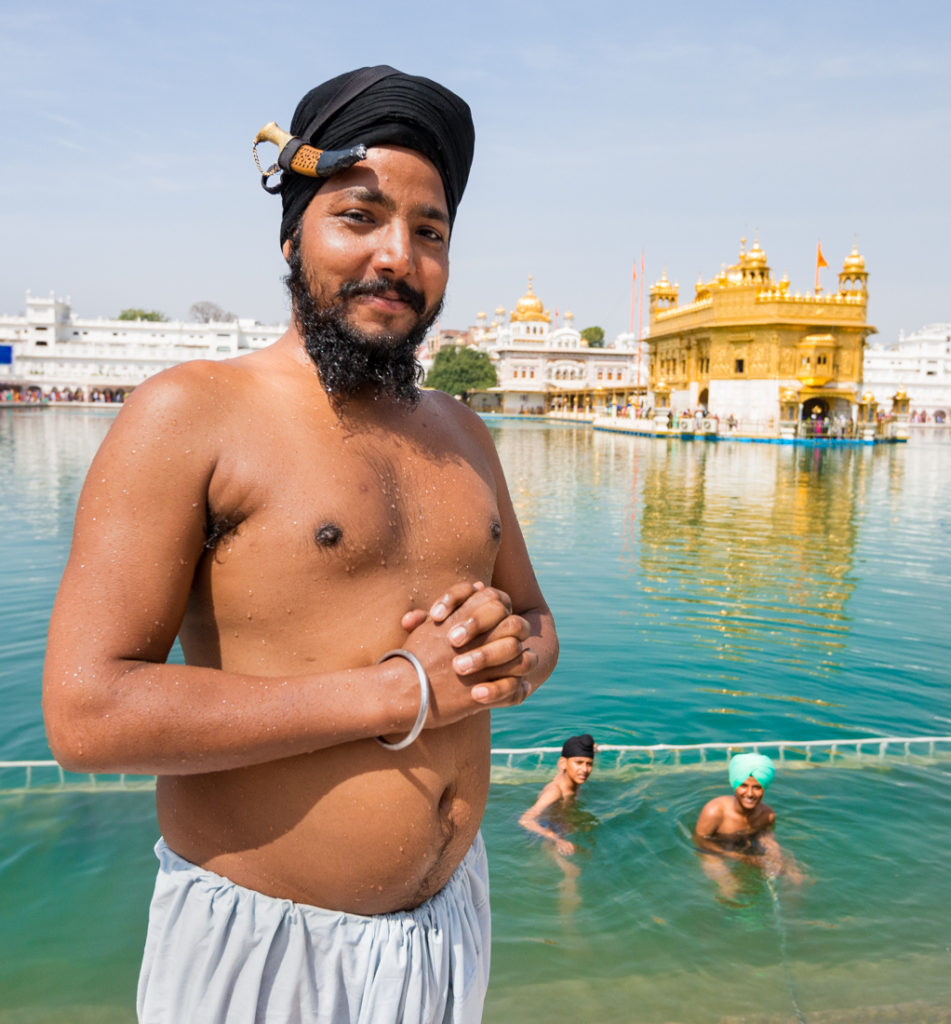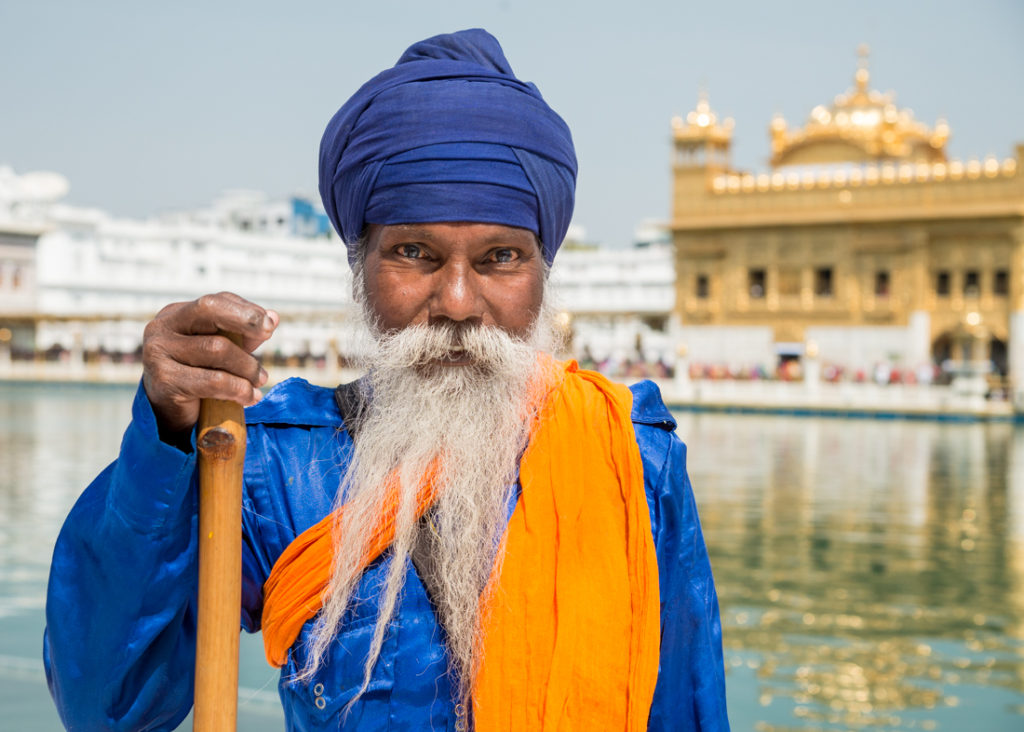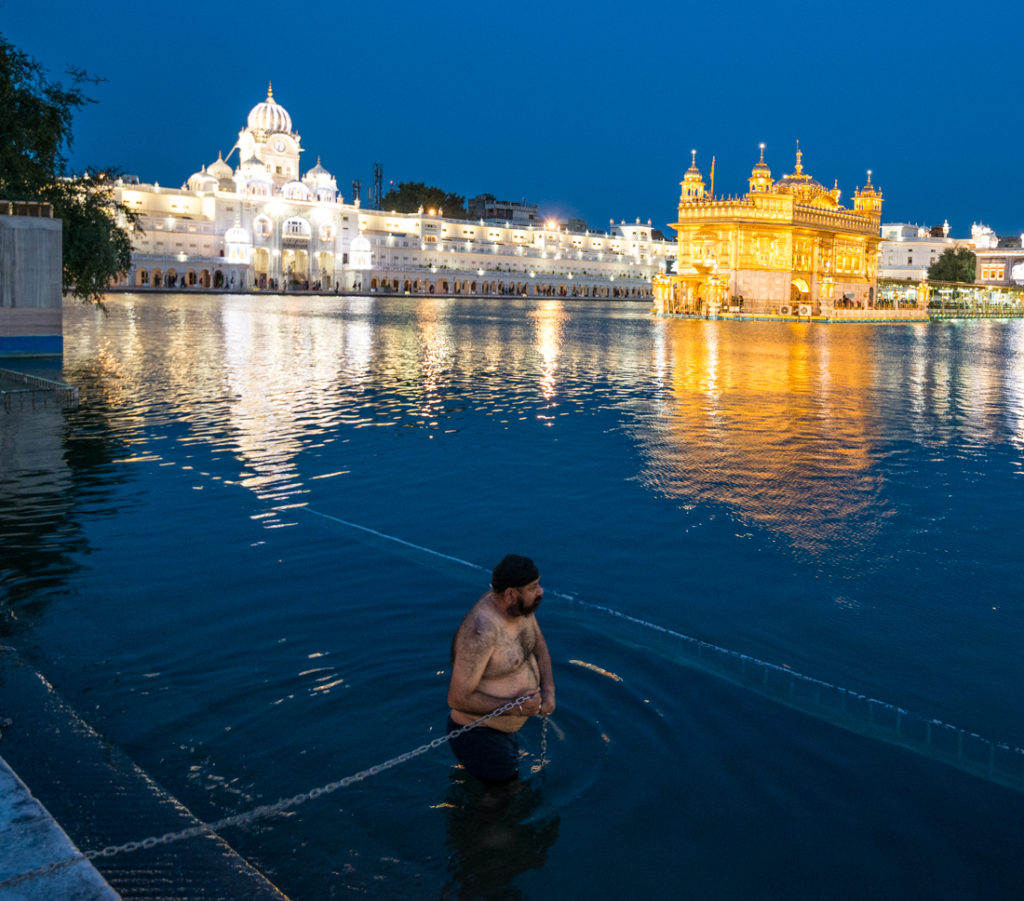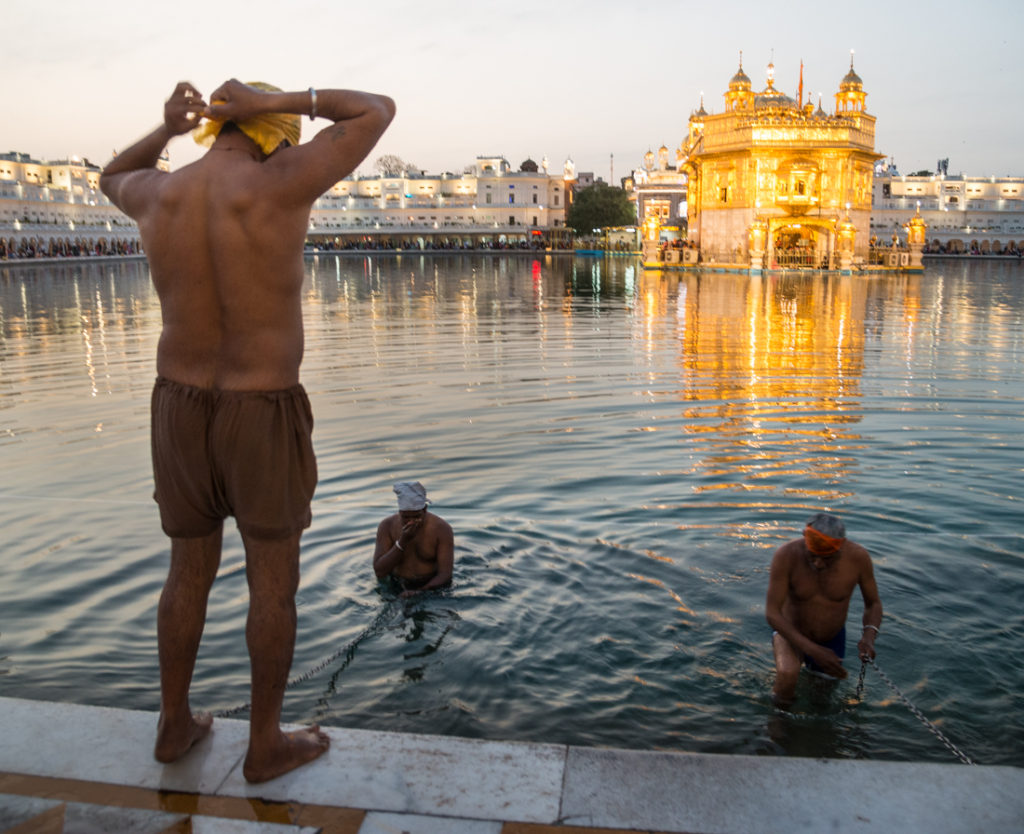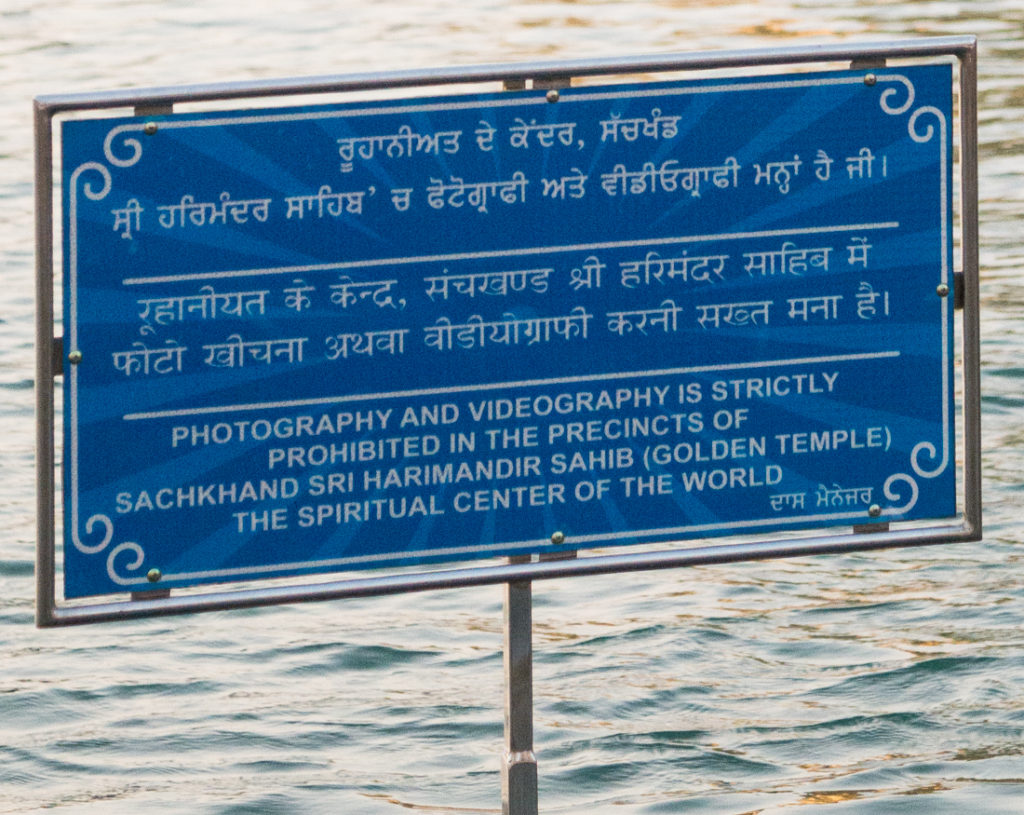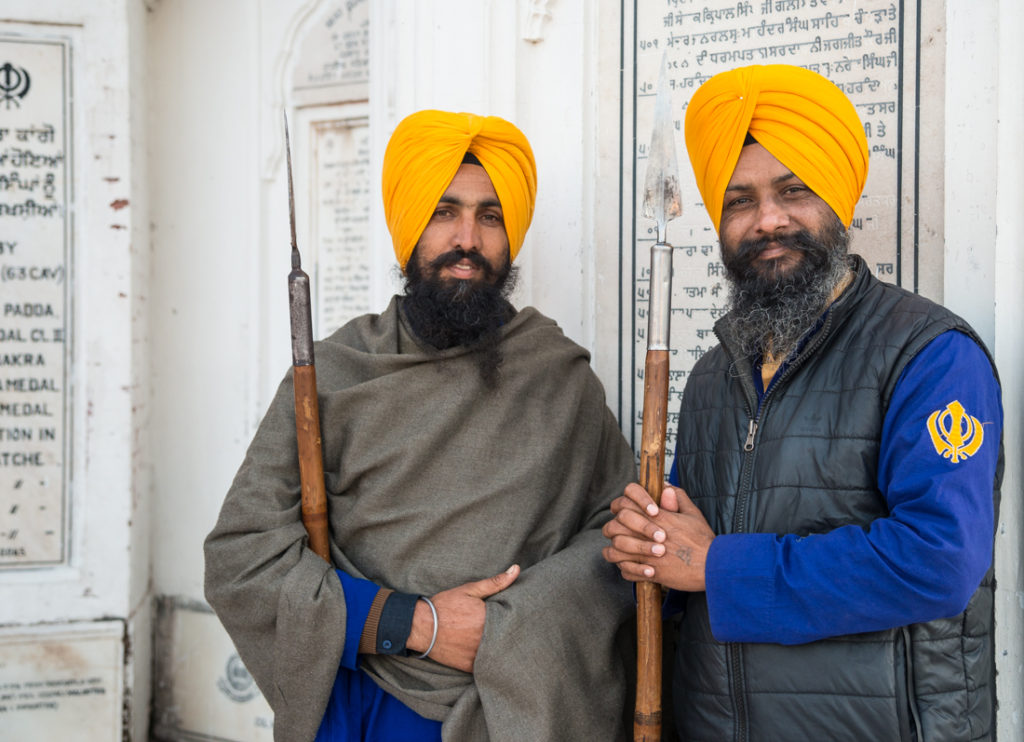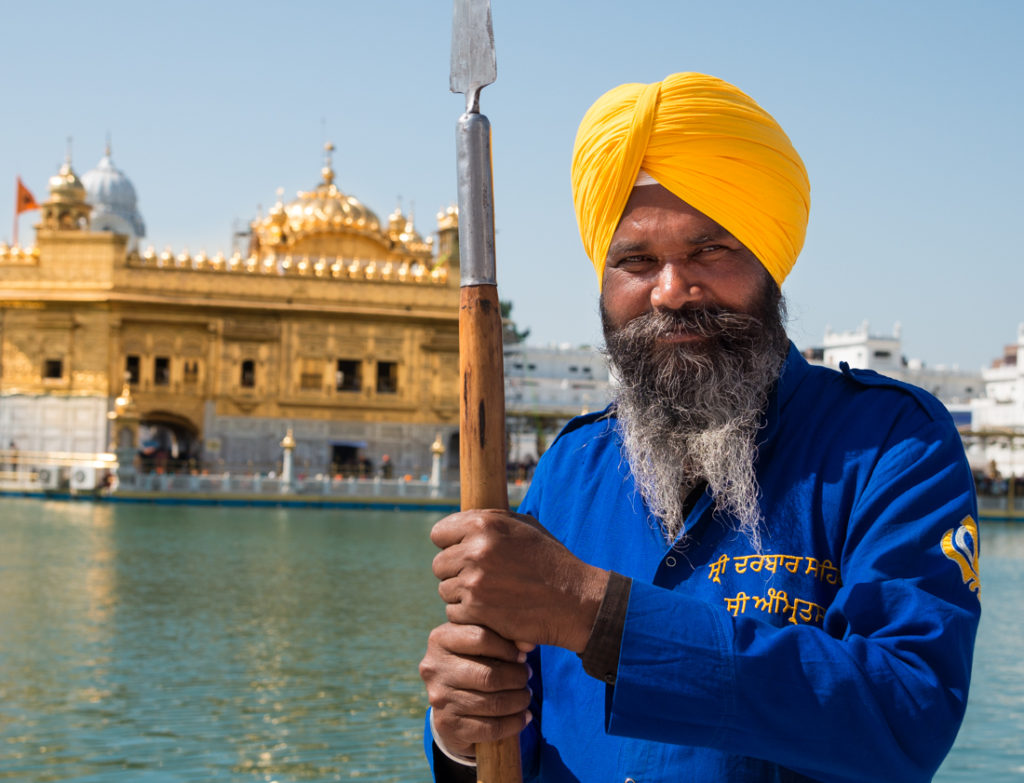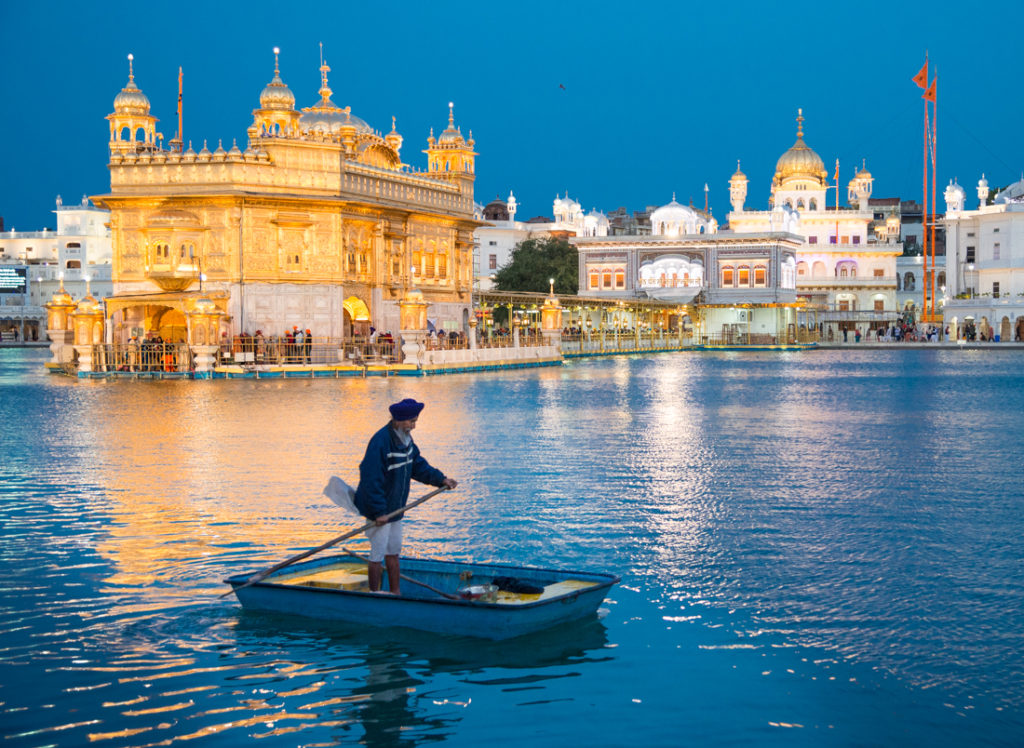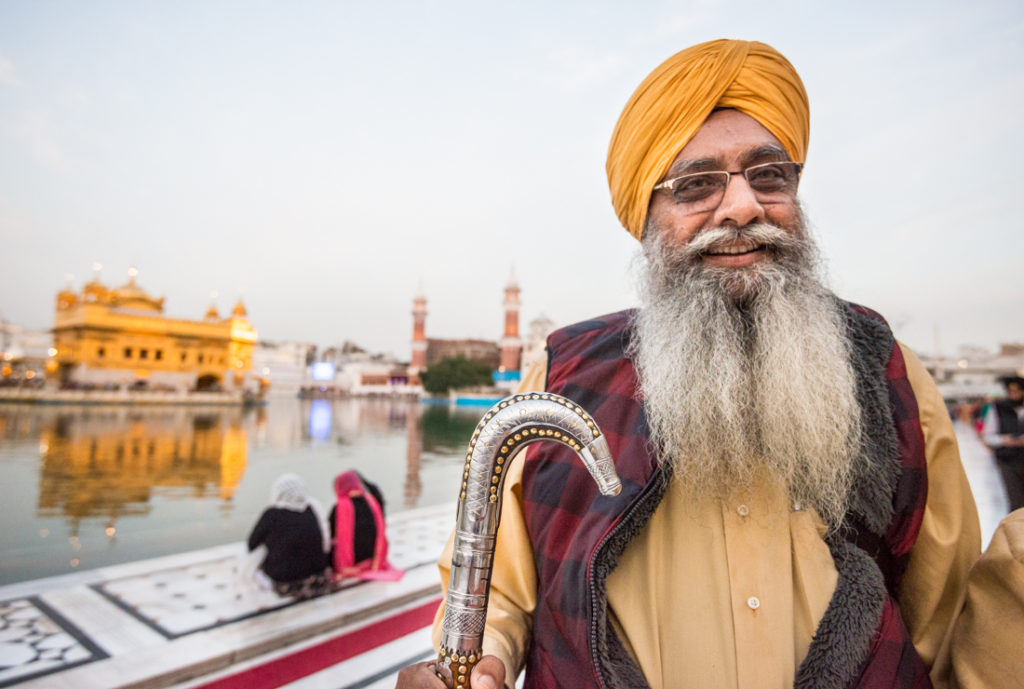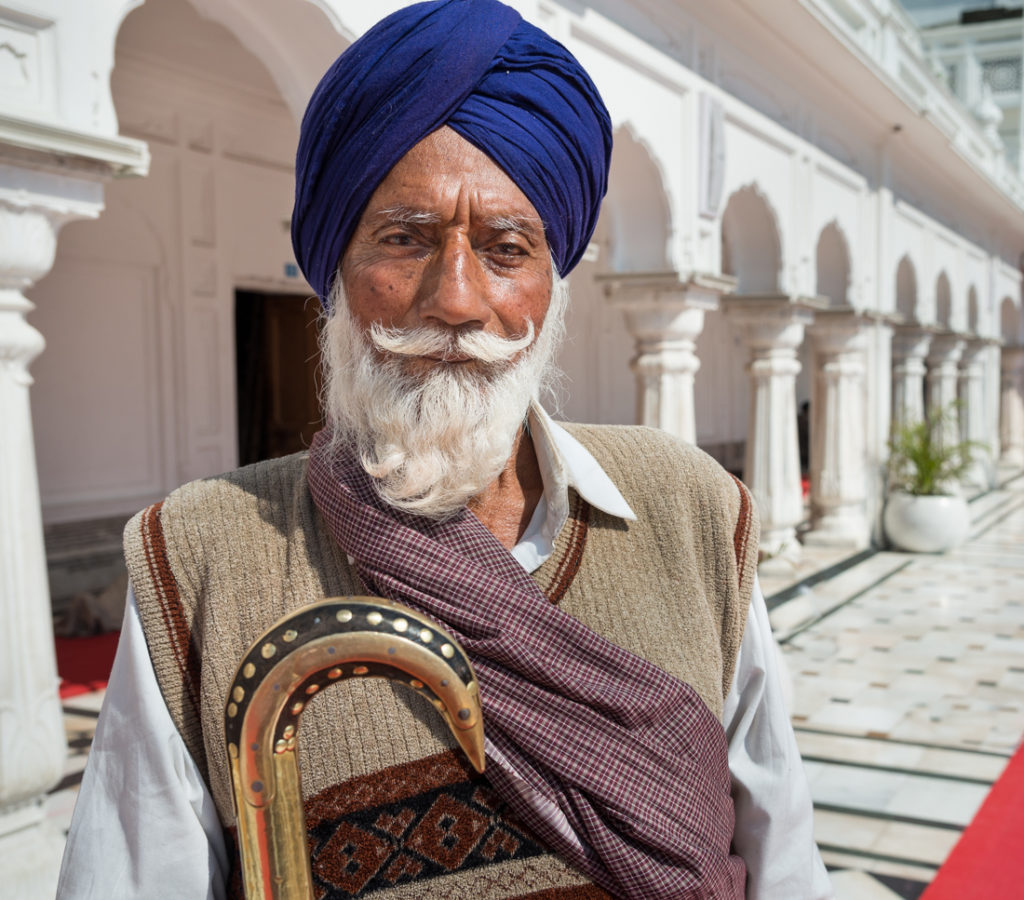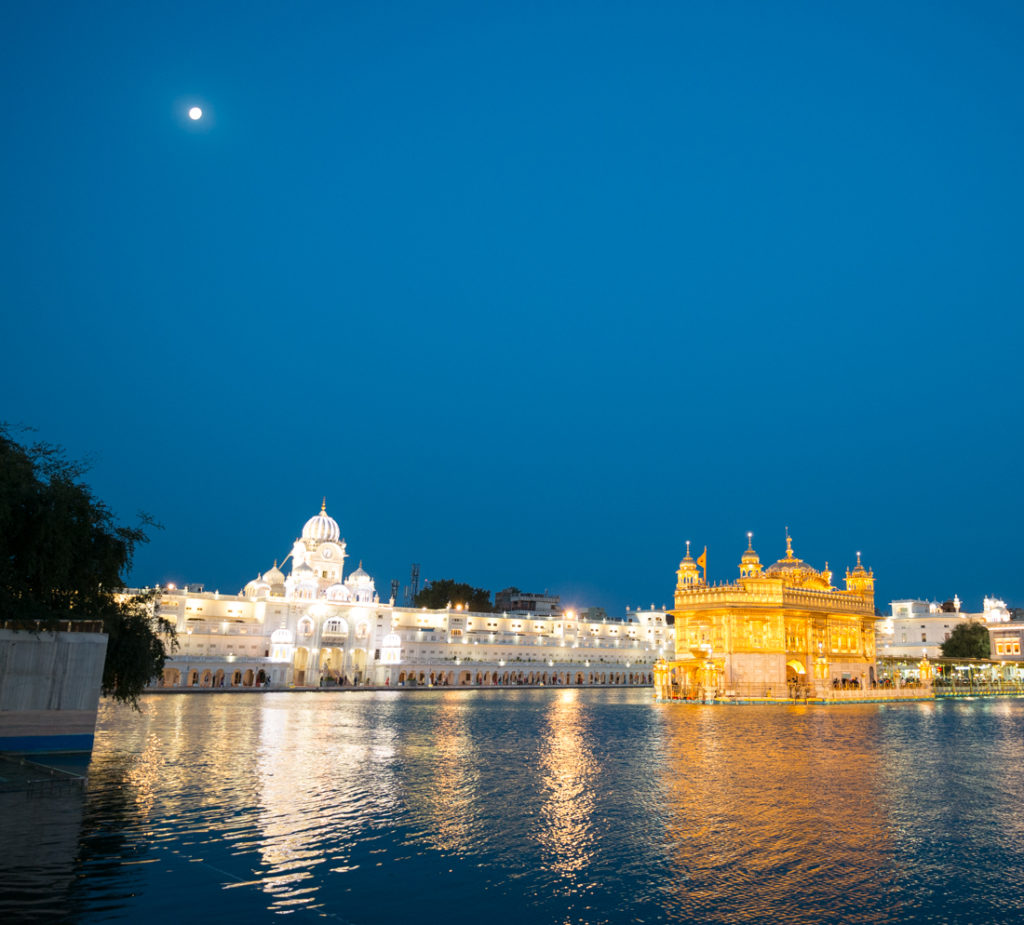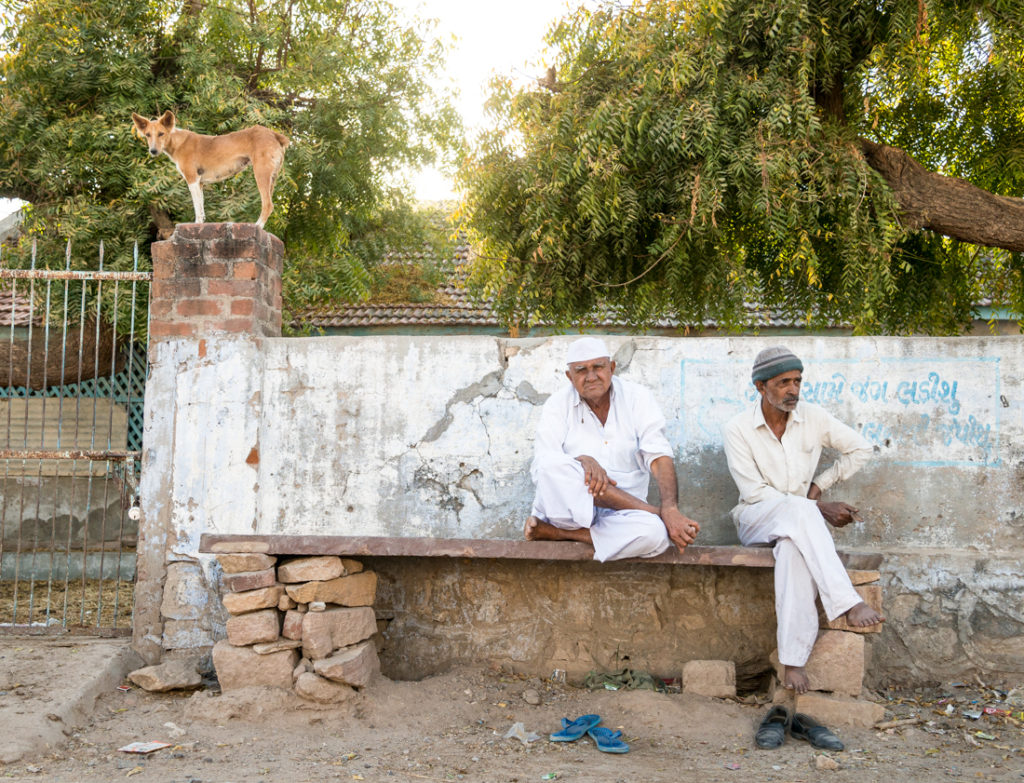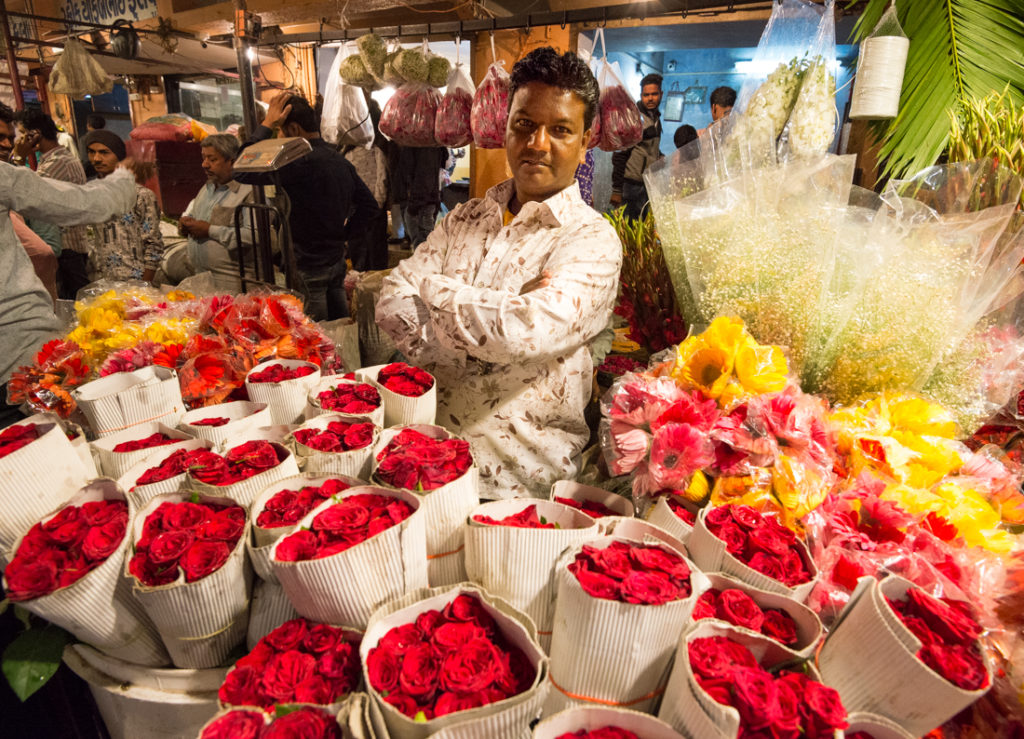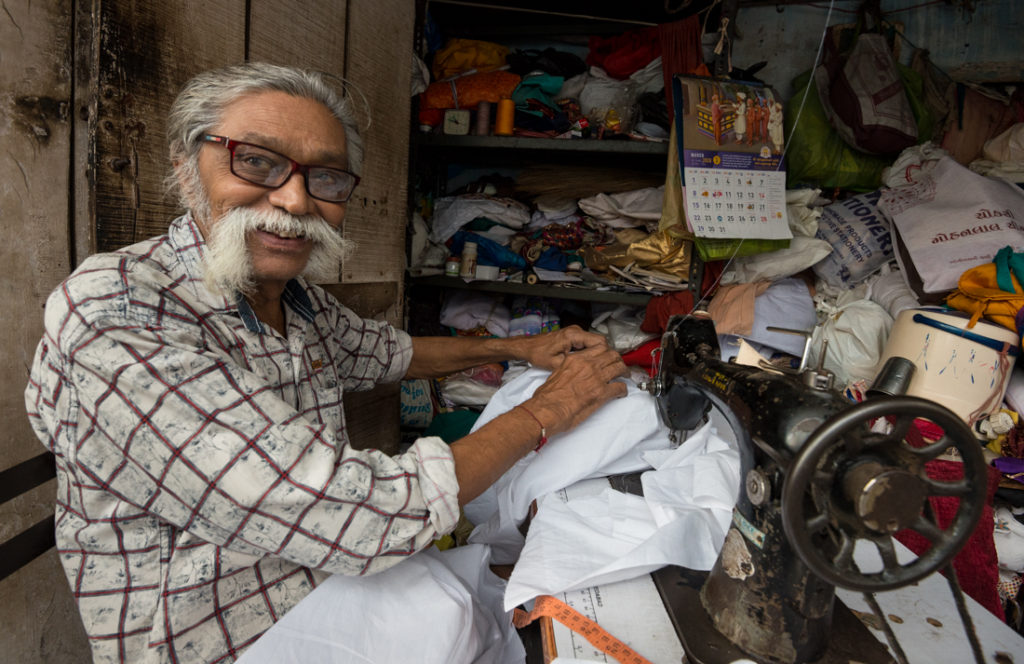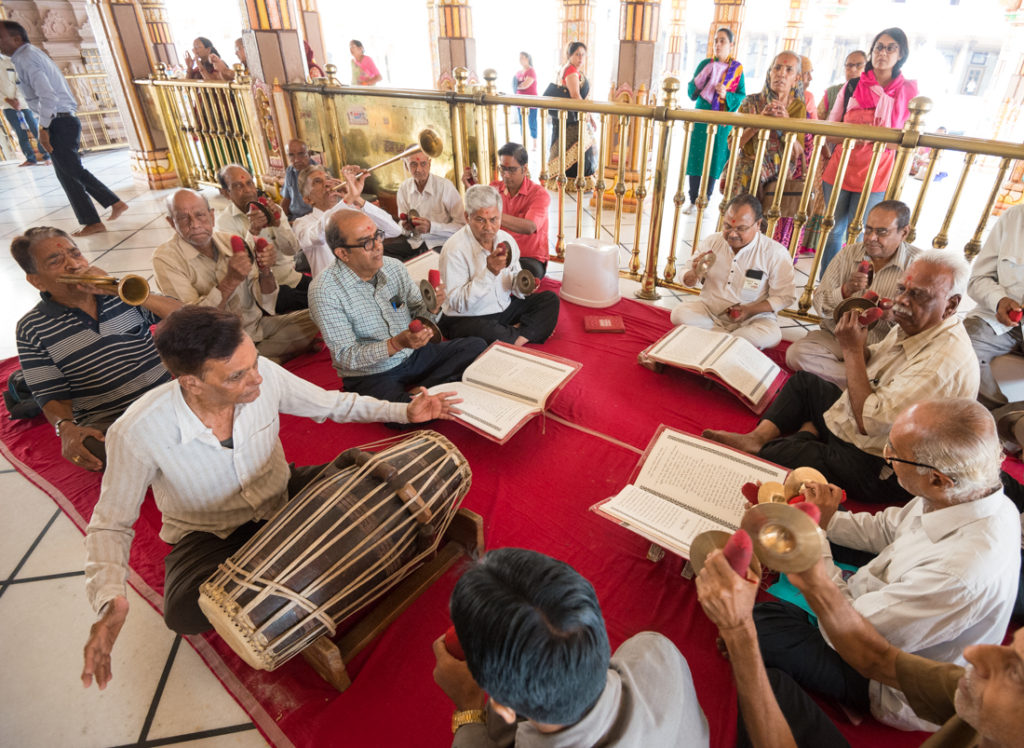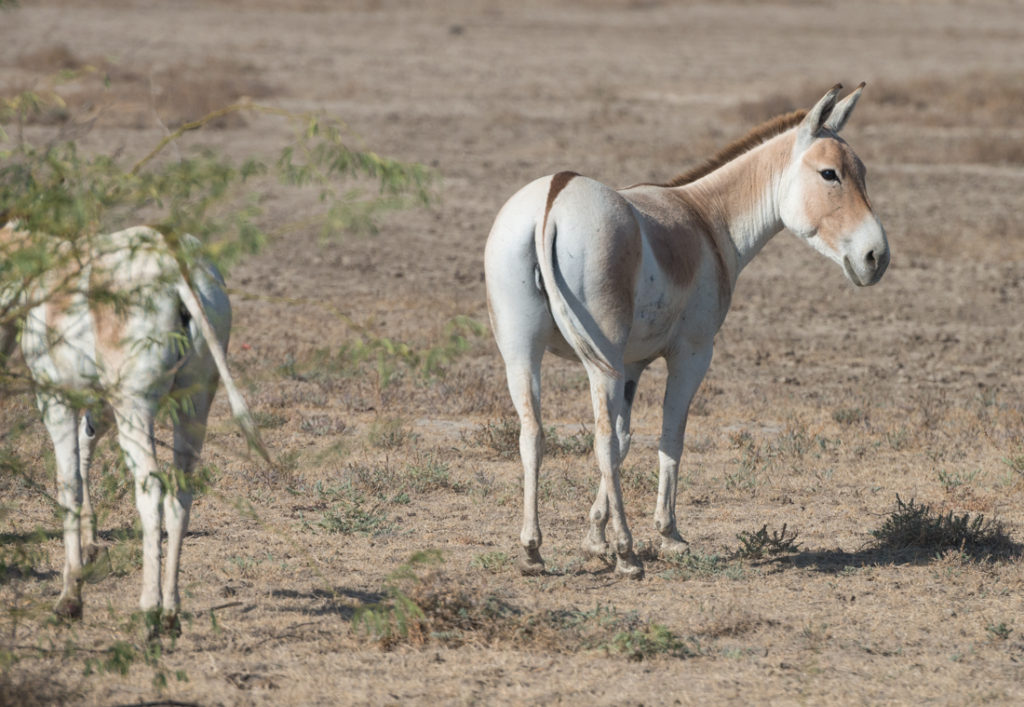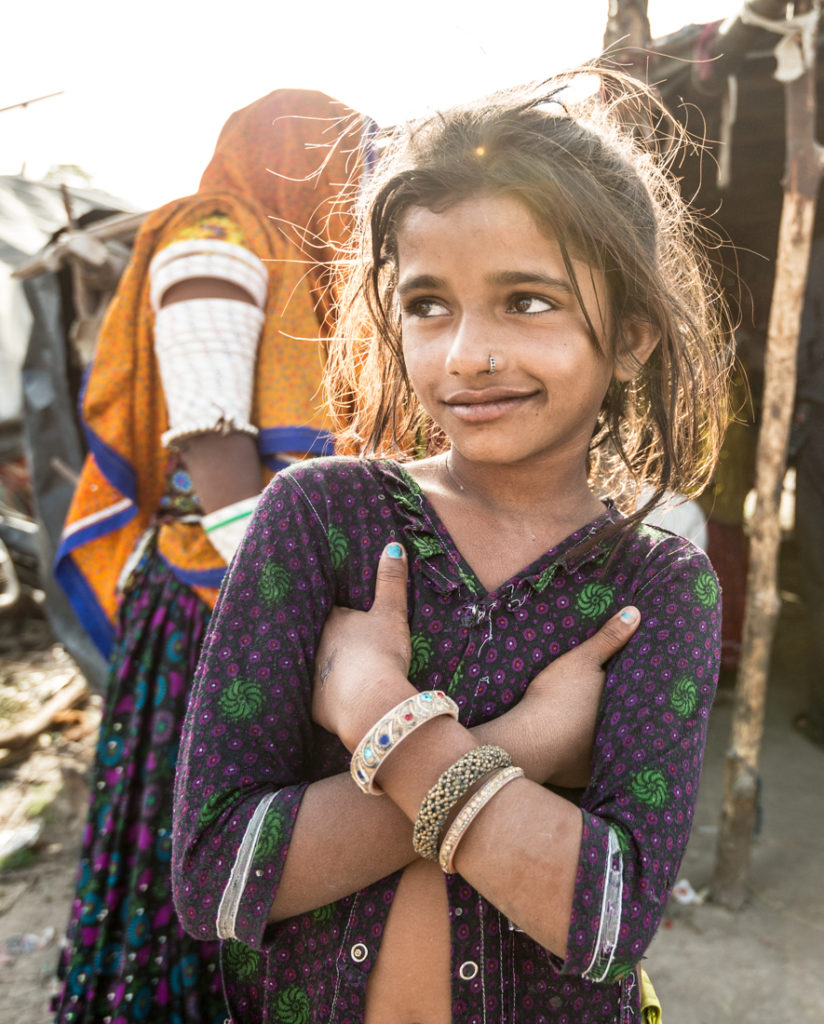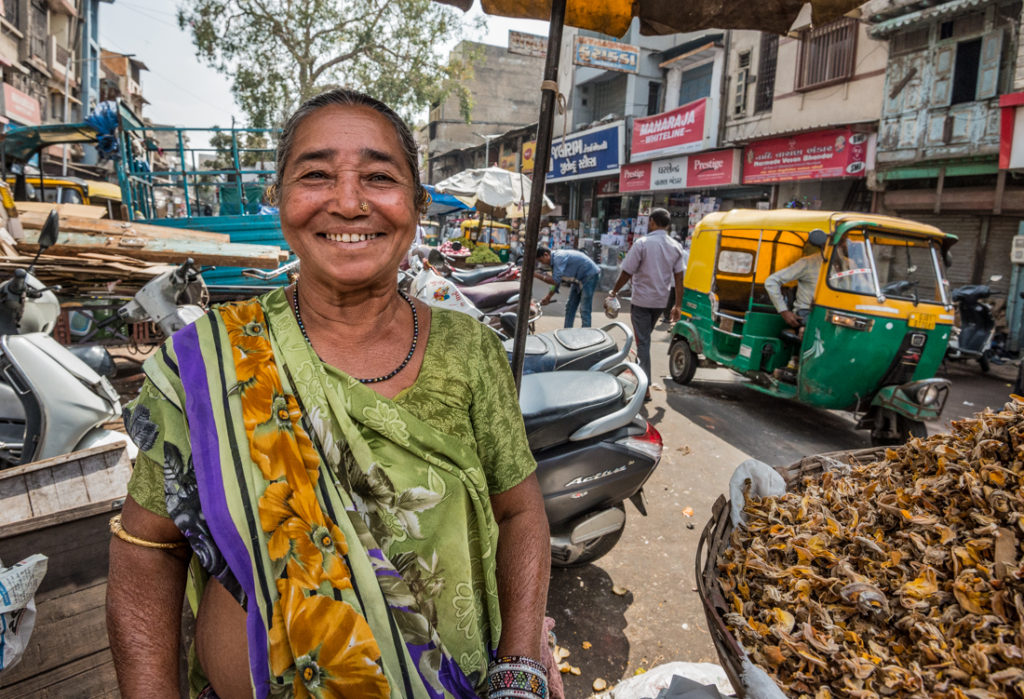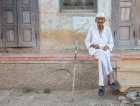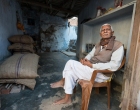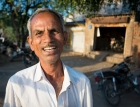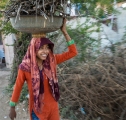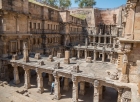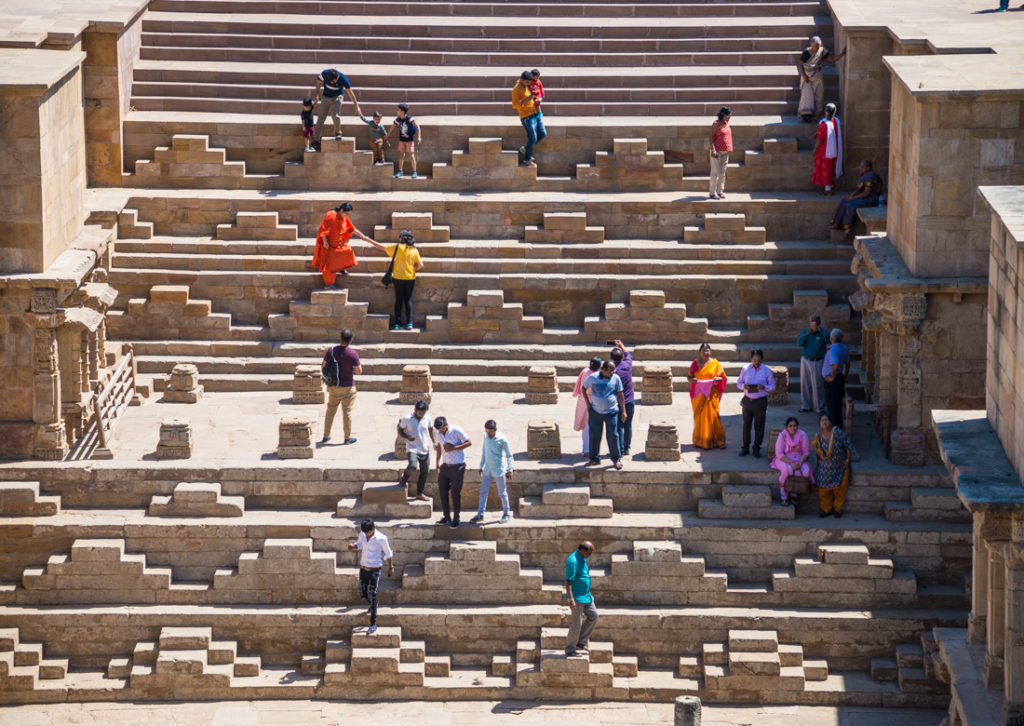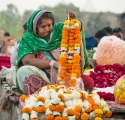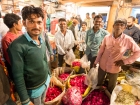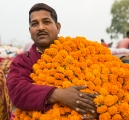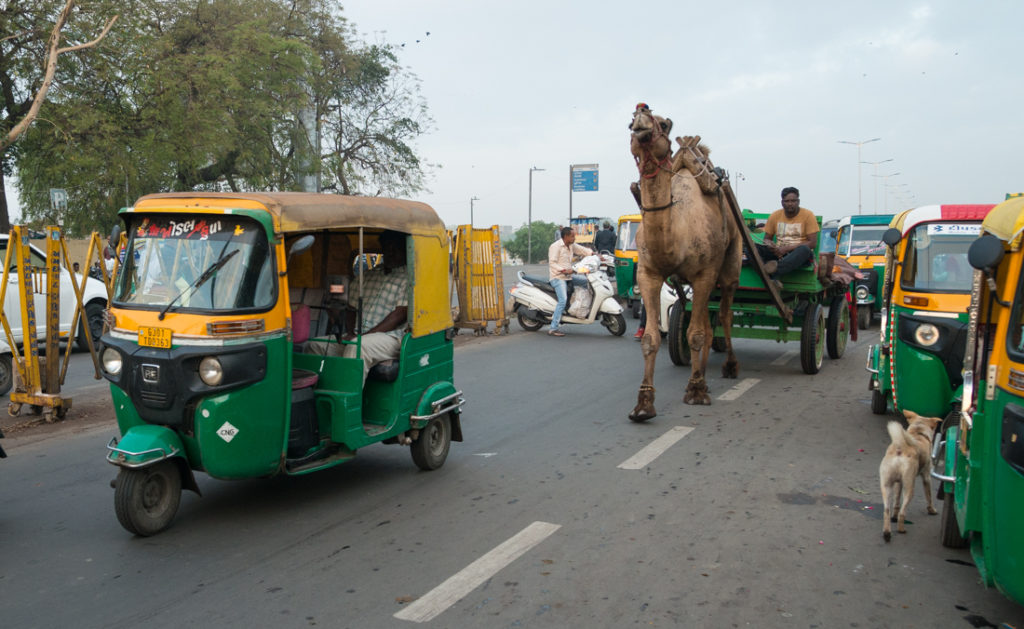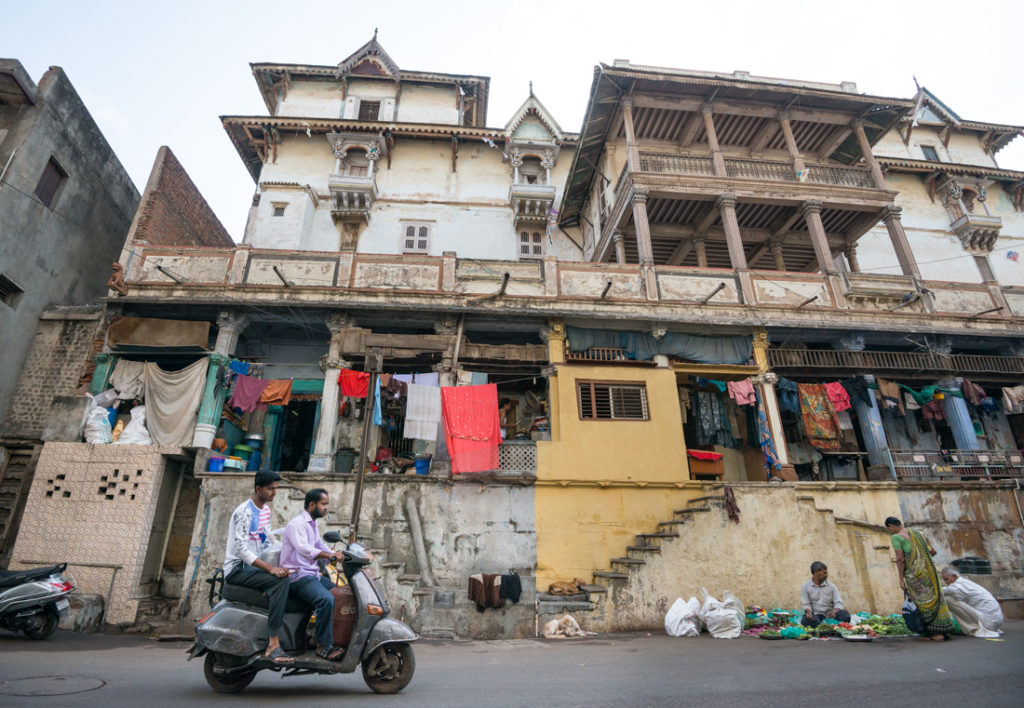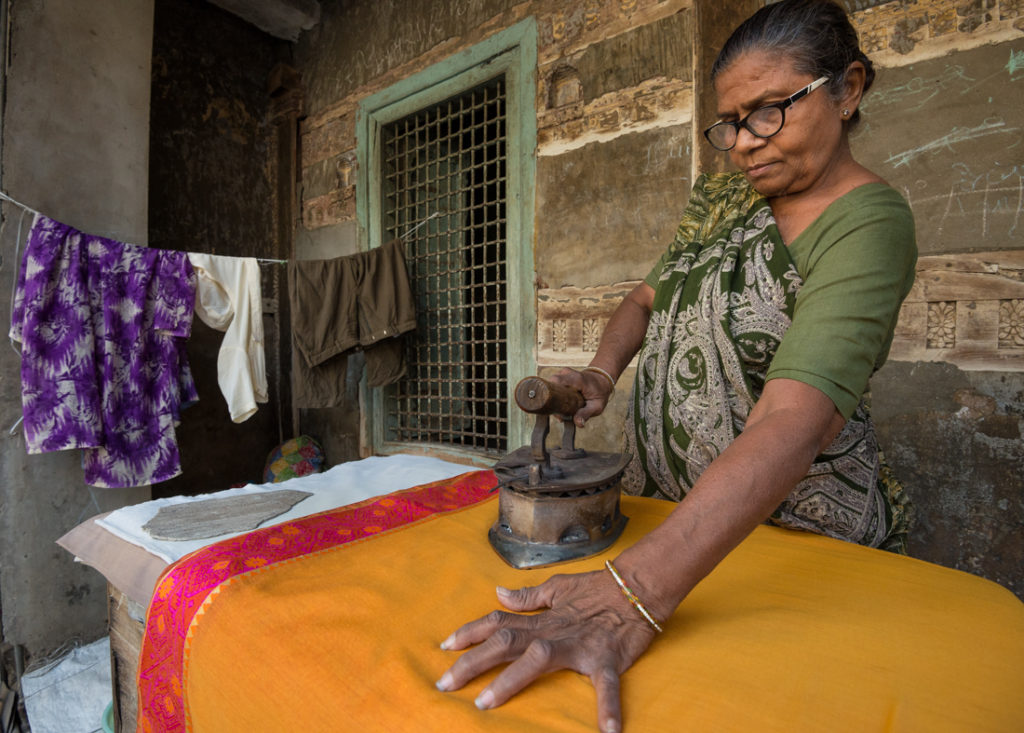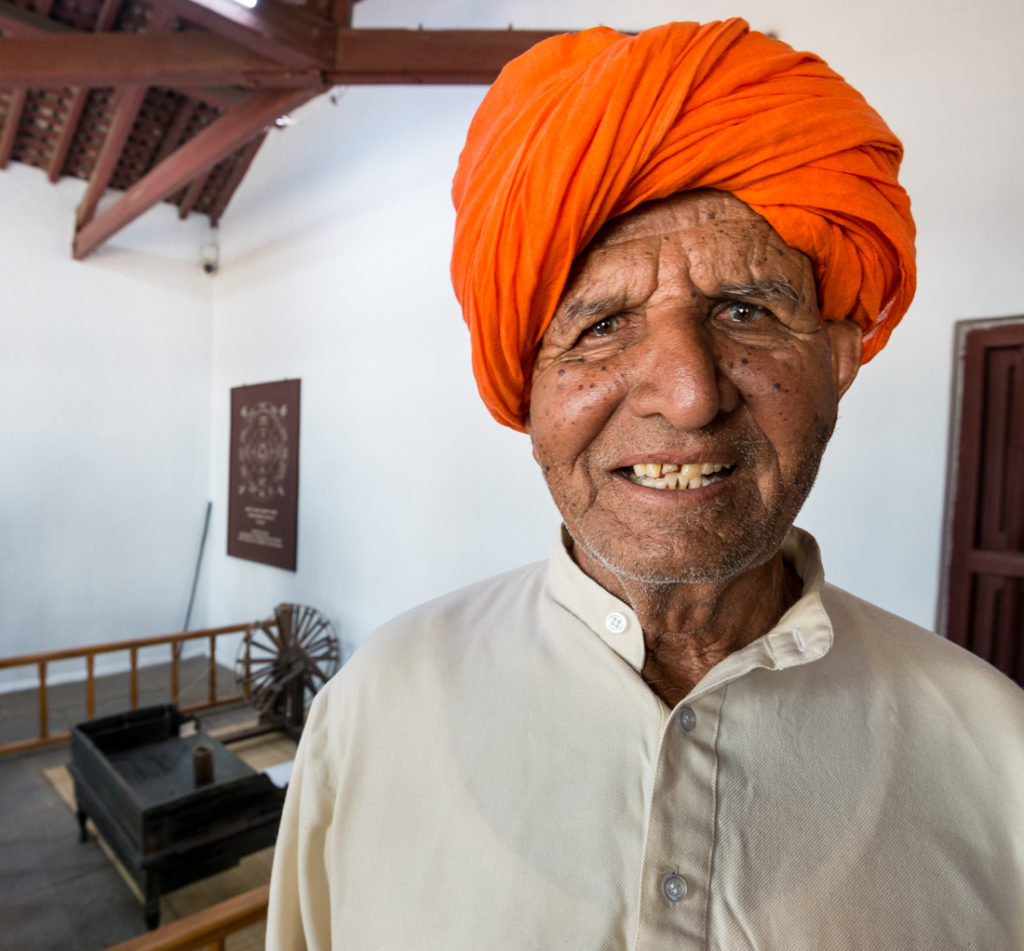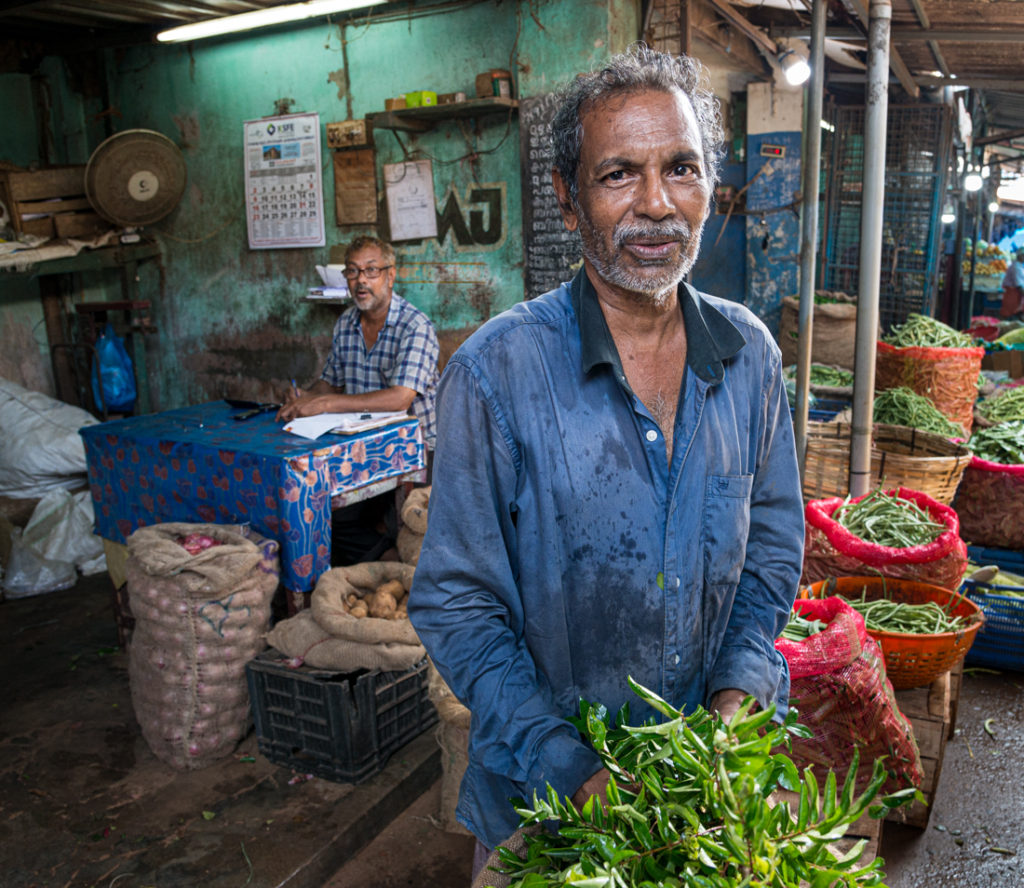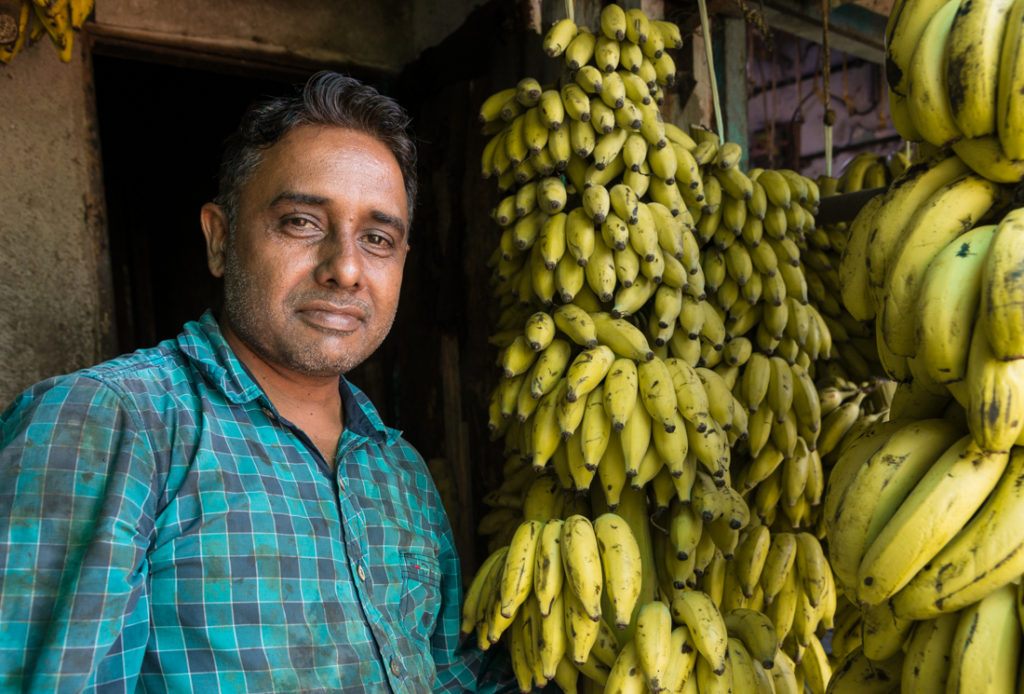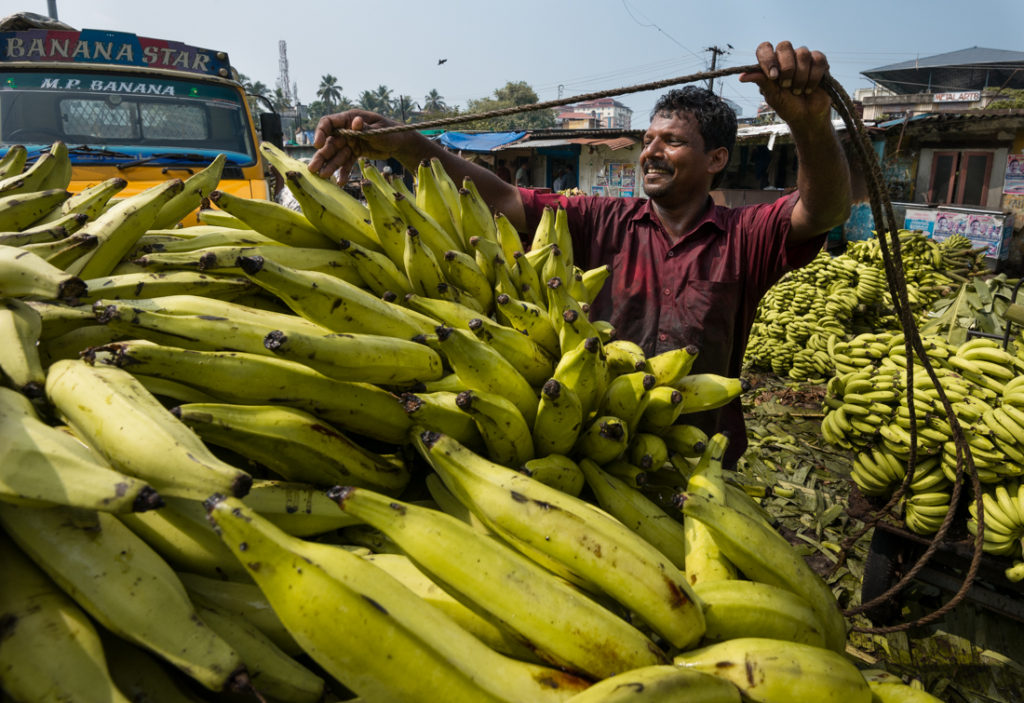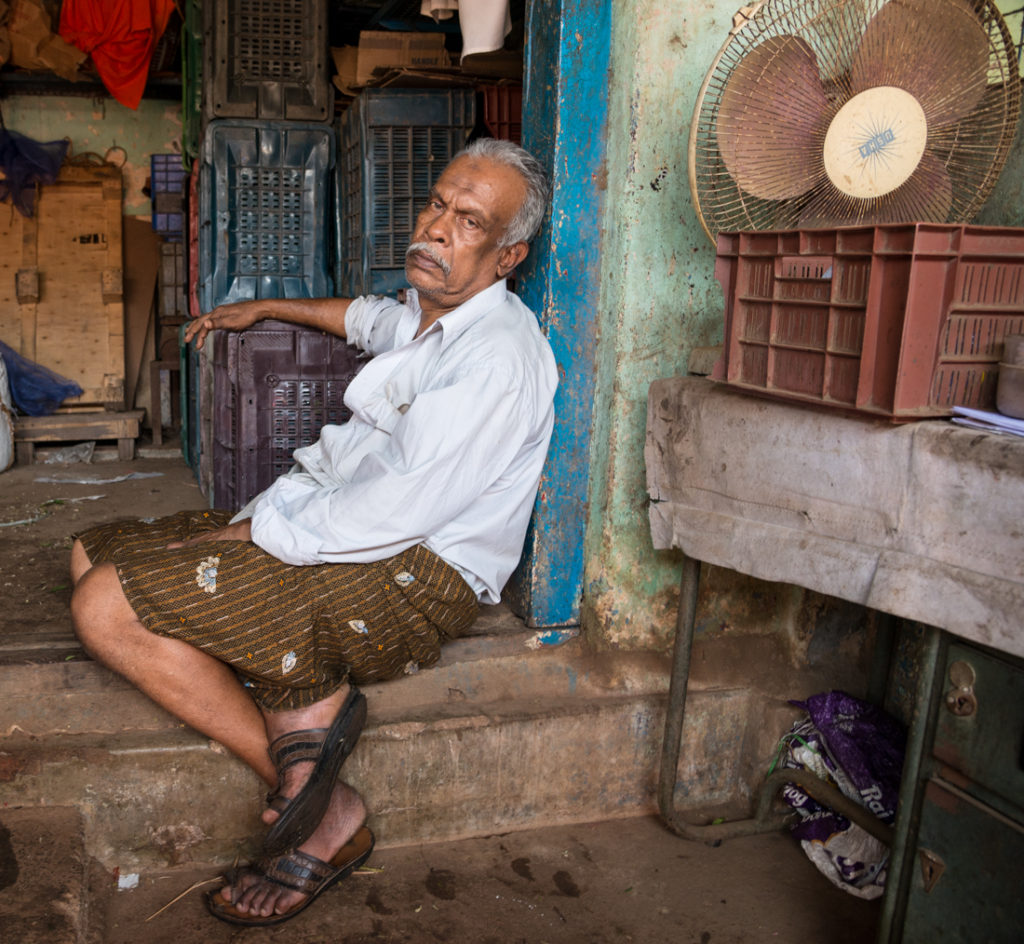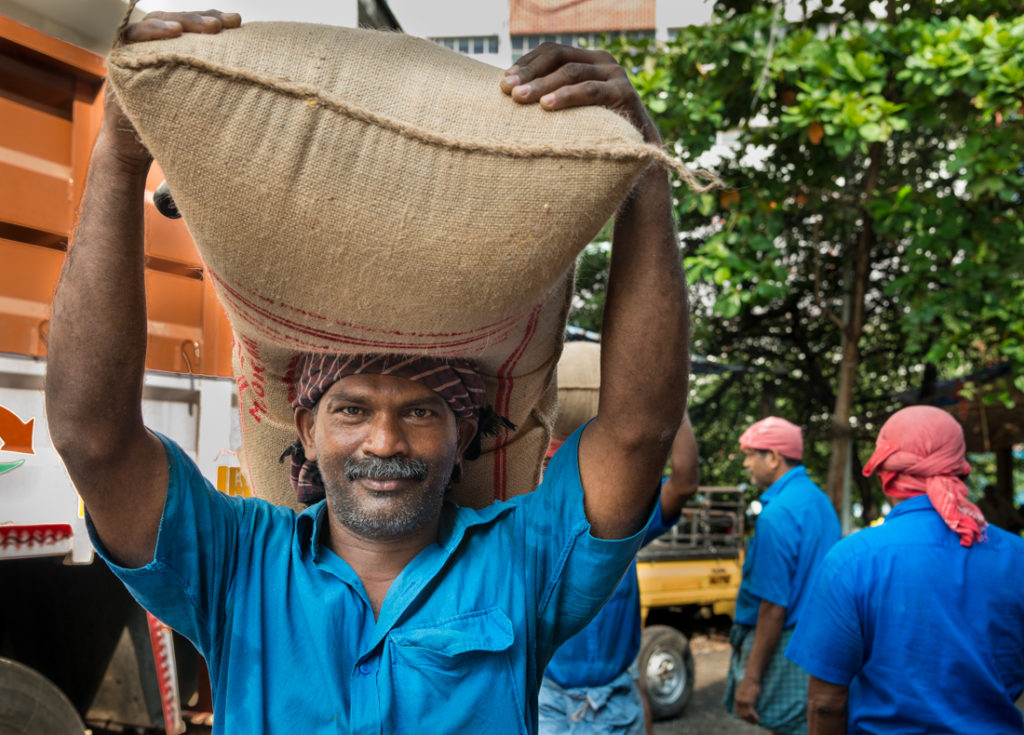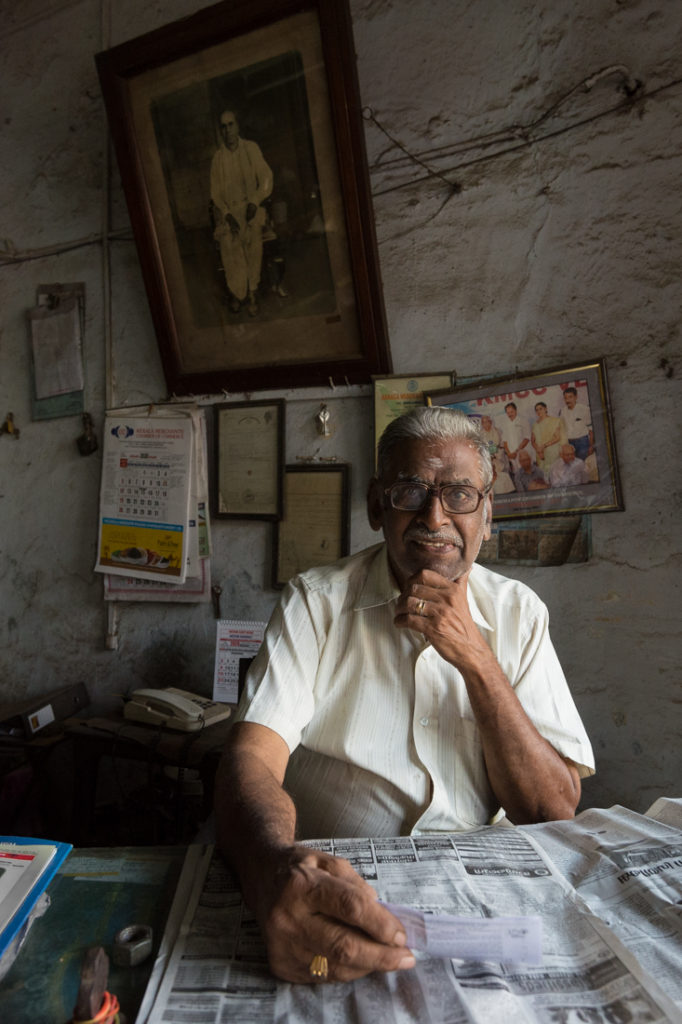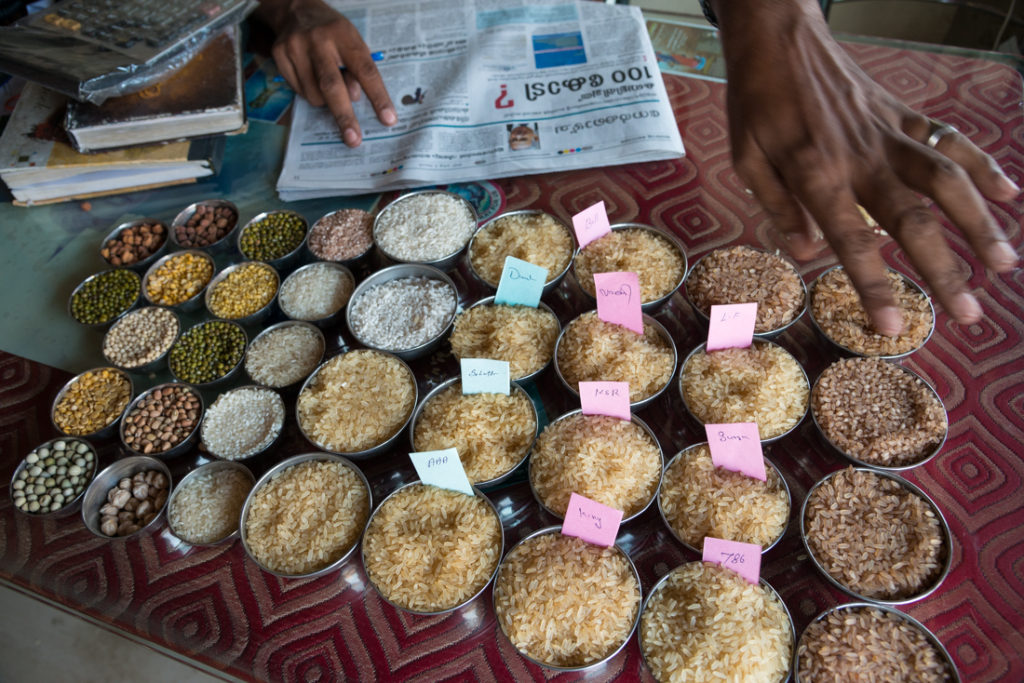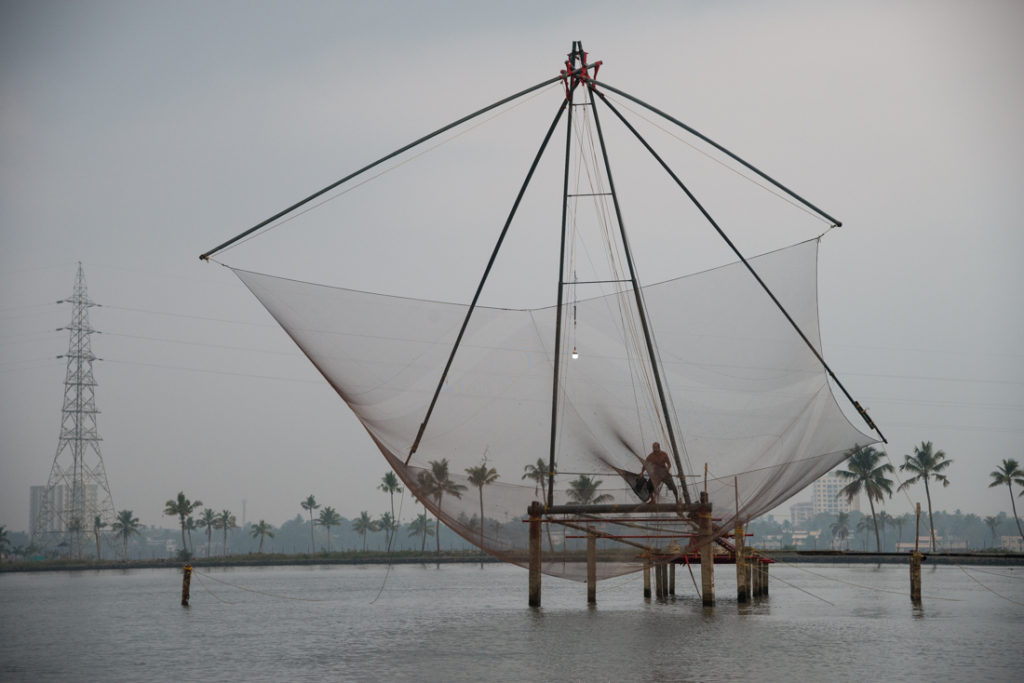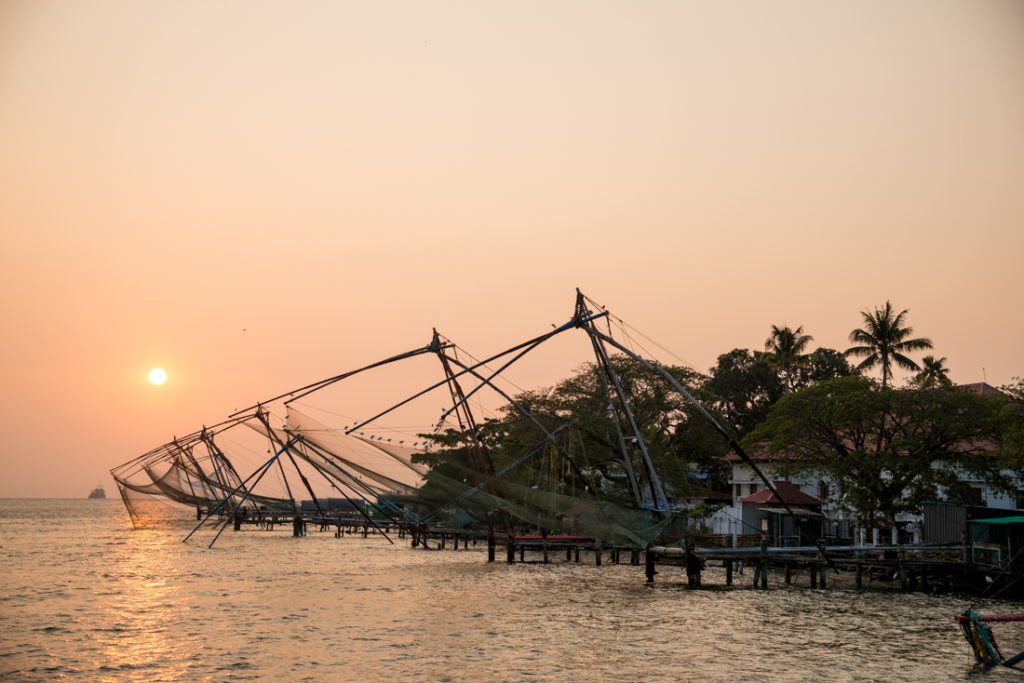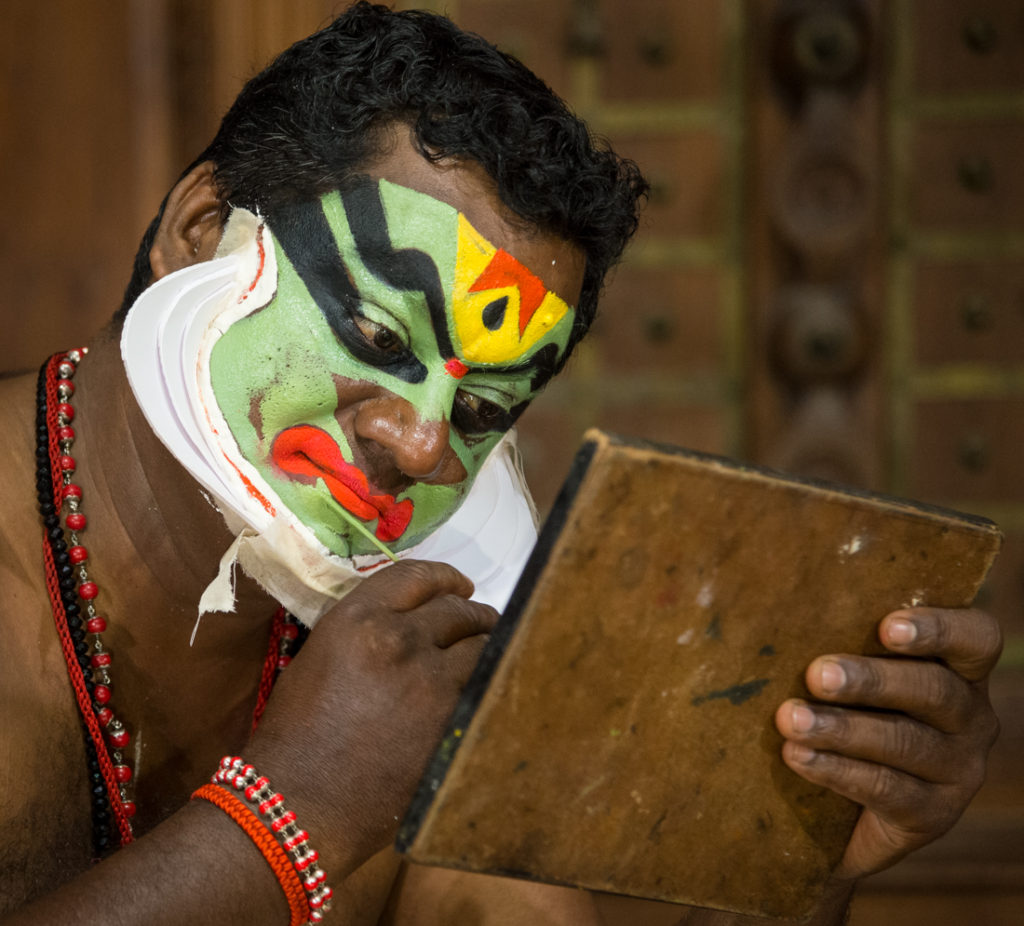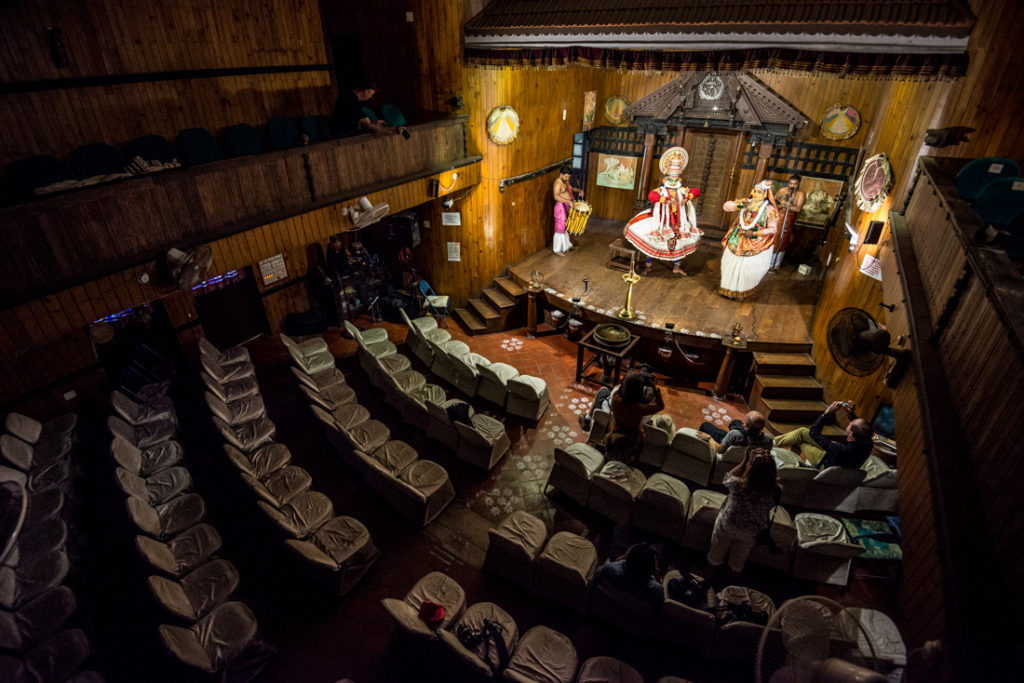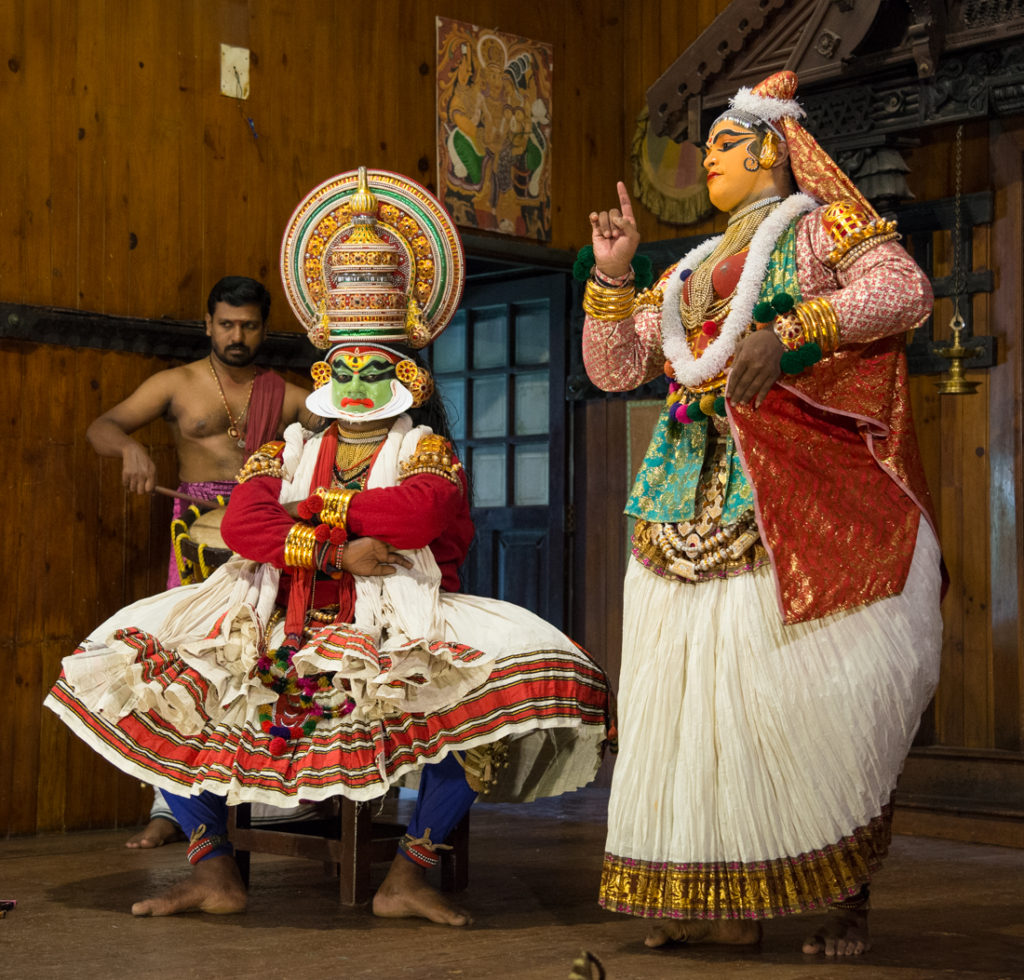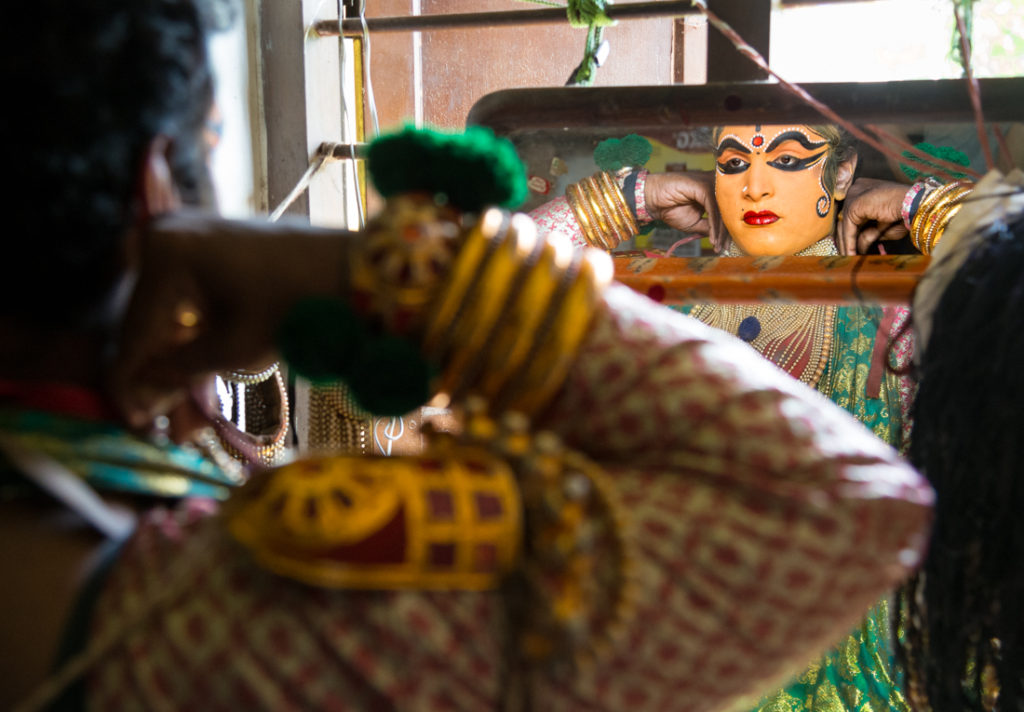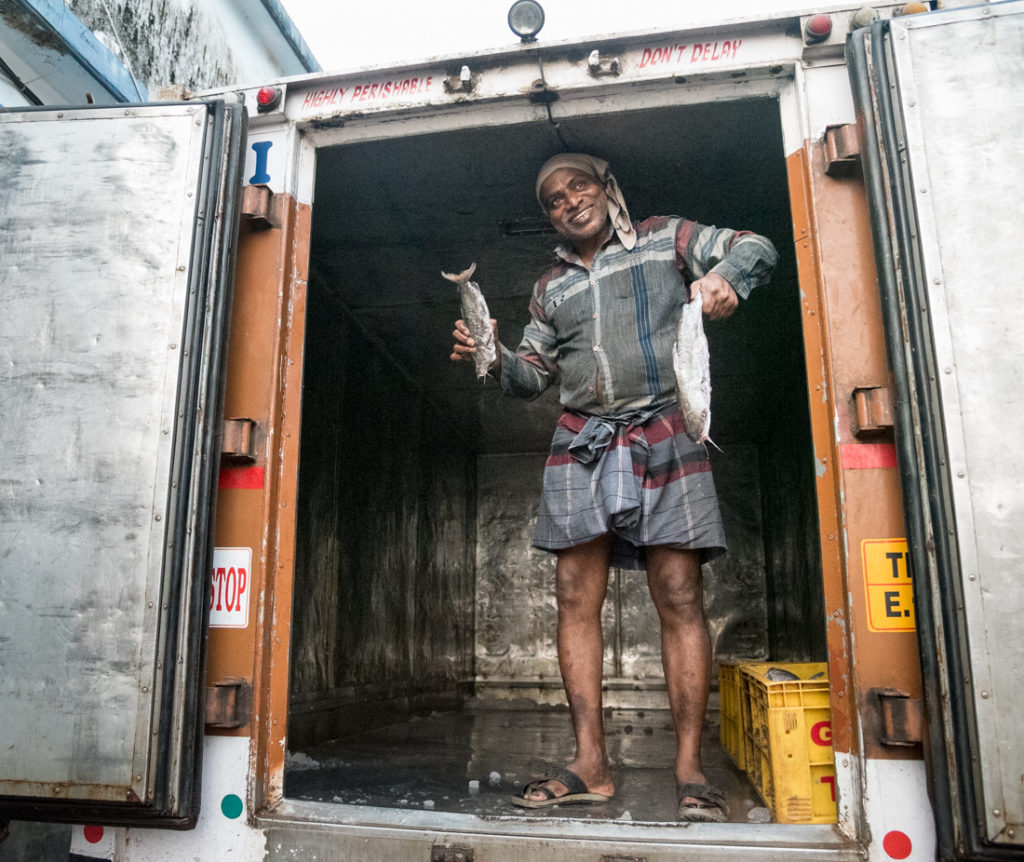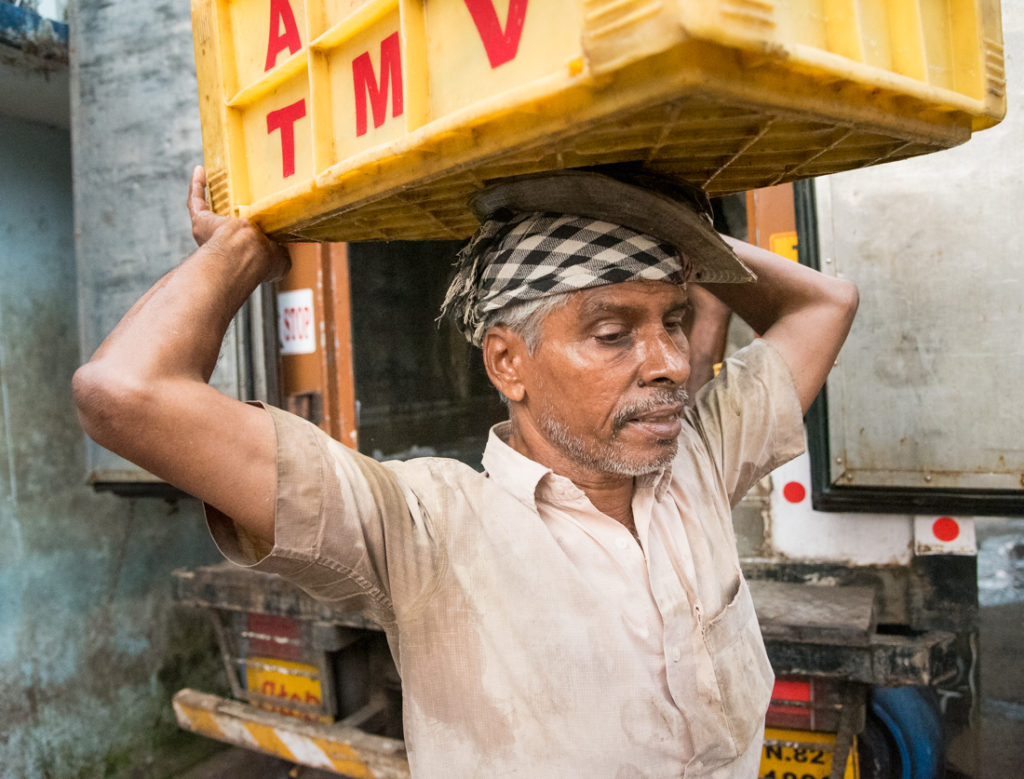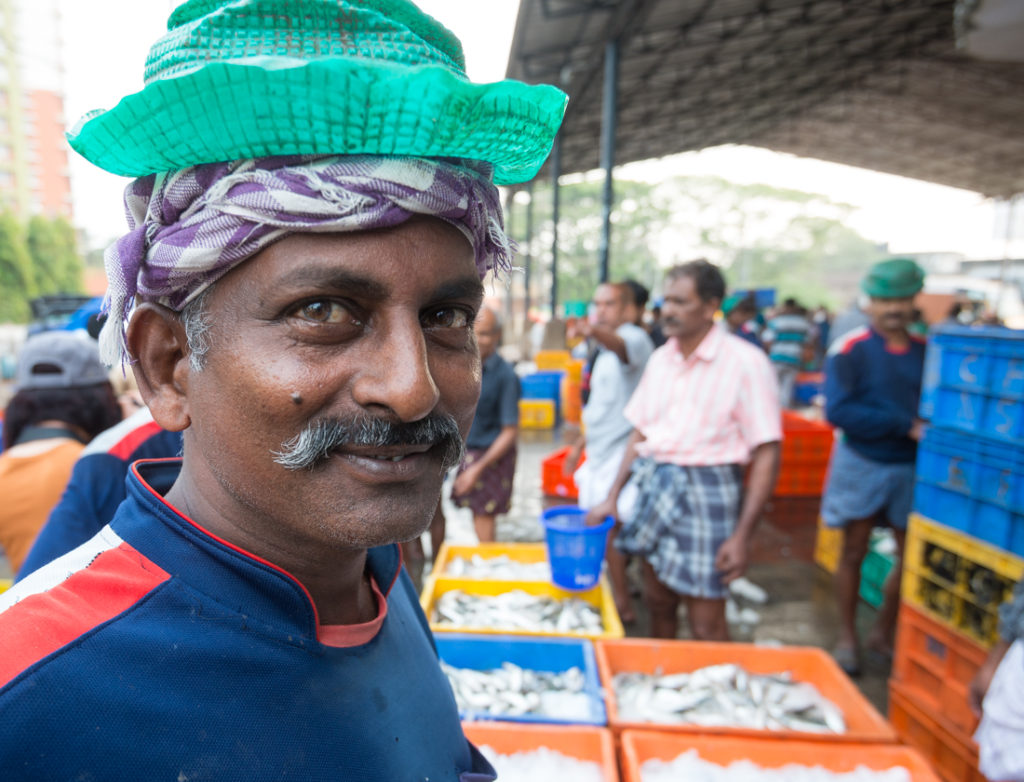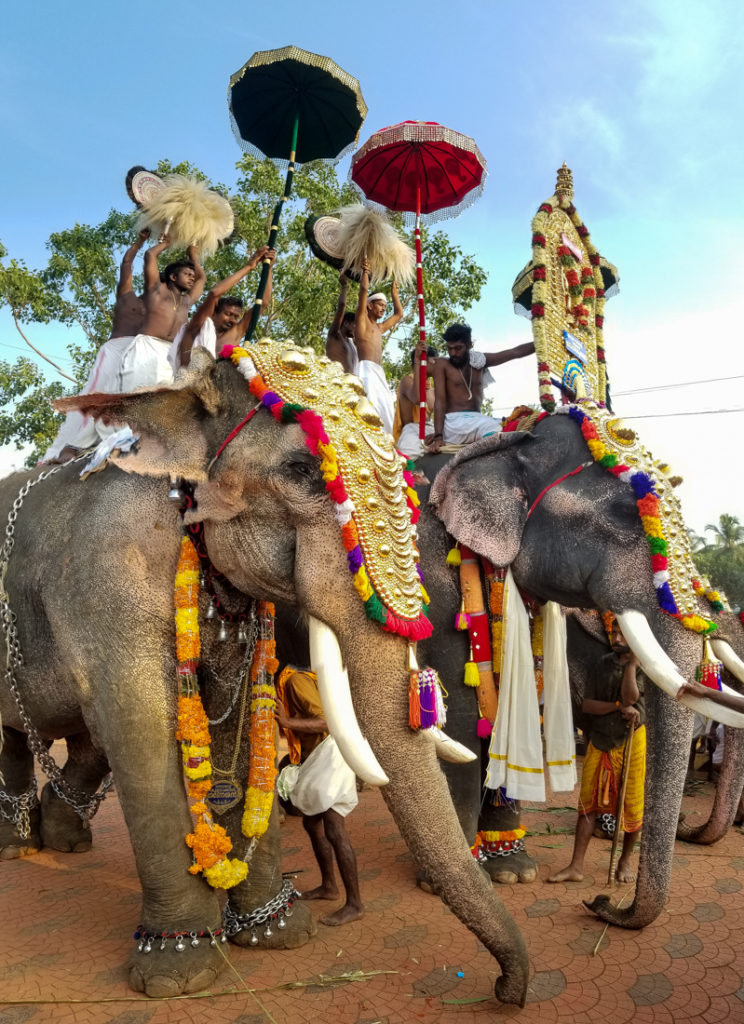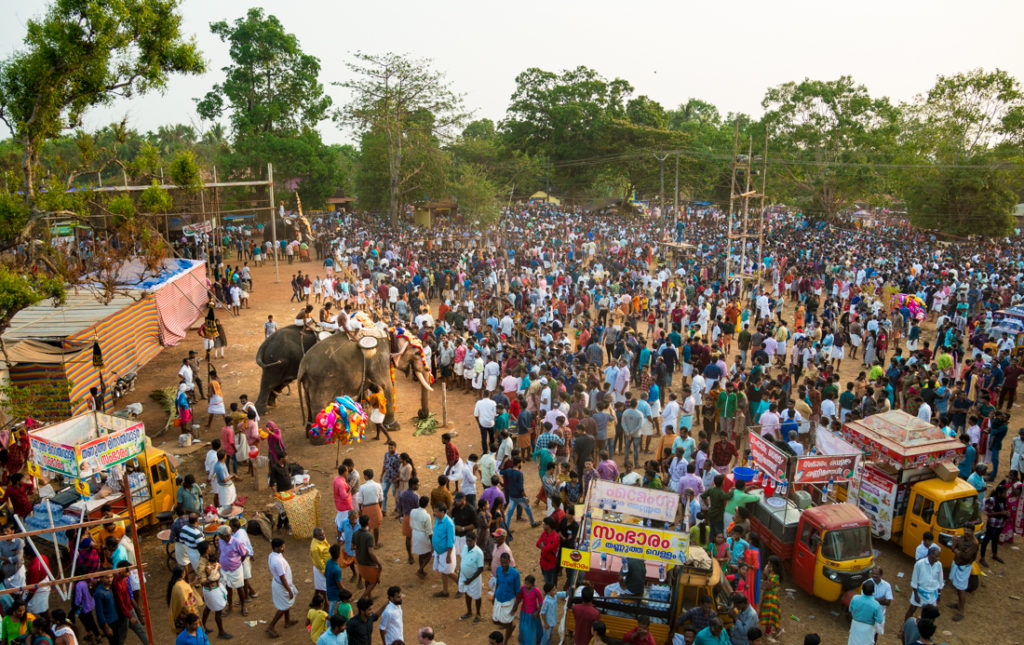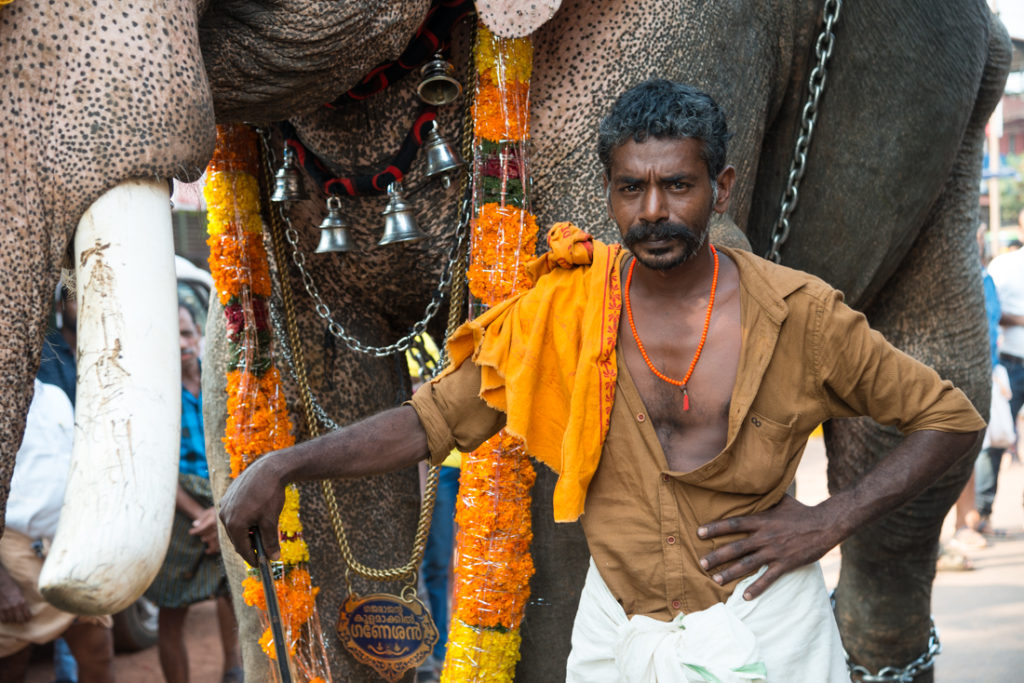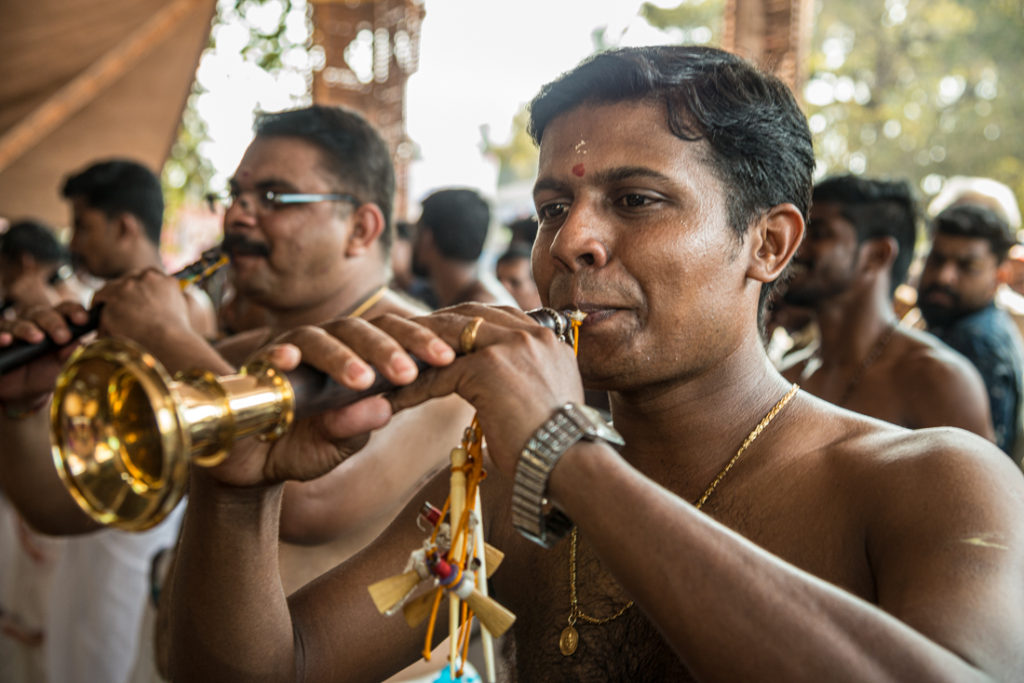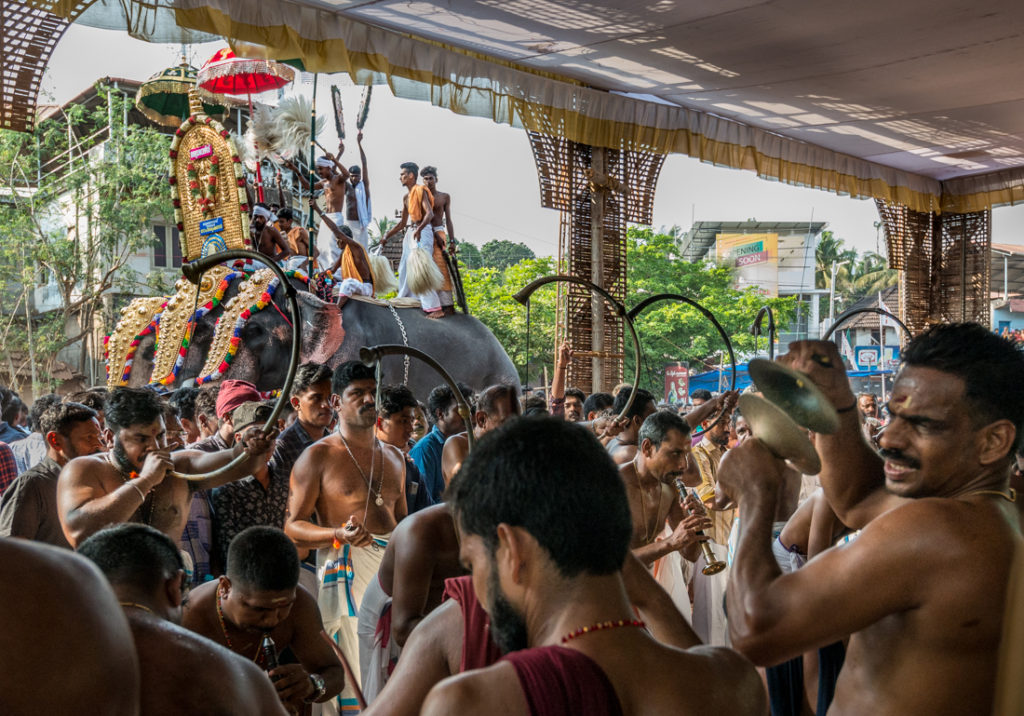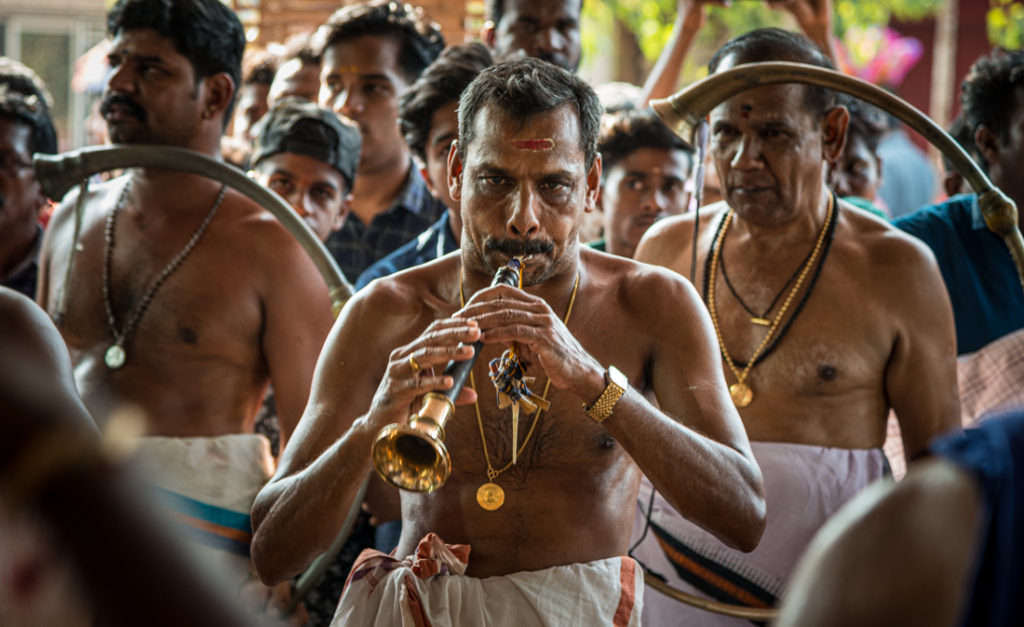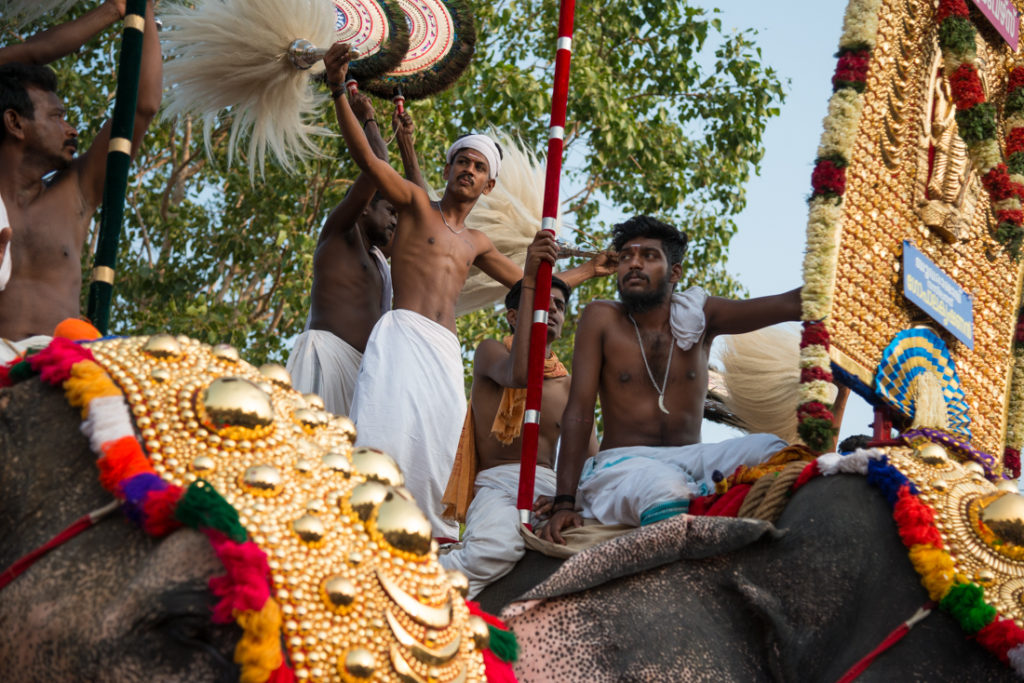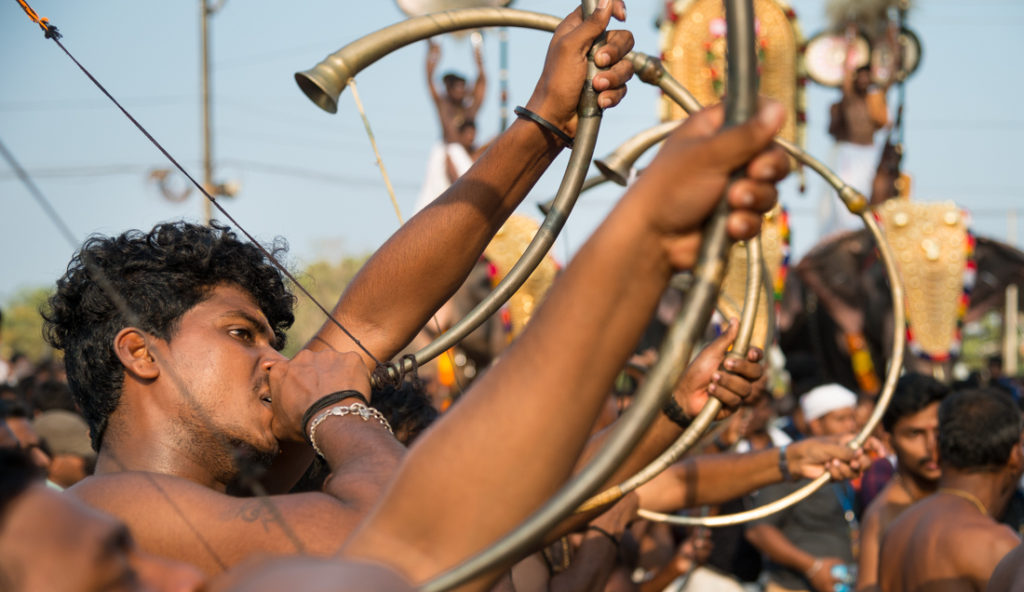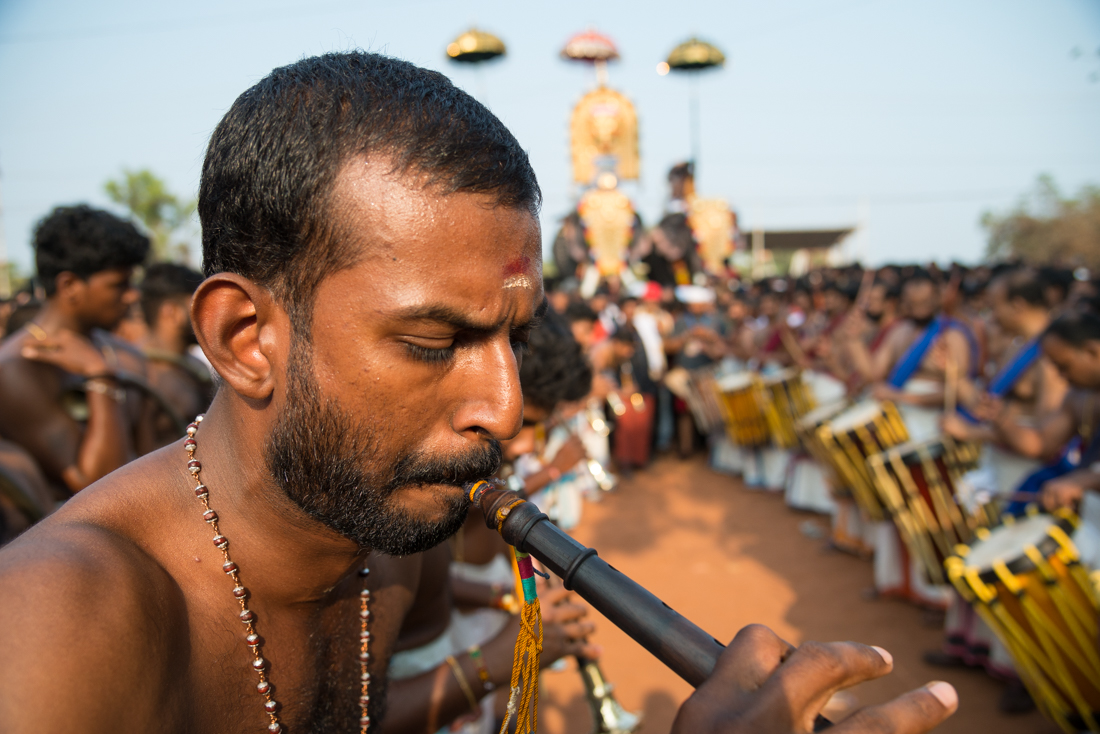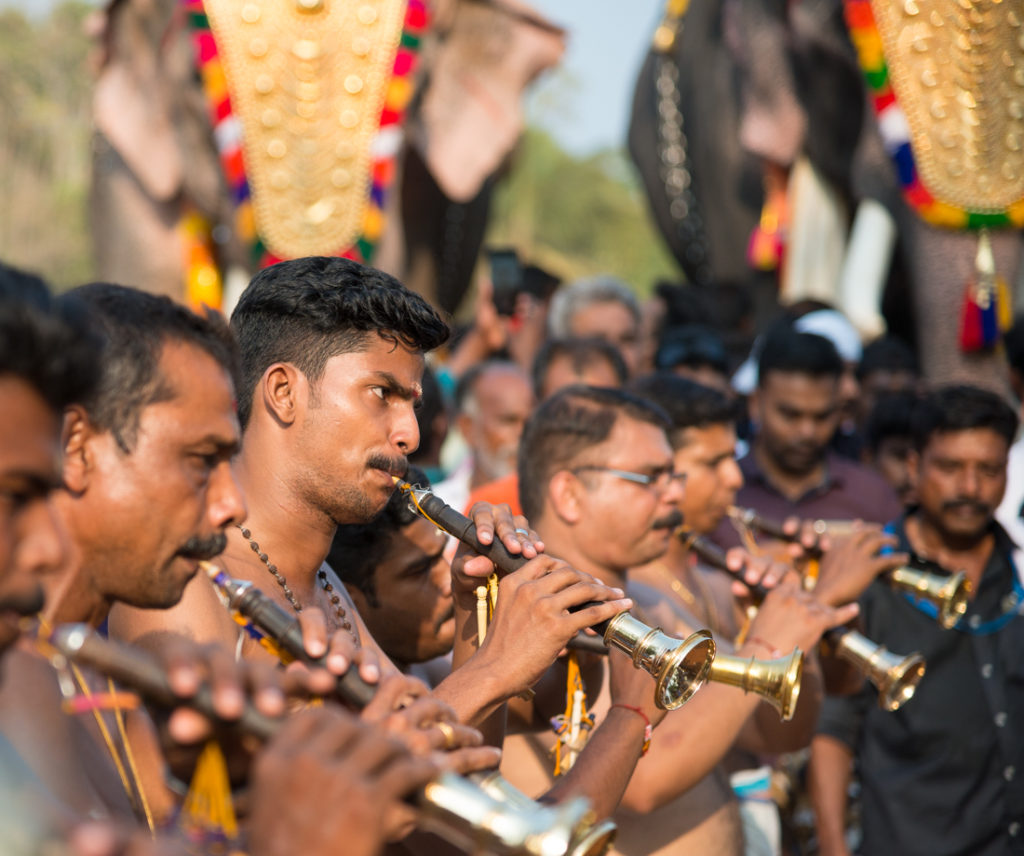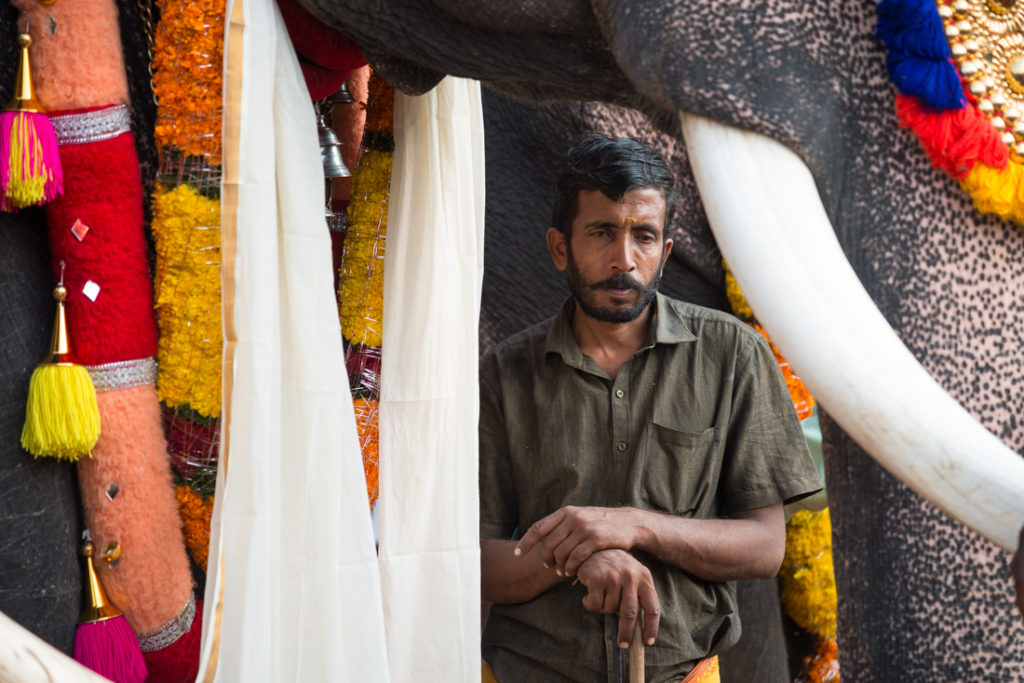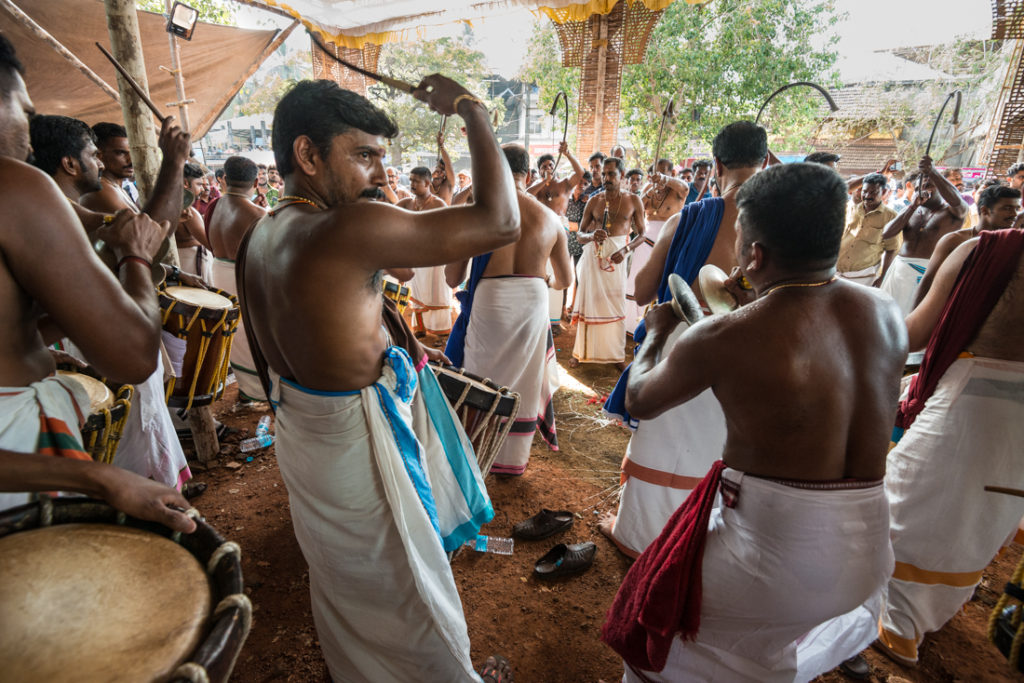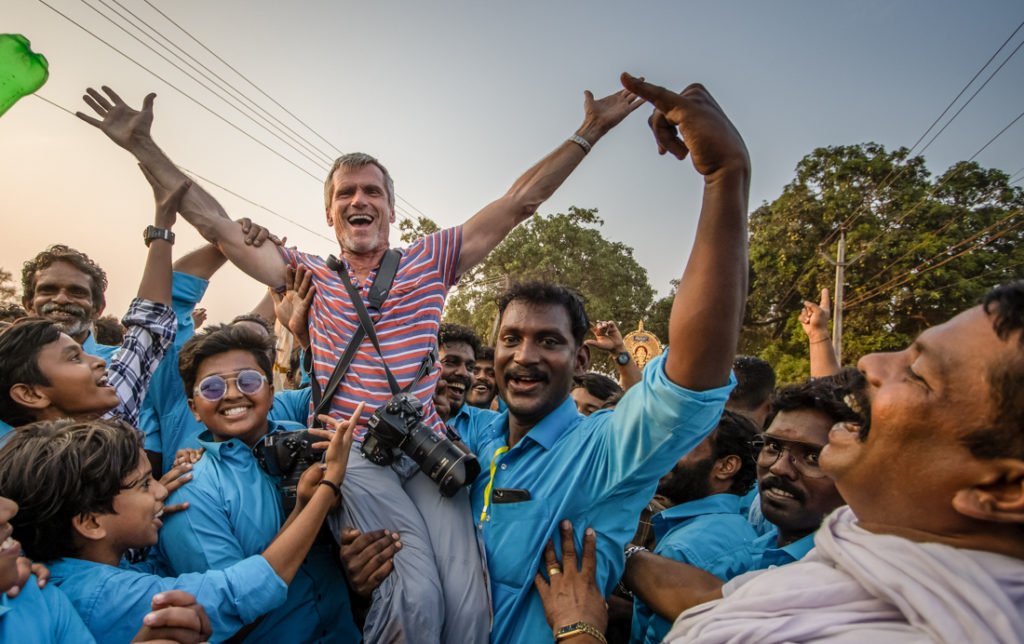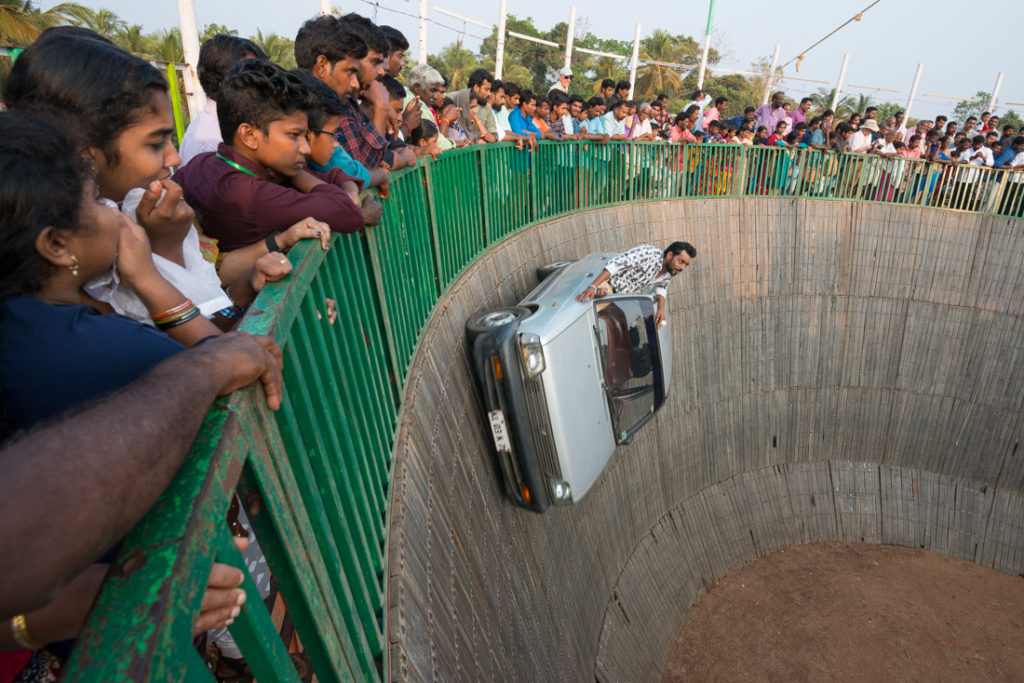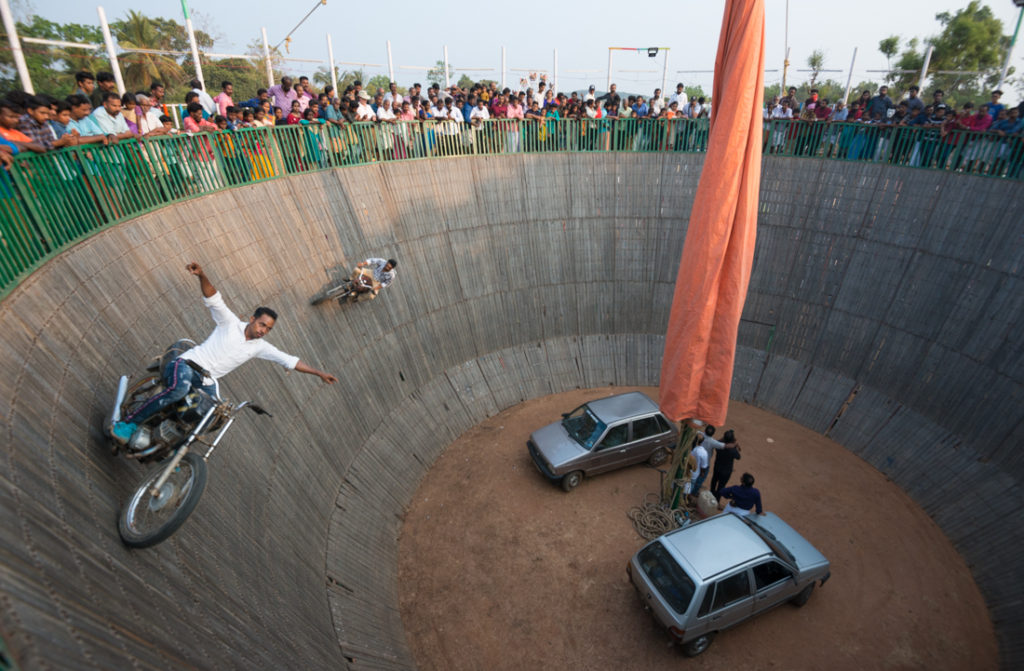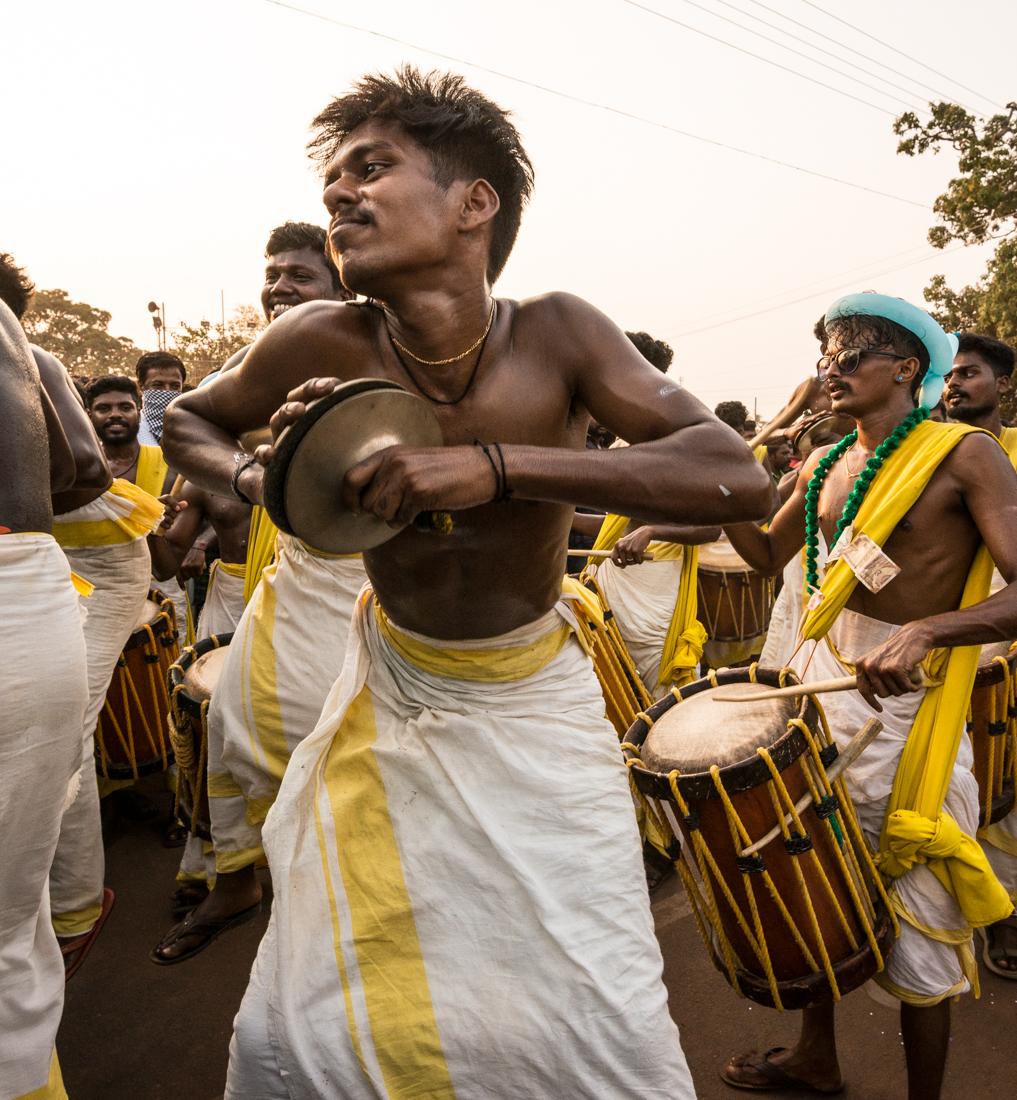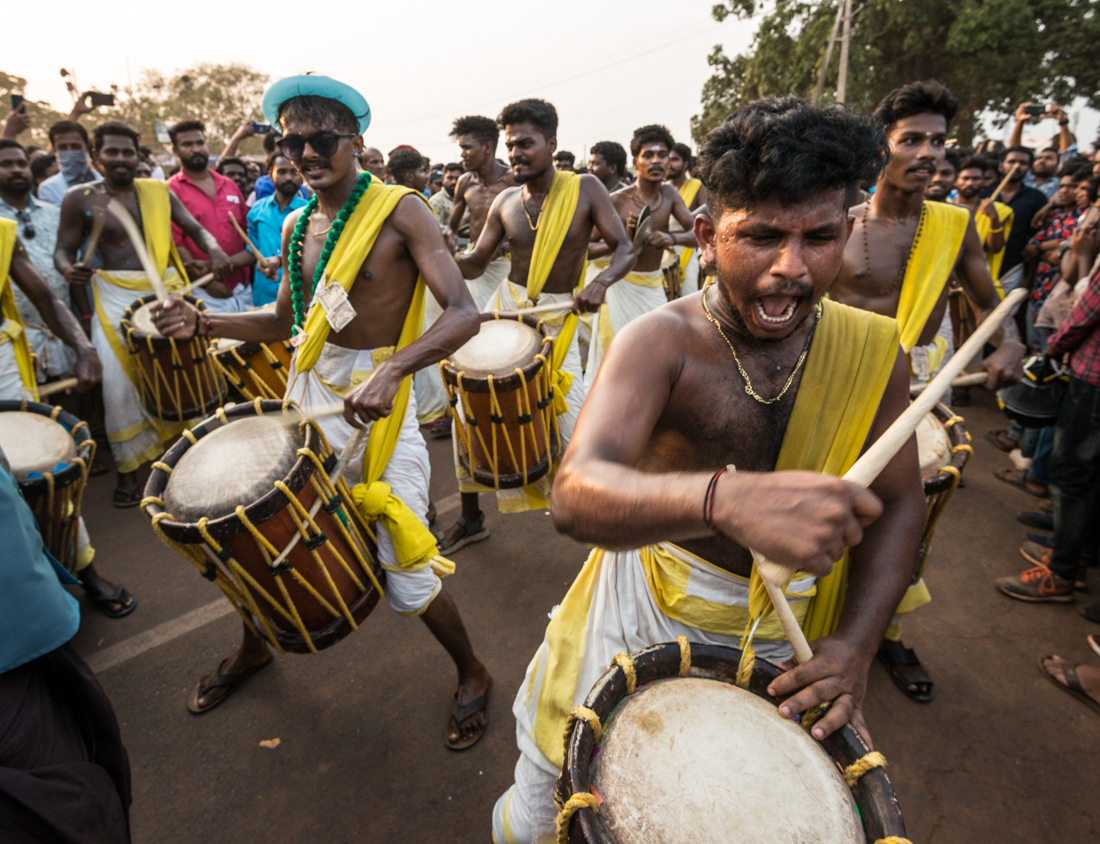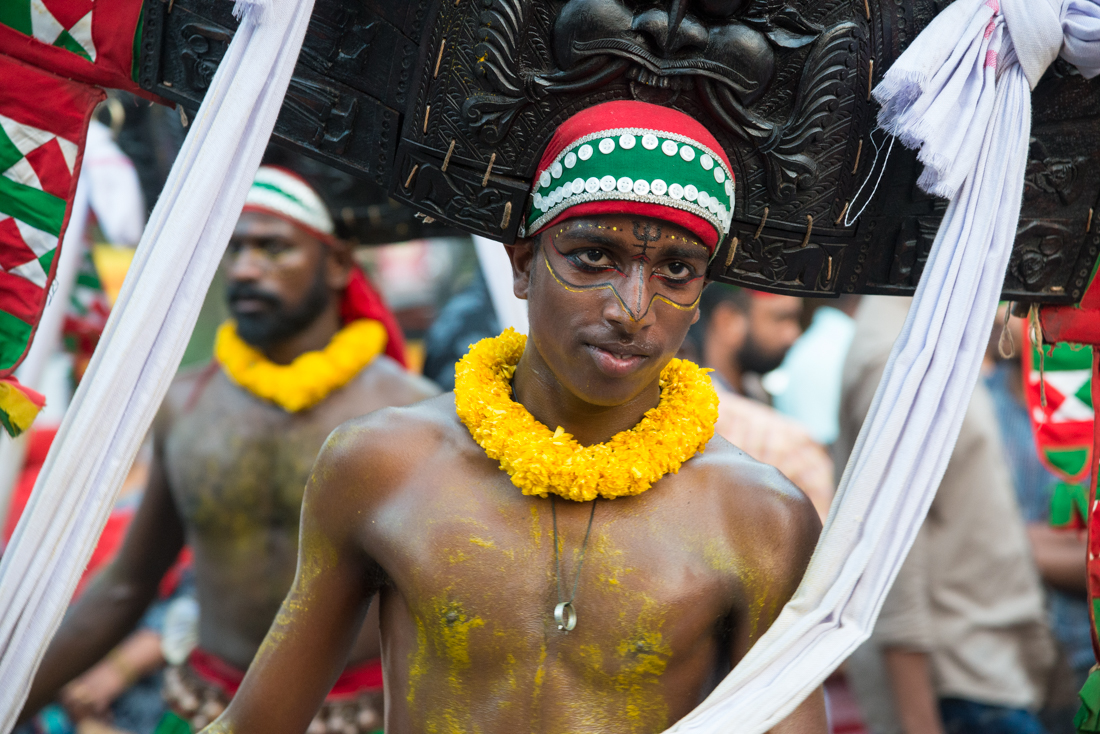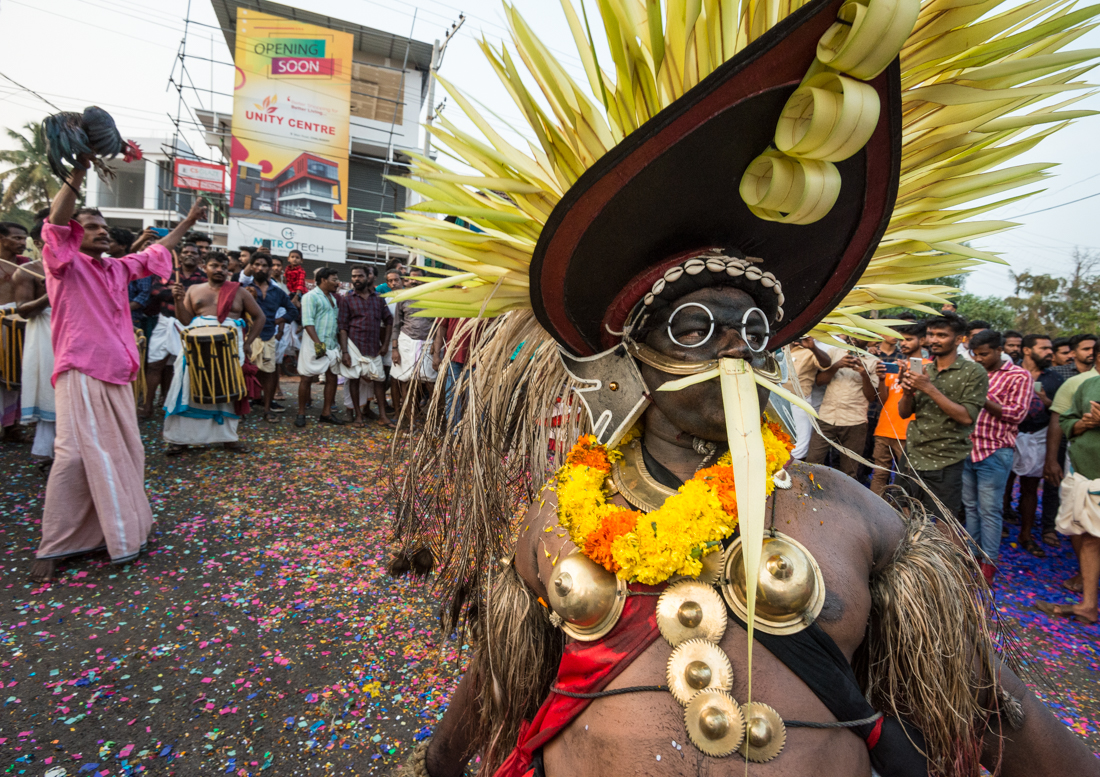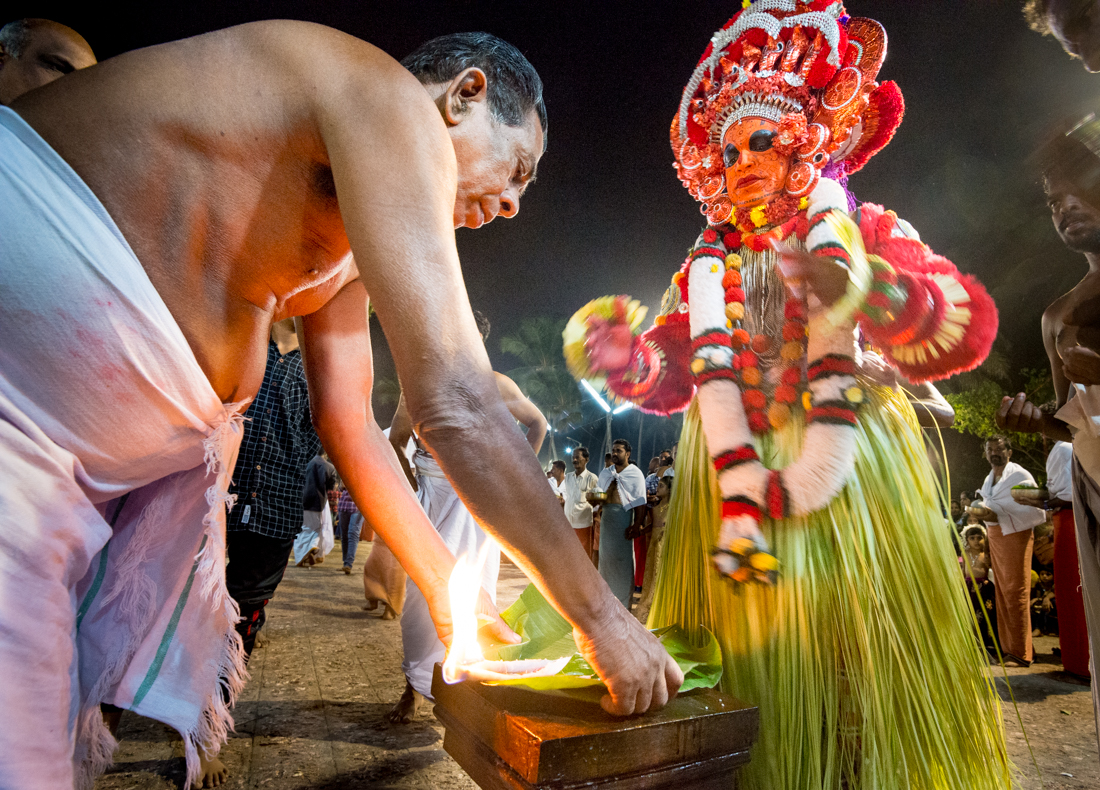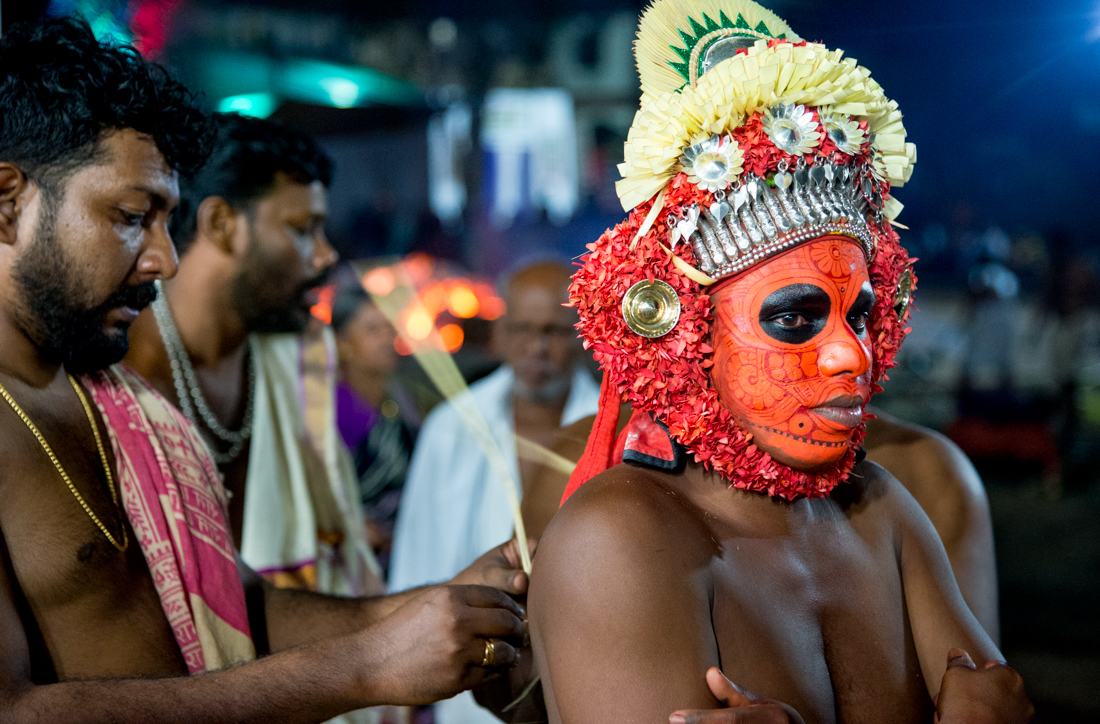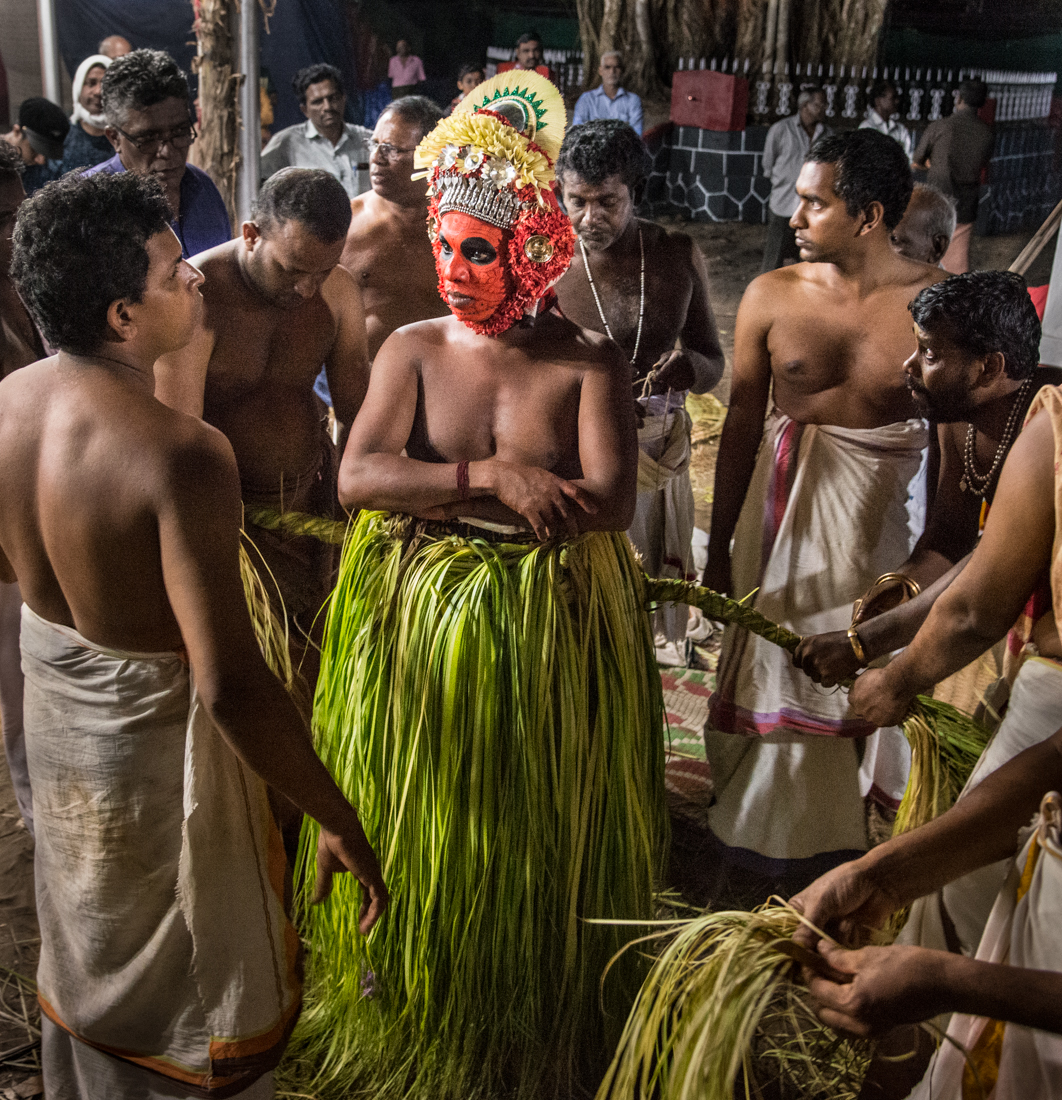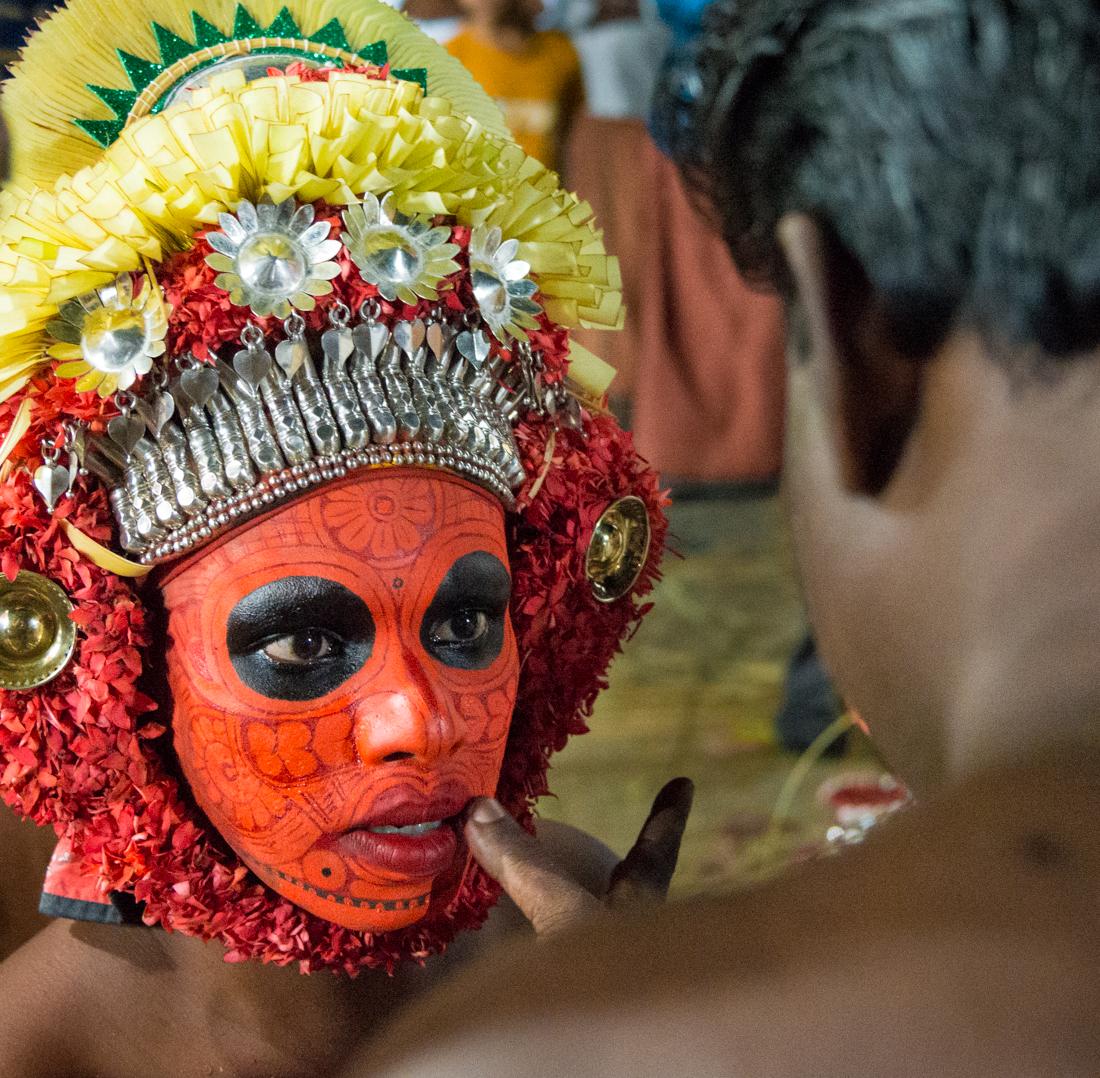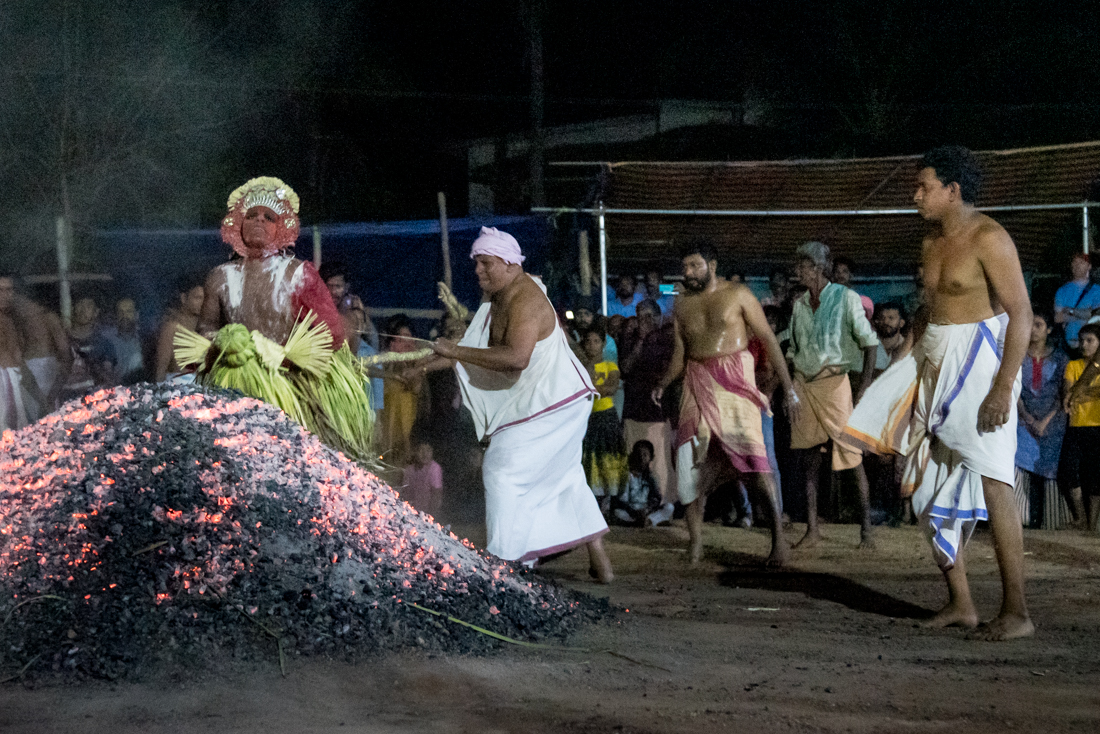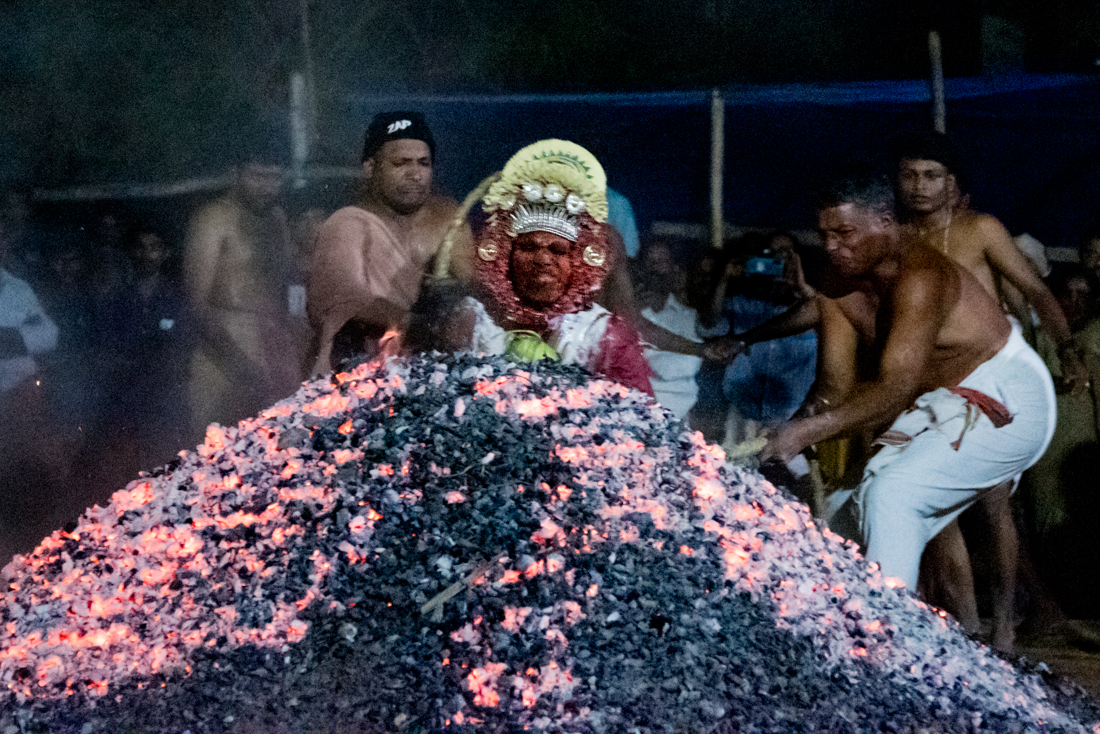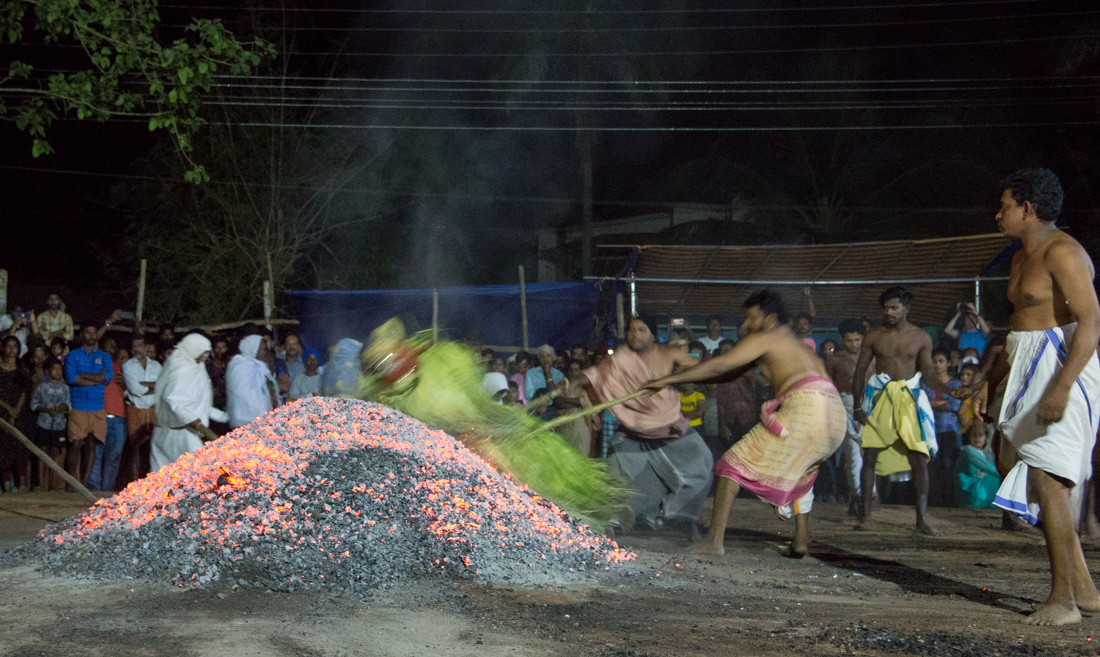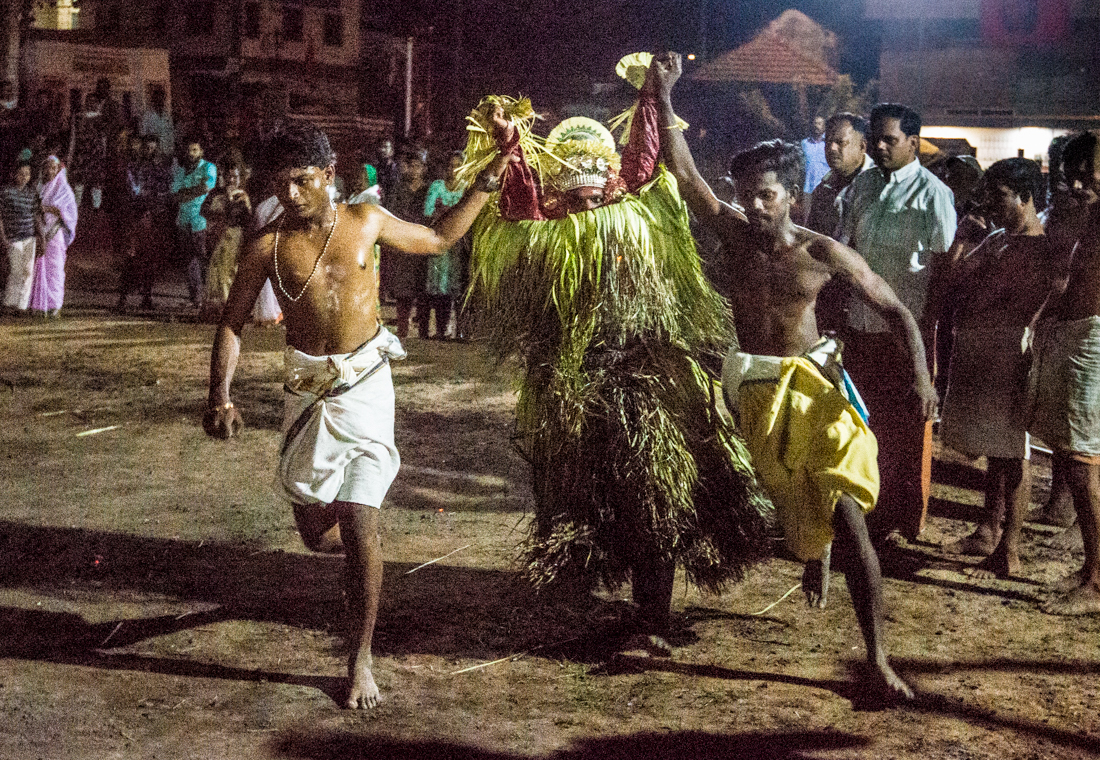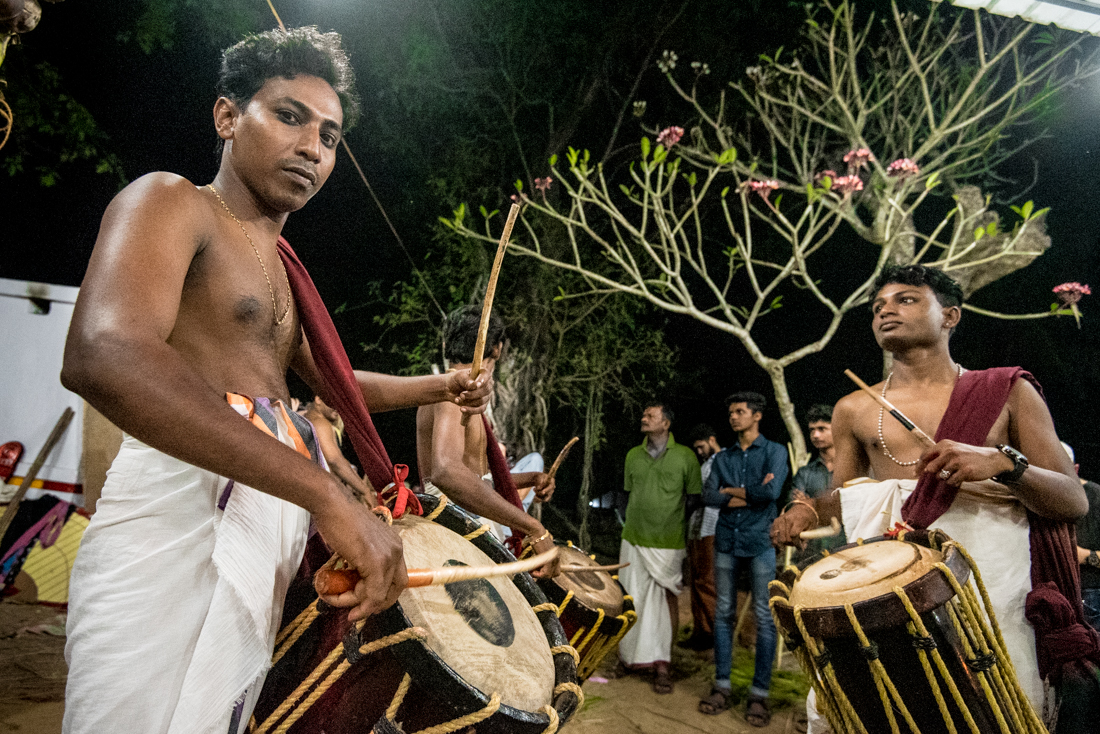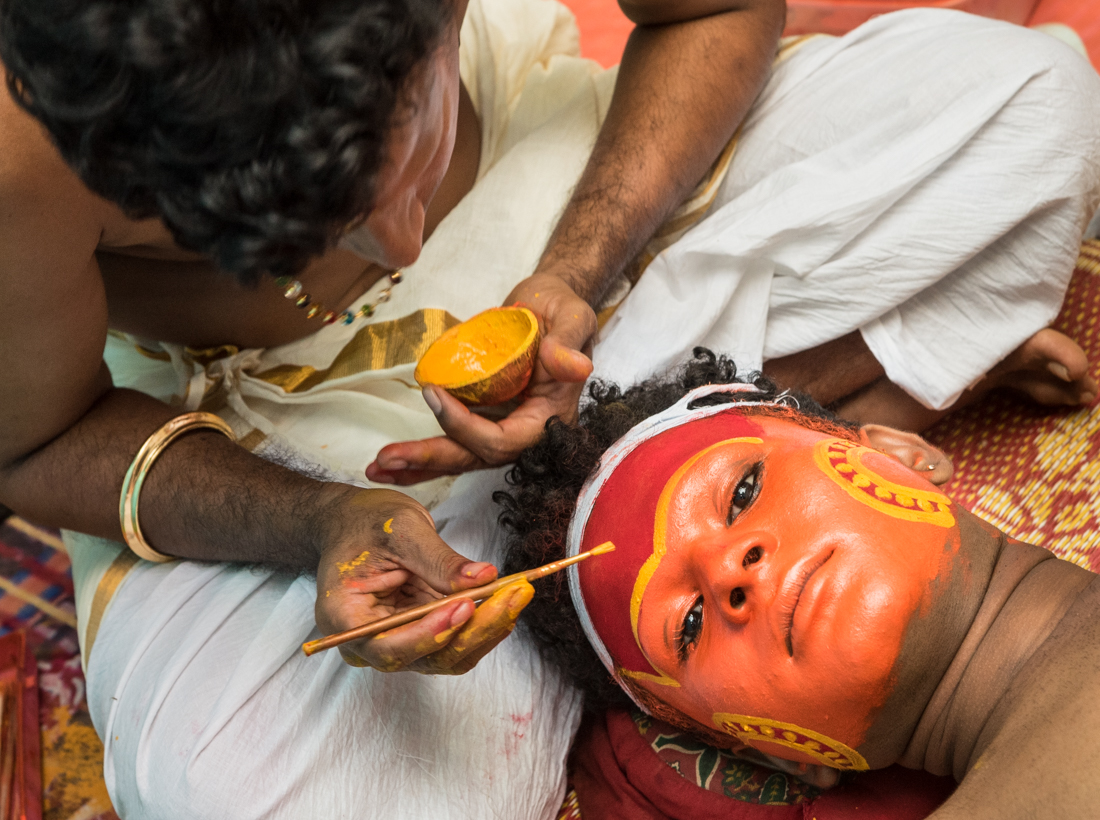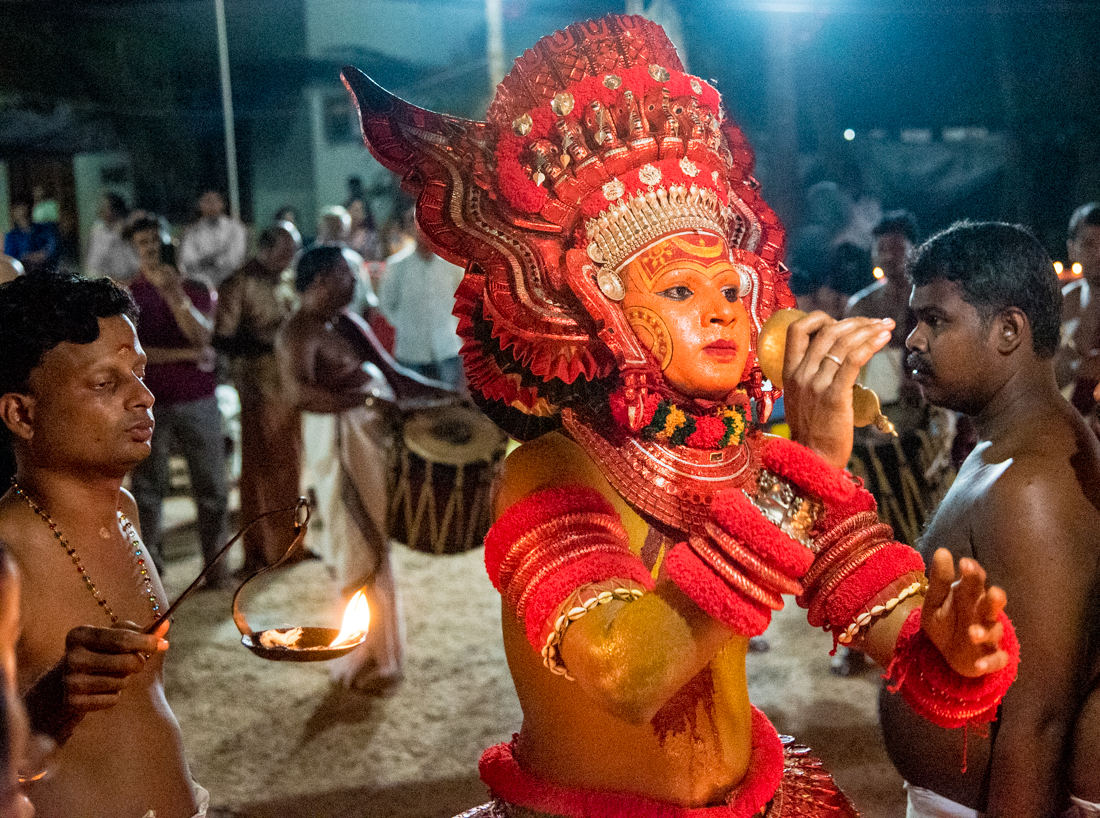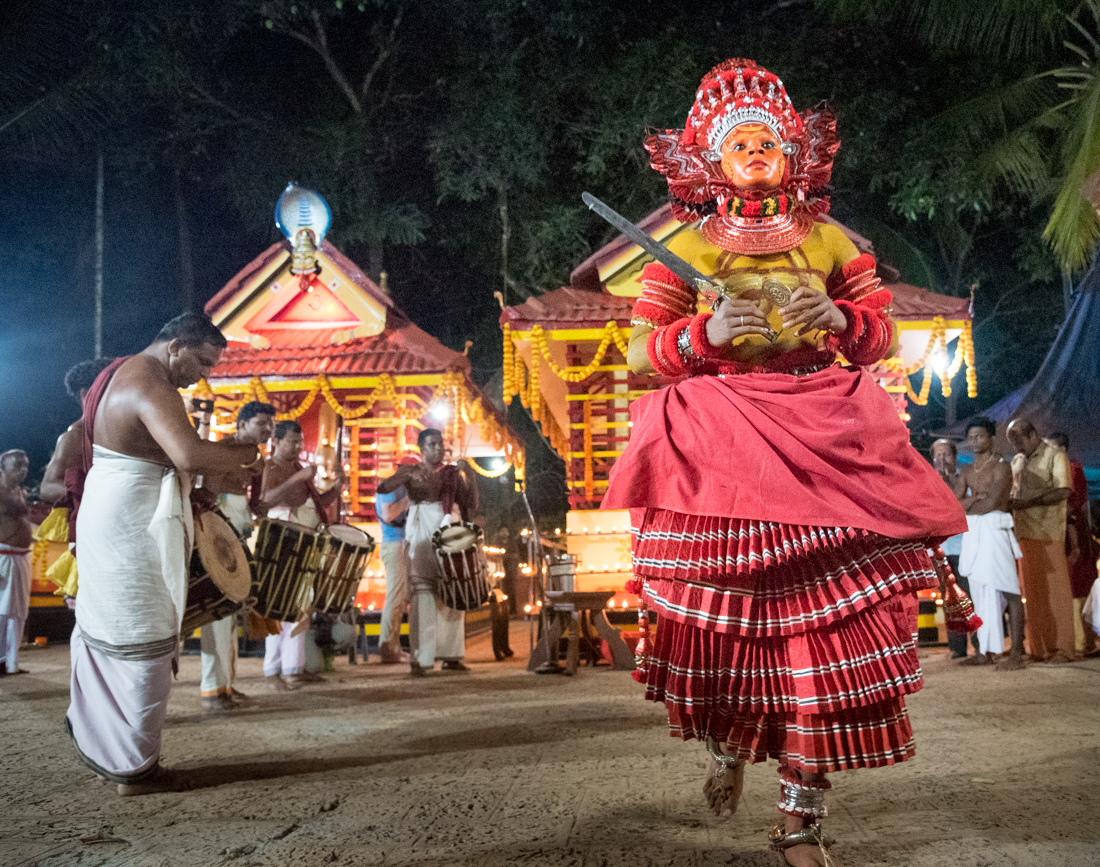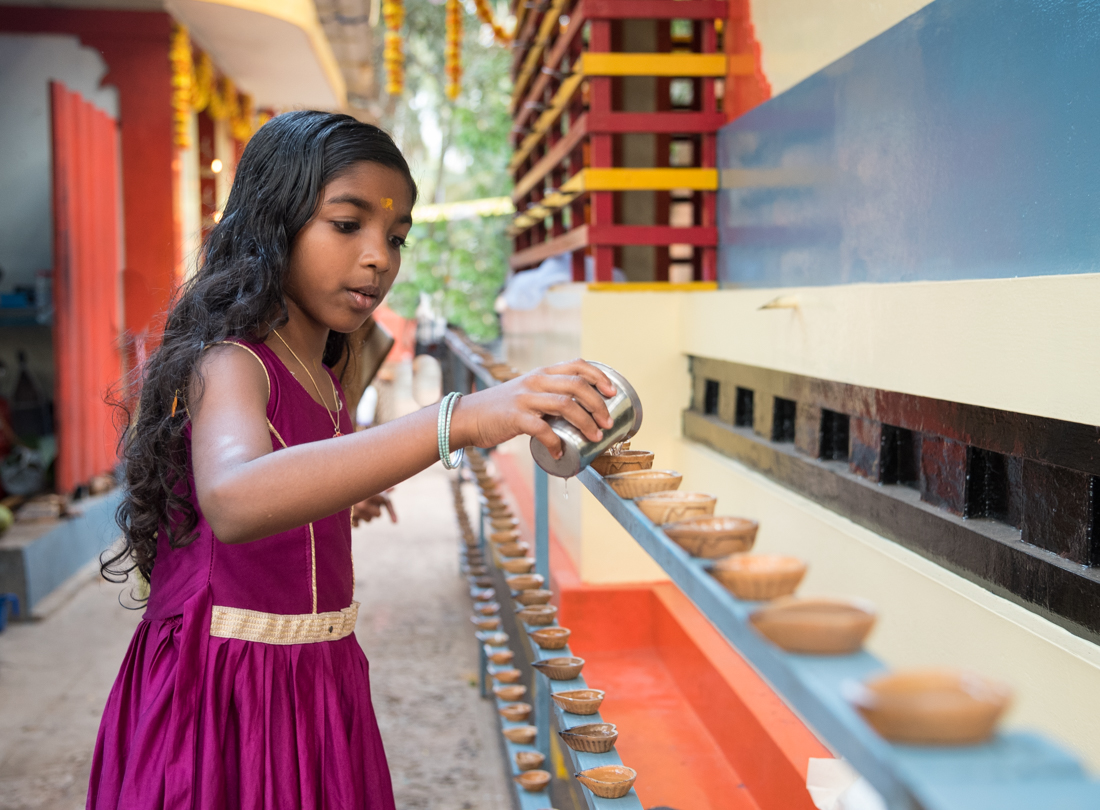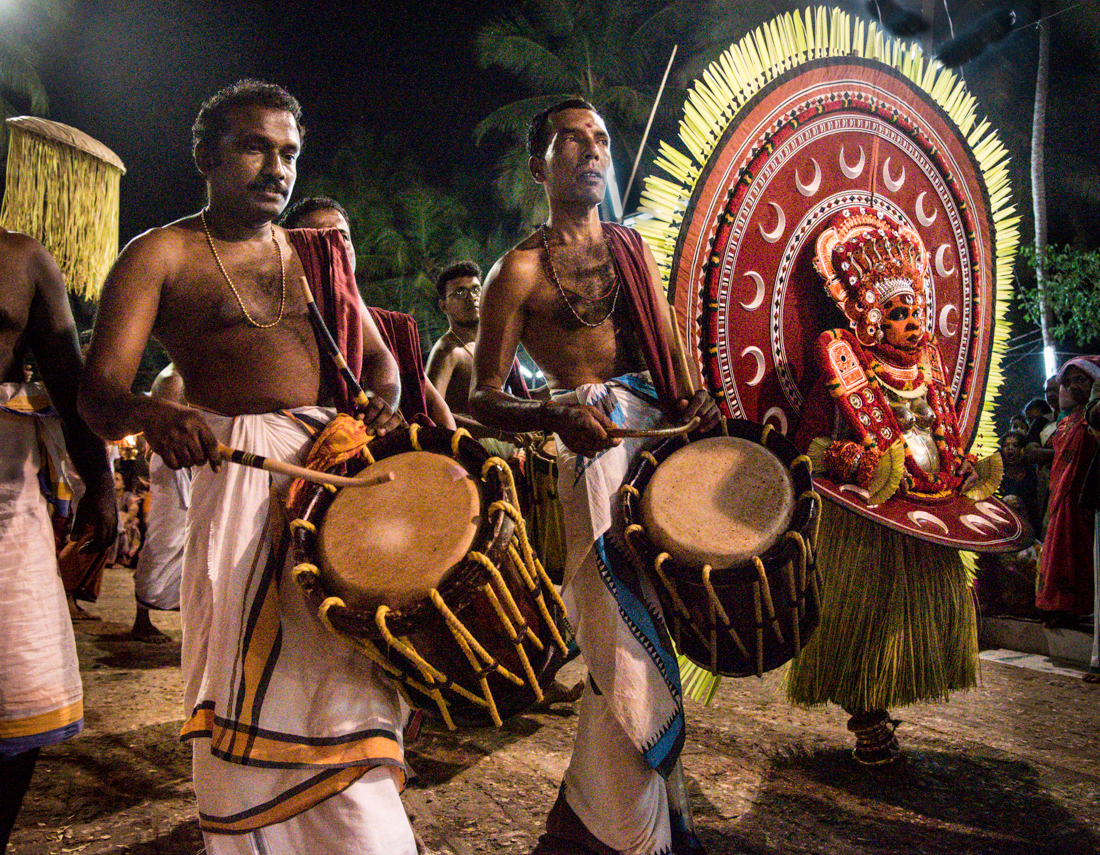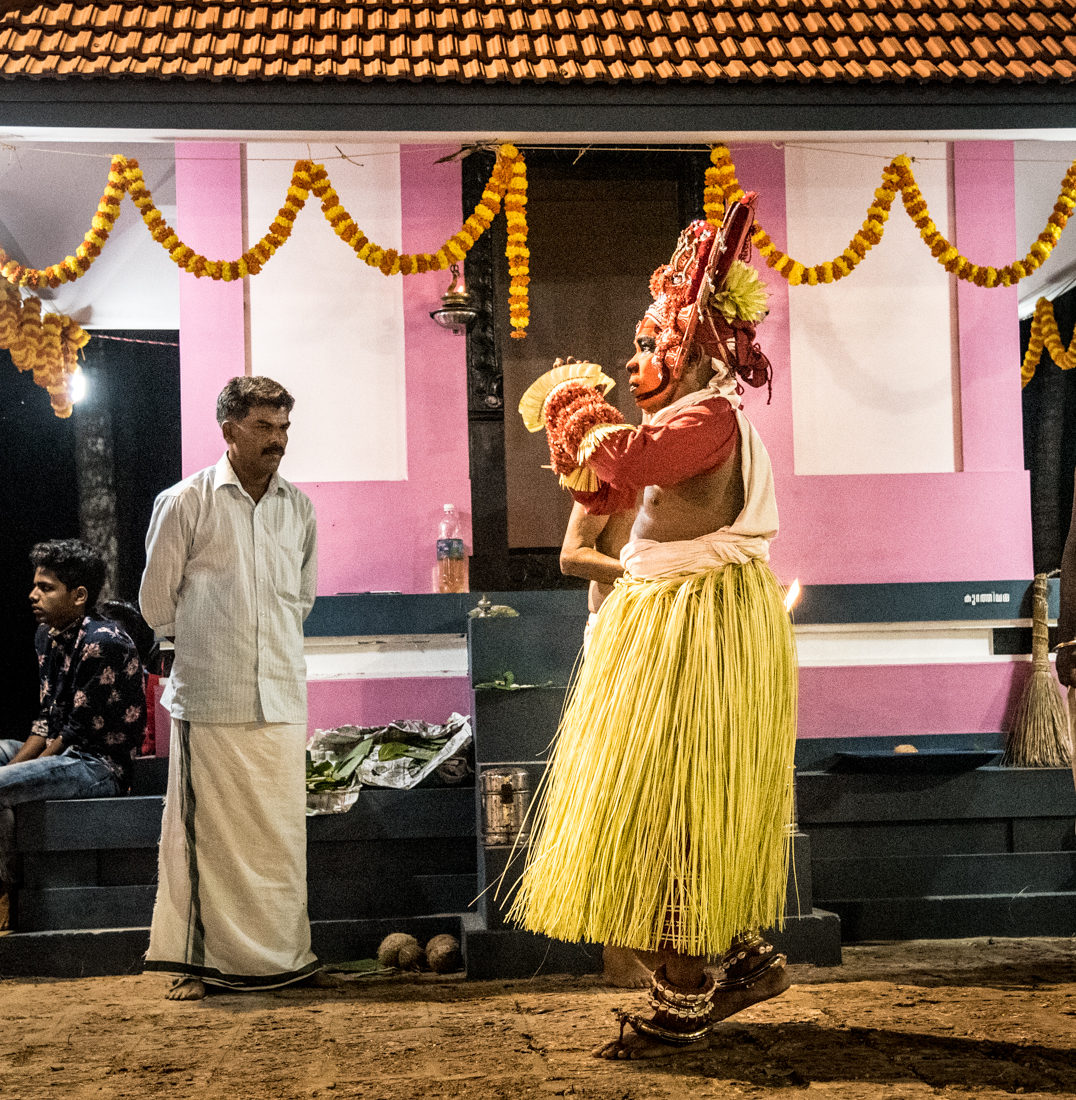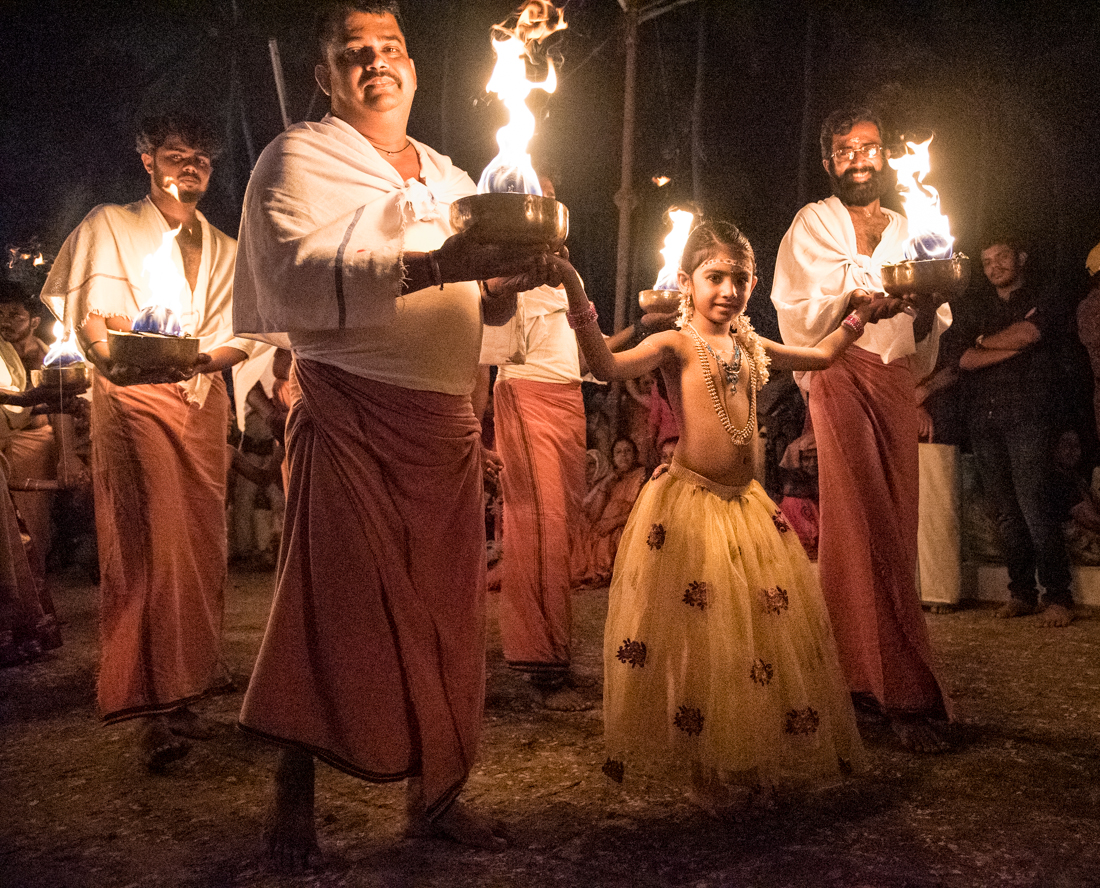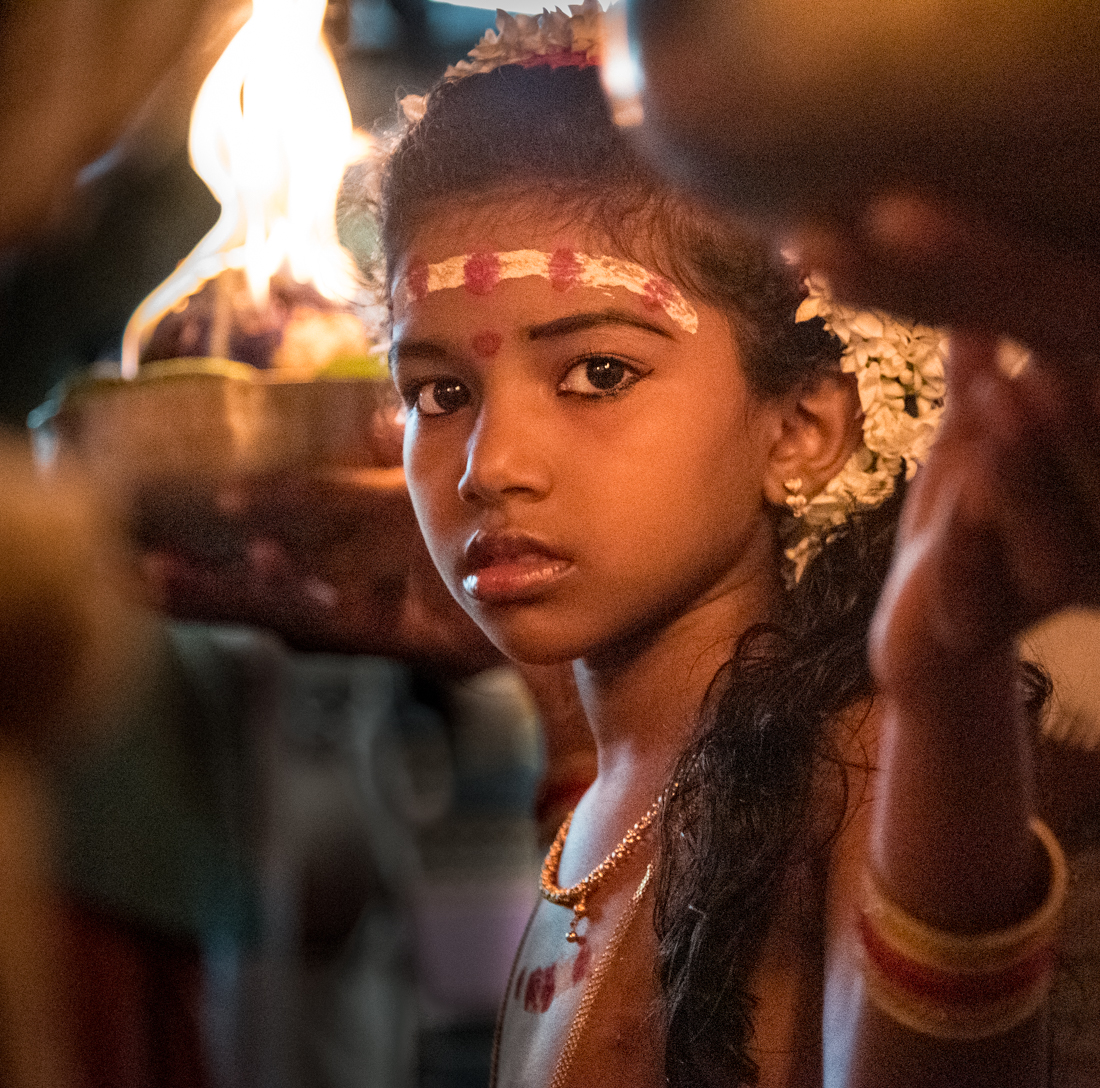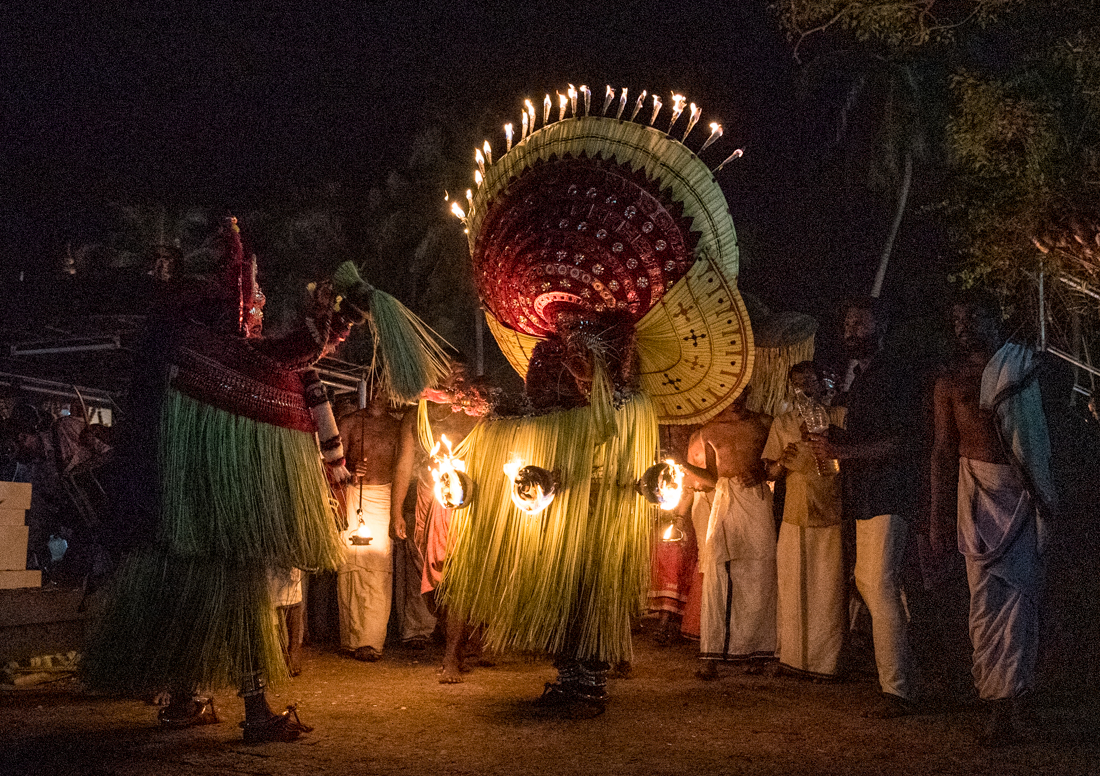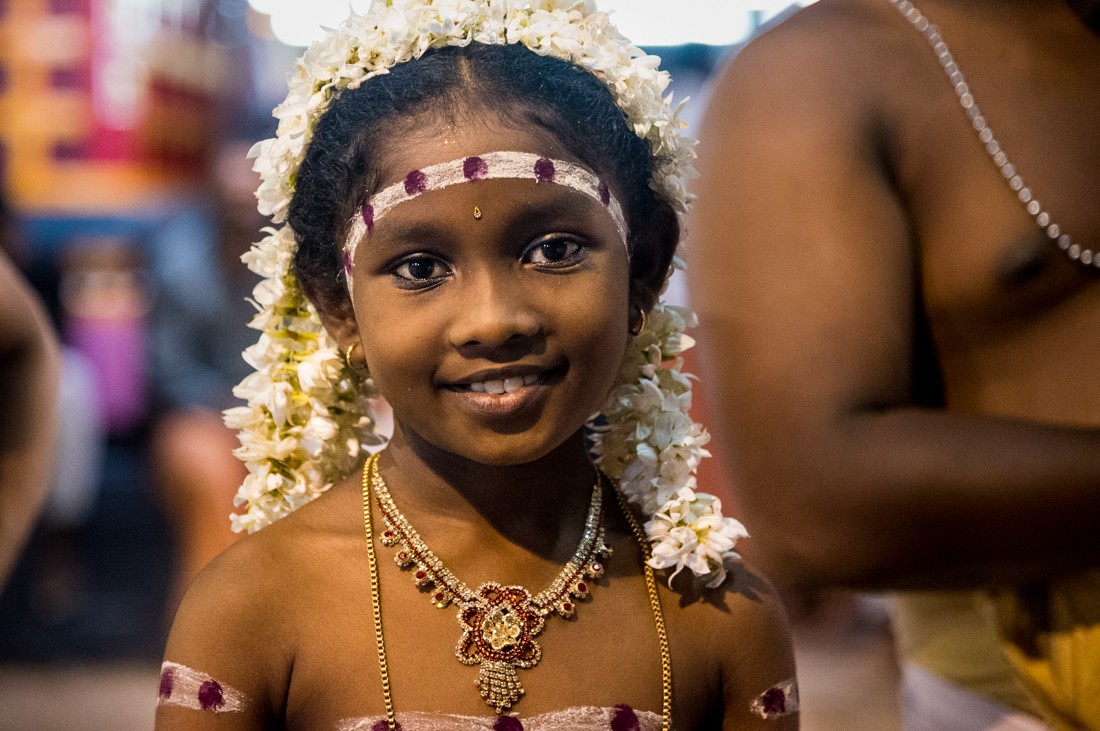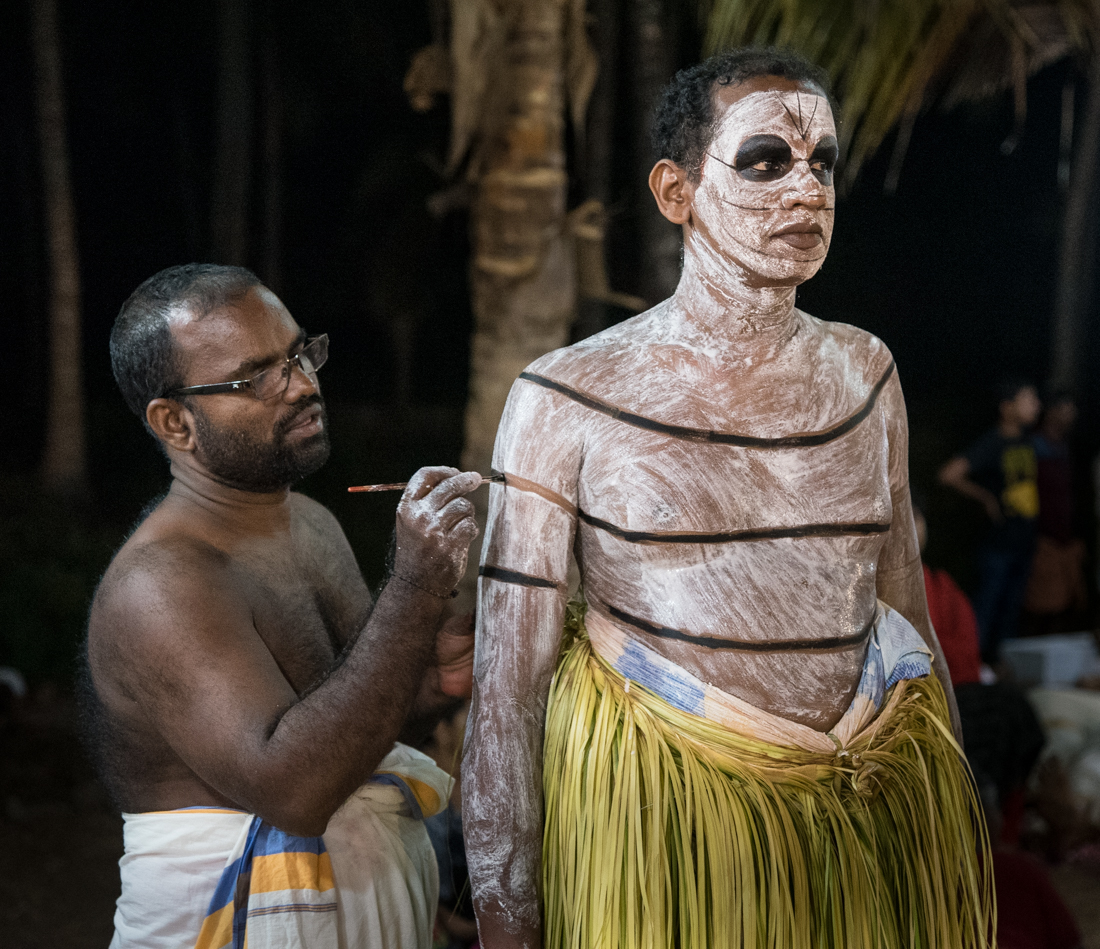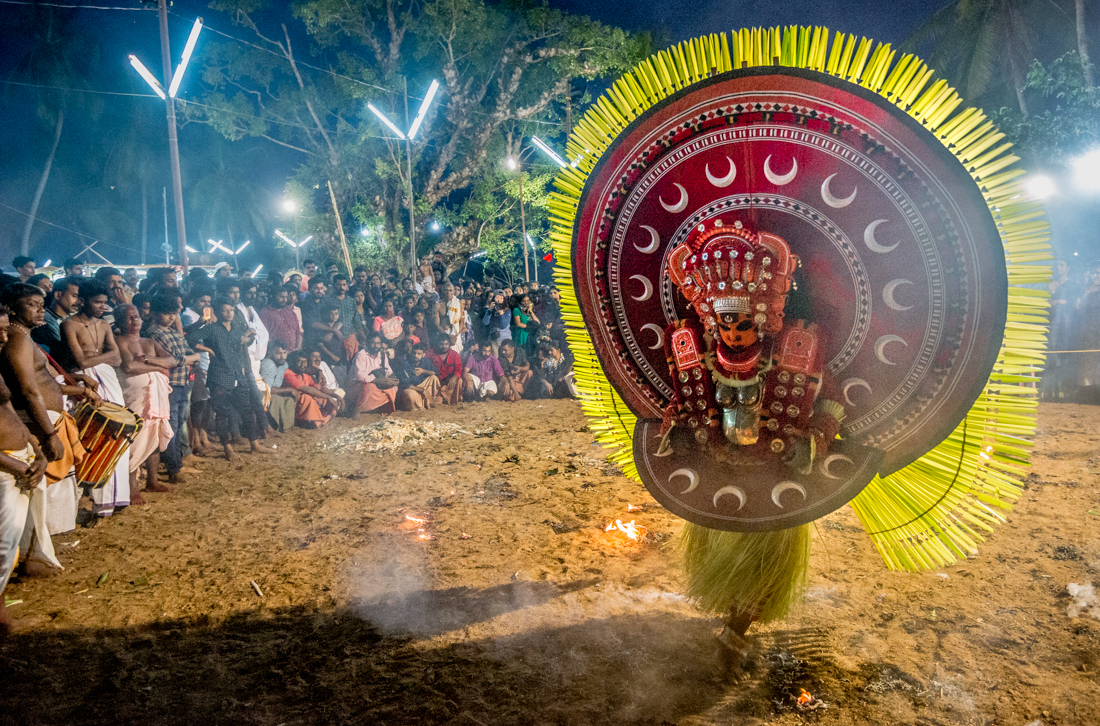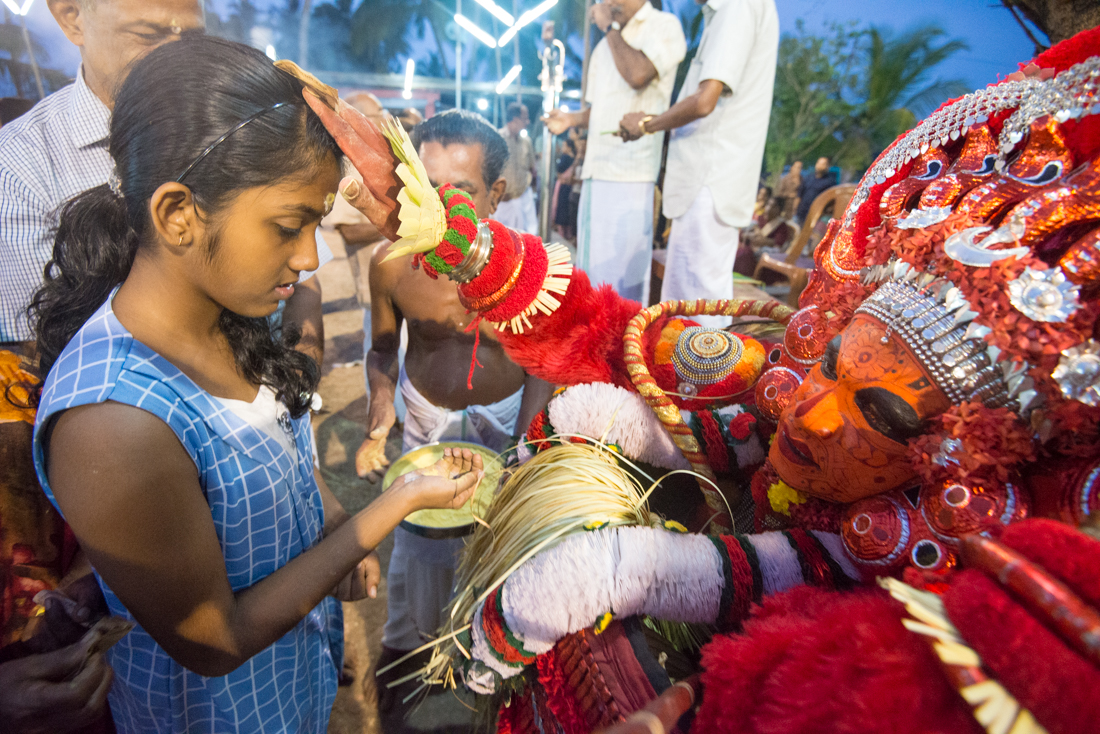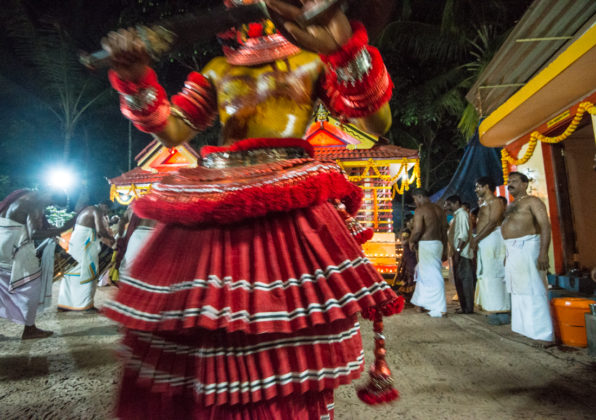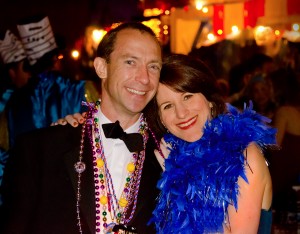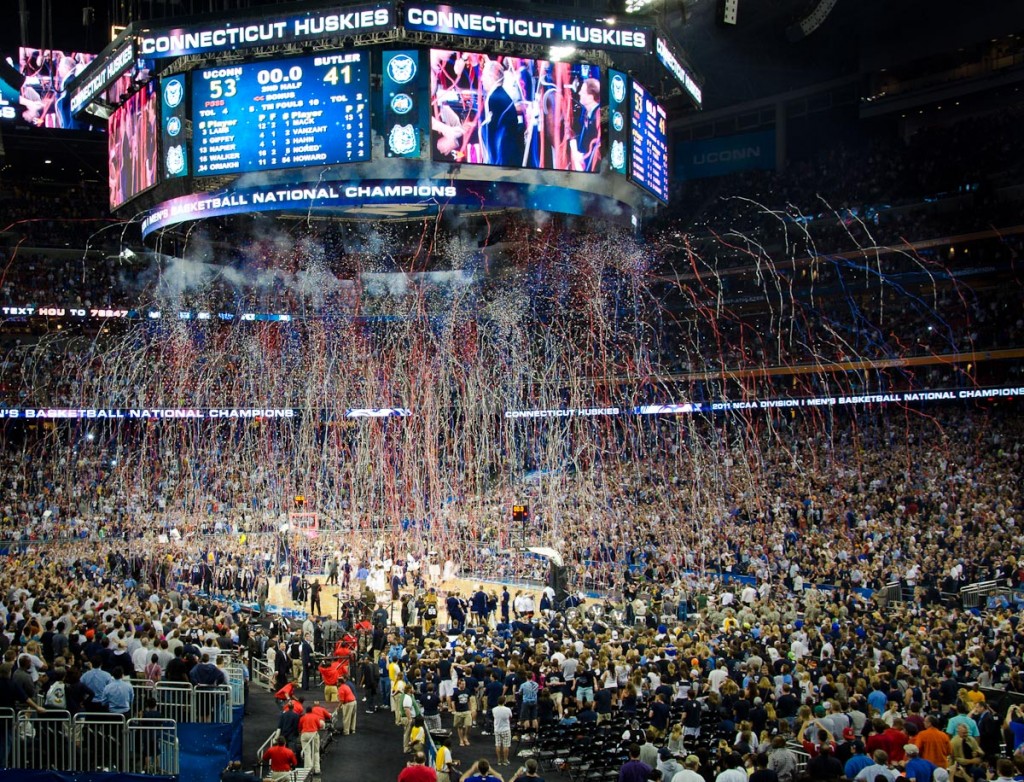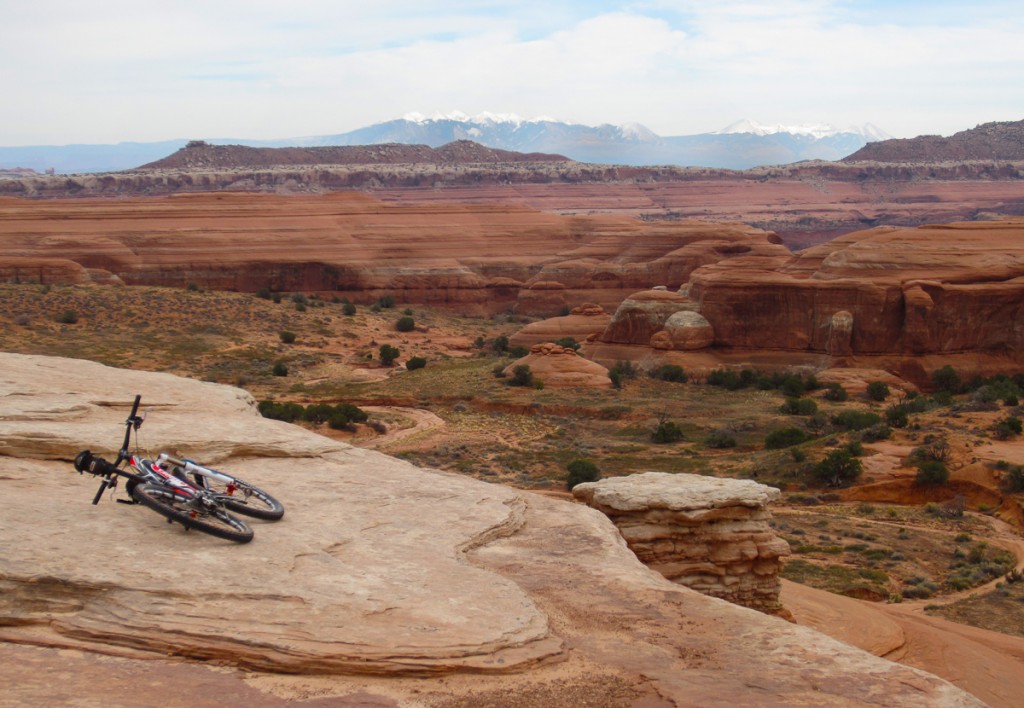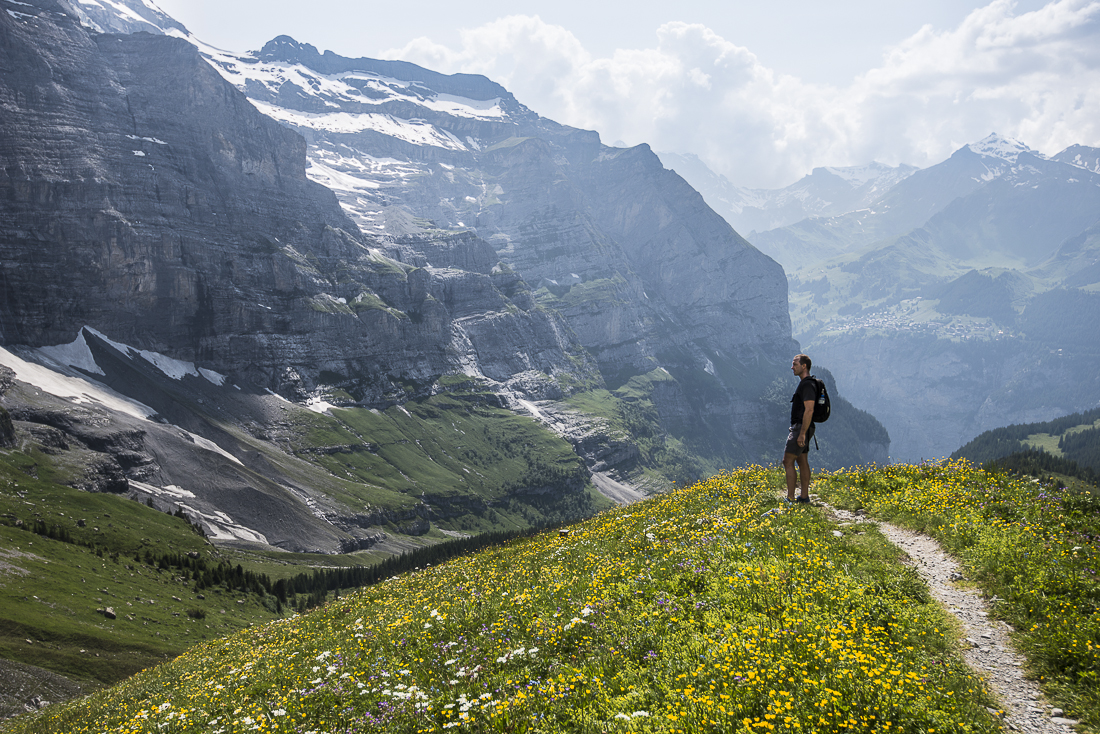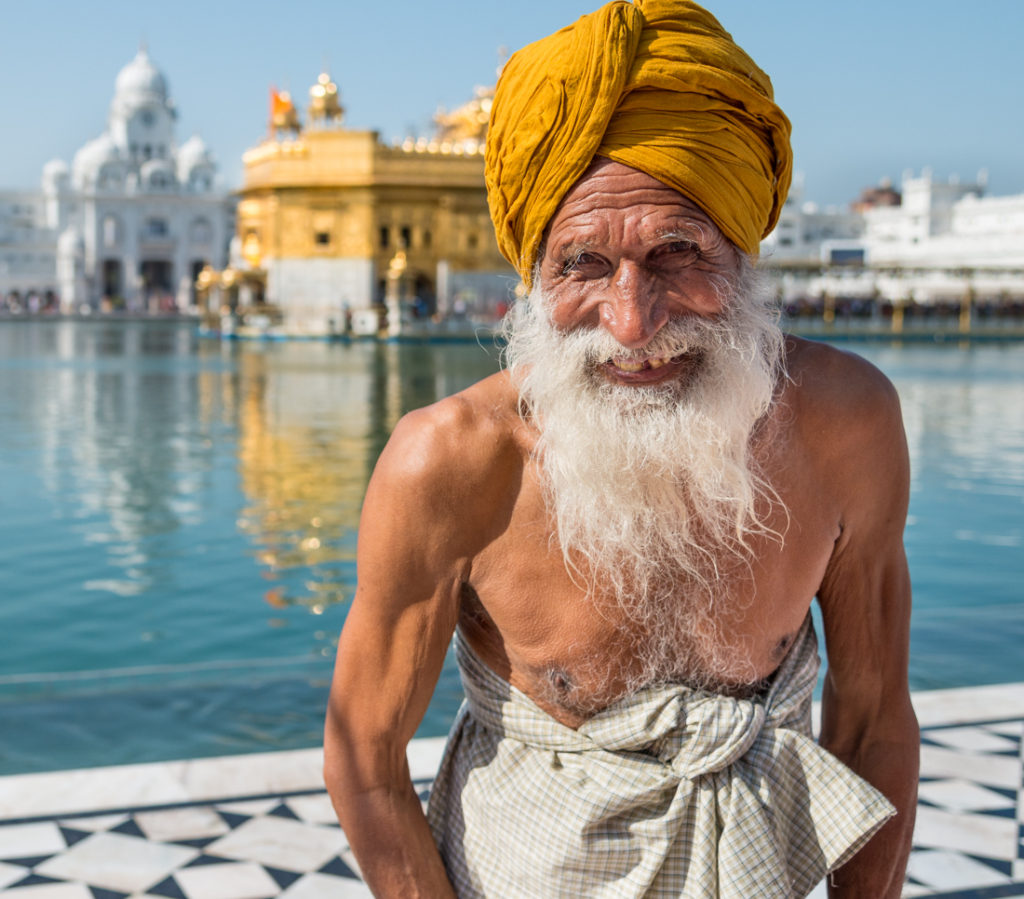
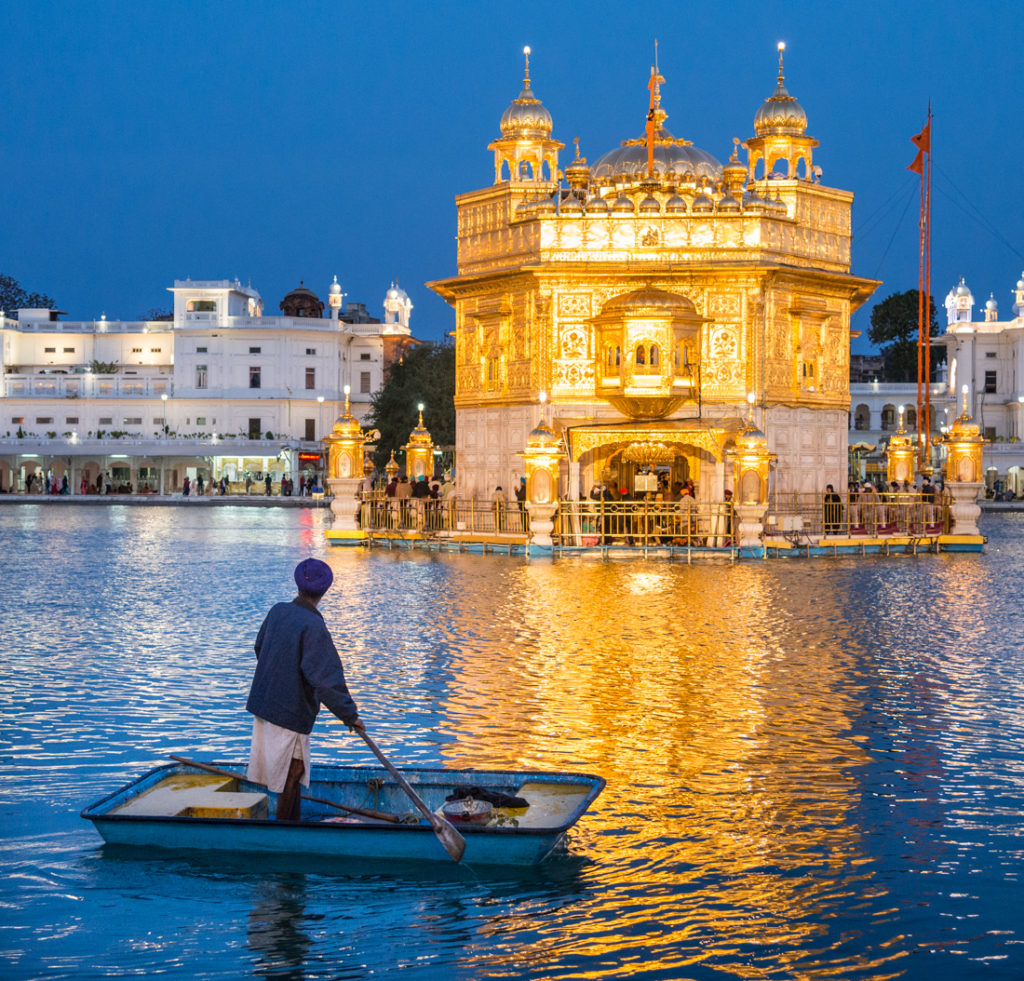
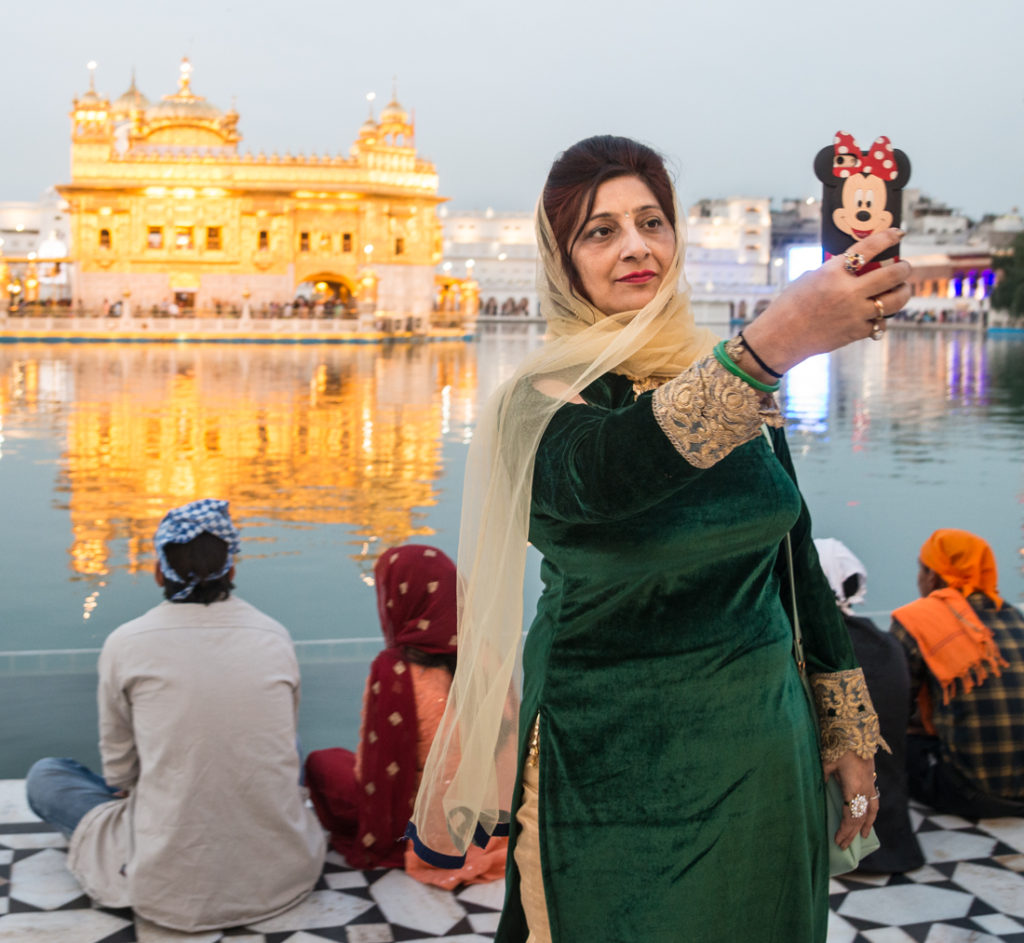
The Golden Temple in Amritsar, India, is the Sikh religion’s version of Mecca or the Vatican. Devout Sikhs make pilgrimages to the Temple to bathe in the huge surrounding Pool of (holy) Nectar. They claim that about 100,000 people show up every day. The Temple really is Golden: it’s plated with nearly a ton of actual gold.
Sikhism originated in this region – the Punjab state in northwest India — around 500 years ago. Like Jews in America, the Sikhs are thought of both as a religious group and a distinct ethnicity. They tend to be physically larger than other Indians. Traditionally, Sikhs are India’s warriors and they take pride in their military history. Most Sikhs have “Singh” as their last or middle name, and devout Sikh men wear five special symbolic items at all times: the distinctive turban (covering long, never-cut hair); a wooden comb; a bracelet; boxer-short-like underwear; and a small dagger.
Punjab sits between (primarily-Muslim) Pakistan to the west, and the mostly-Hindu heart of India to the east. The entire area had been a British colony (the “British Raj”) since 1858. The Amritsar area was the epicenter of the tumultuous partition of Pakistan from modern India in 1947.
Sikhism was an offshoot of Hinduism. This may seem a little odd: Sikhism is monotheistic, but Hindus are famously polytheistic, with thousands of different gods. Or so we’re told. But with a billion followers of Hinduism, there are several subgroups with different views on lots of topics. And while Hindus generally do recognize lots of “deities,” many believe that there is one supreme god (or maybe a three-part ‘trinity’) and that all the other deities are just embodiments (“aspects,” or “avatars) of that one over-arching supreme god. It’s one real god that appears and acts in and through lots of different forms. Compare this to Christian “monotheistic” beliefs in a three-part holy Trinity (“God in three persons”), supernatural angels, miracle-inducing saints, and a heavenly-ascended Mary. The line between monotheist and polytheist isn’t always clear.
Notwithstanding the Sikh’s warrior reputation, the Punjabis were as conspicuously friendly as all the Indians I encountered. I recall four different locals wanting to talk and tell me about a family member working in America: one was a doctor; one a computer person of some kind; and two managed convenience stores. I had to chuckle a little; sometimes stereotypes are true.
There were “No Photography” signs everywhere around the Temple’s gigantic Pool of Nectar, and we’d received a cryptic warning to that effect before we first went in. I saw a handful of folks get scolded for using the phone cameras. But I was walking around with gigantic cameras hanging from each shoulder! We quickly got comfortable that it was fine, so long as we were respectful (and of course we were). Mostly they just wanted to make sure teenagers weren’t out there broadcasting a TikTok (whatever TikTok is). The picture below, of two spear-bearing men in yellow turbans, is the last one I took before leaving Amritsar. They motioned me over, posed together, and urged me to take their picture. They’re two of the guards whose job was to enforce the “No photography” rule.
